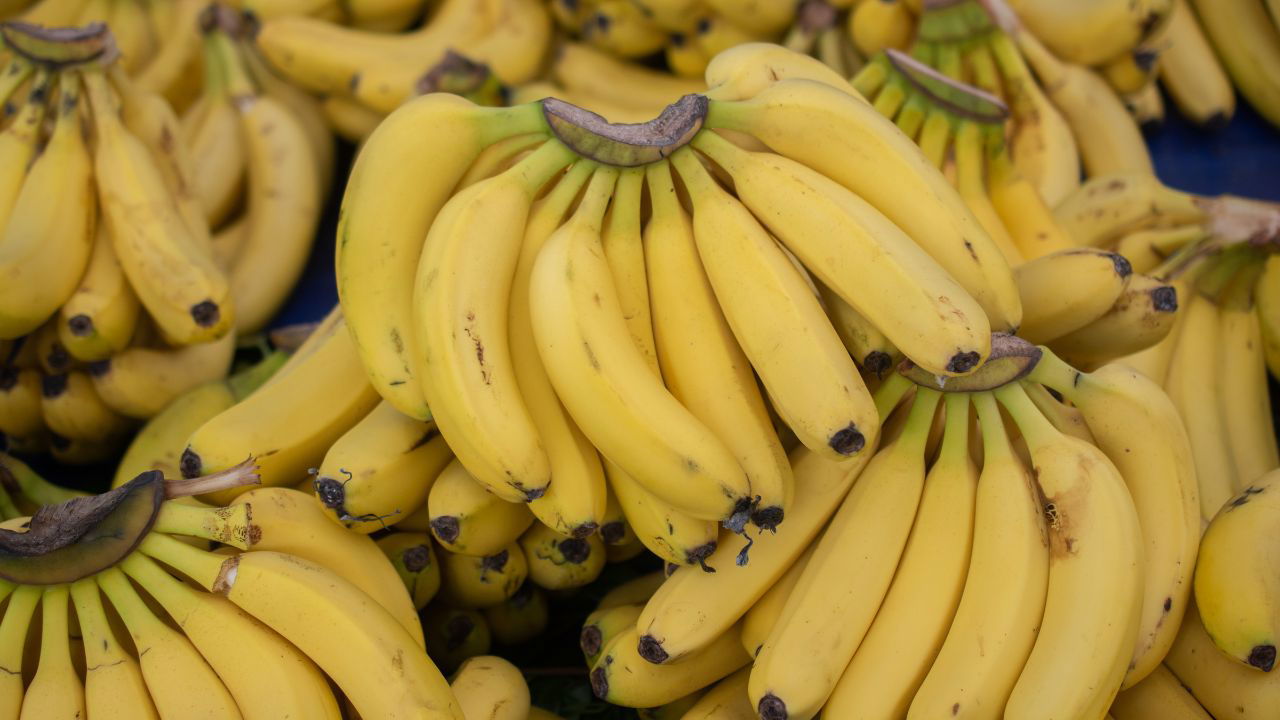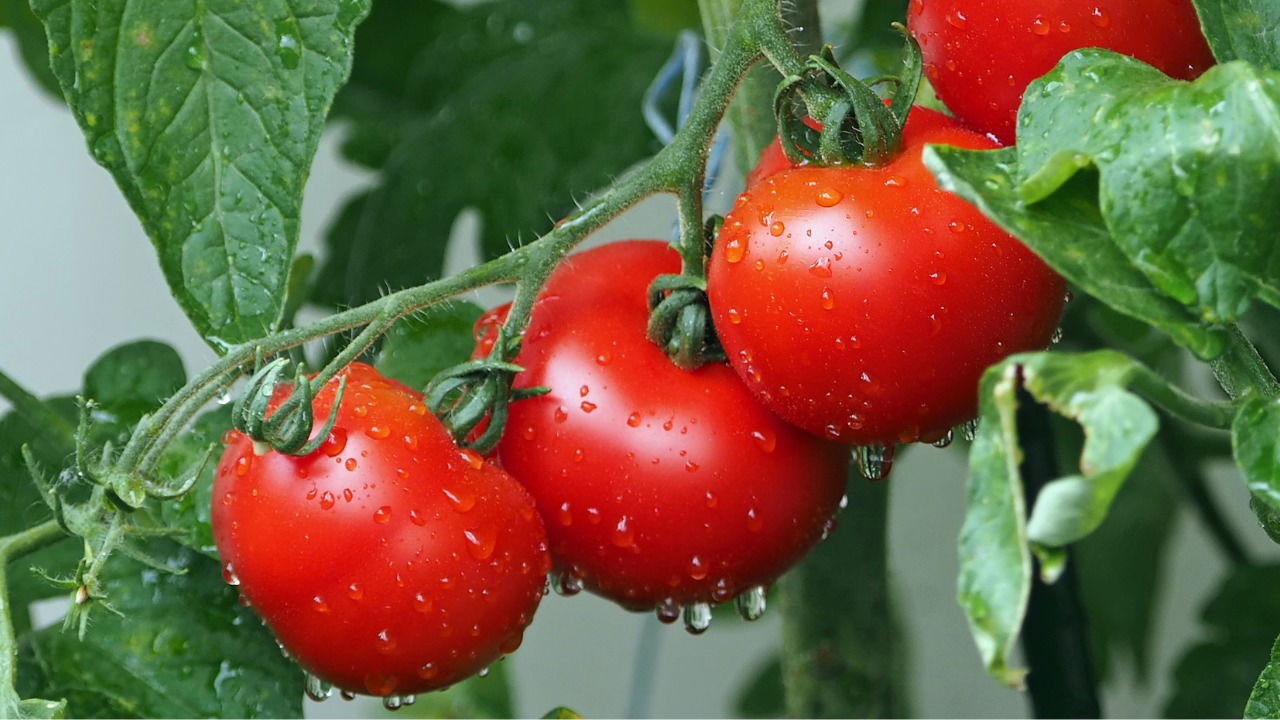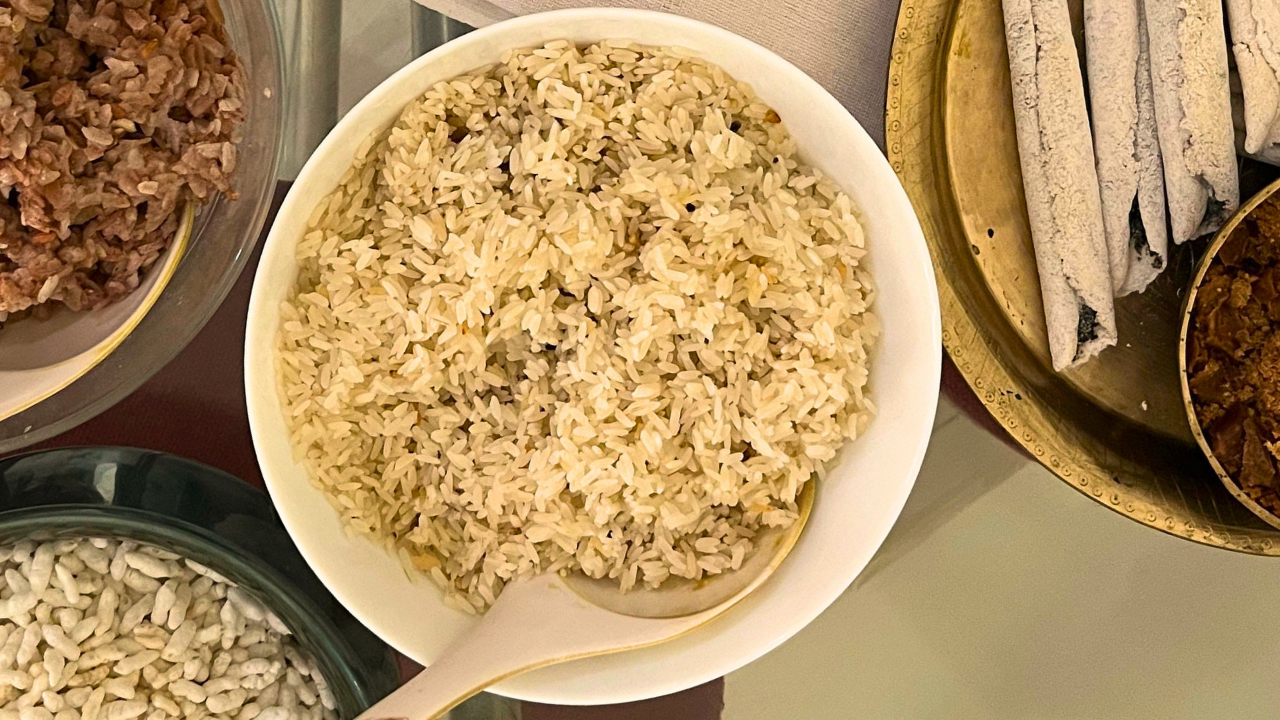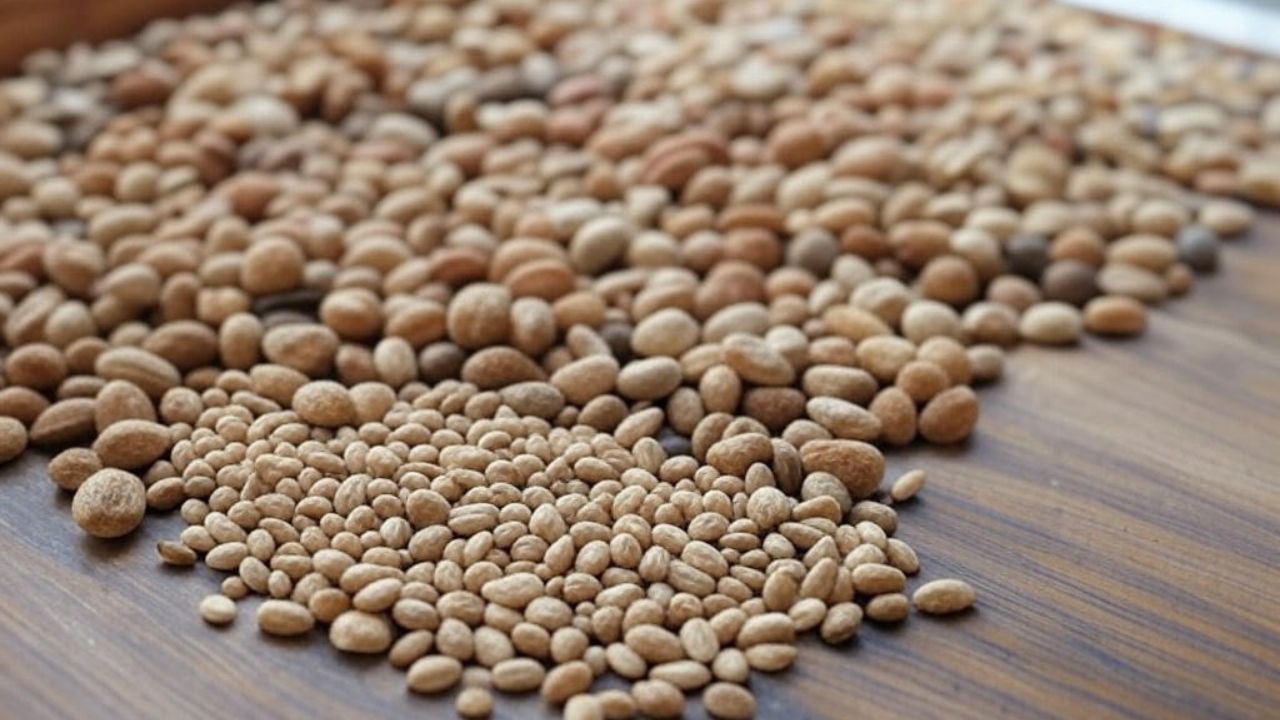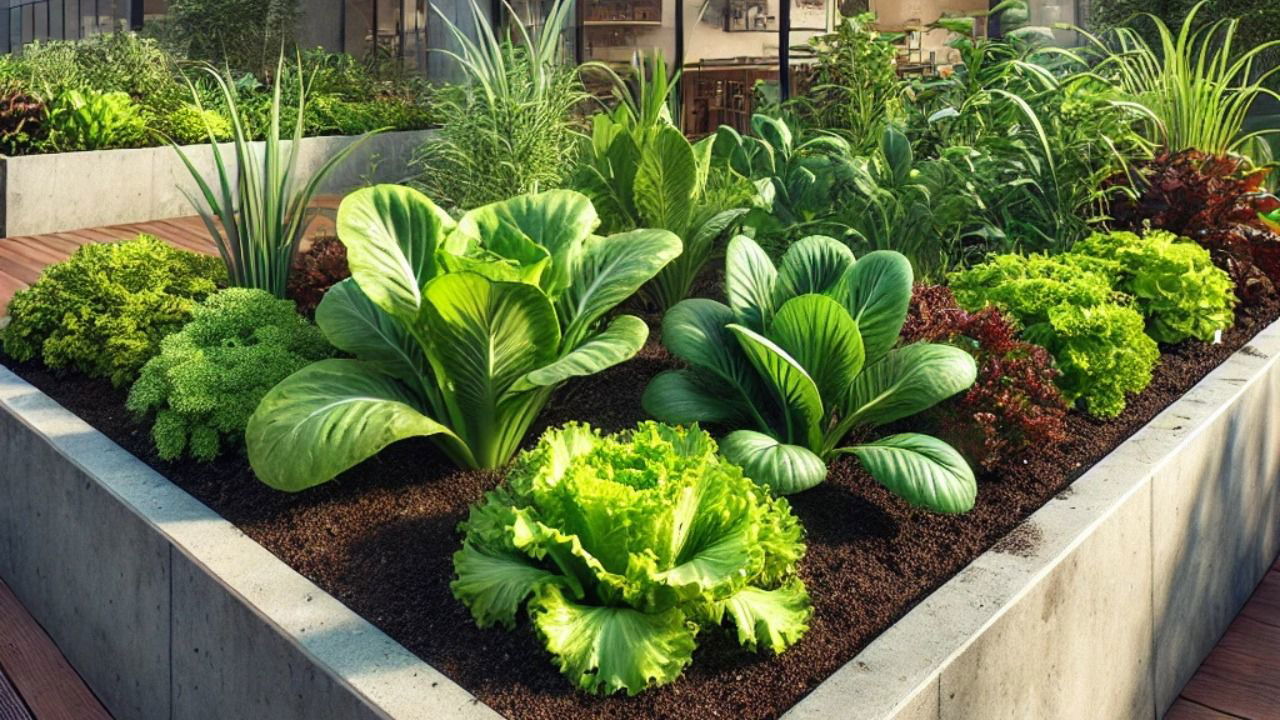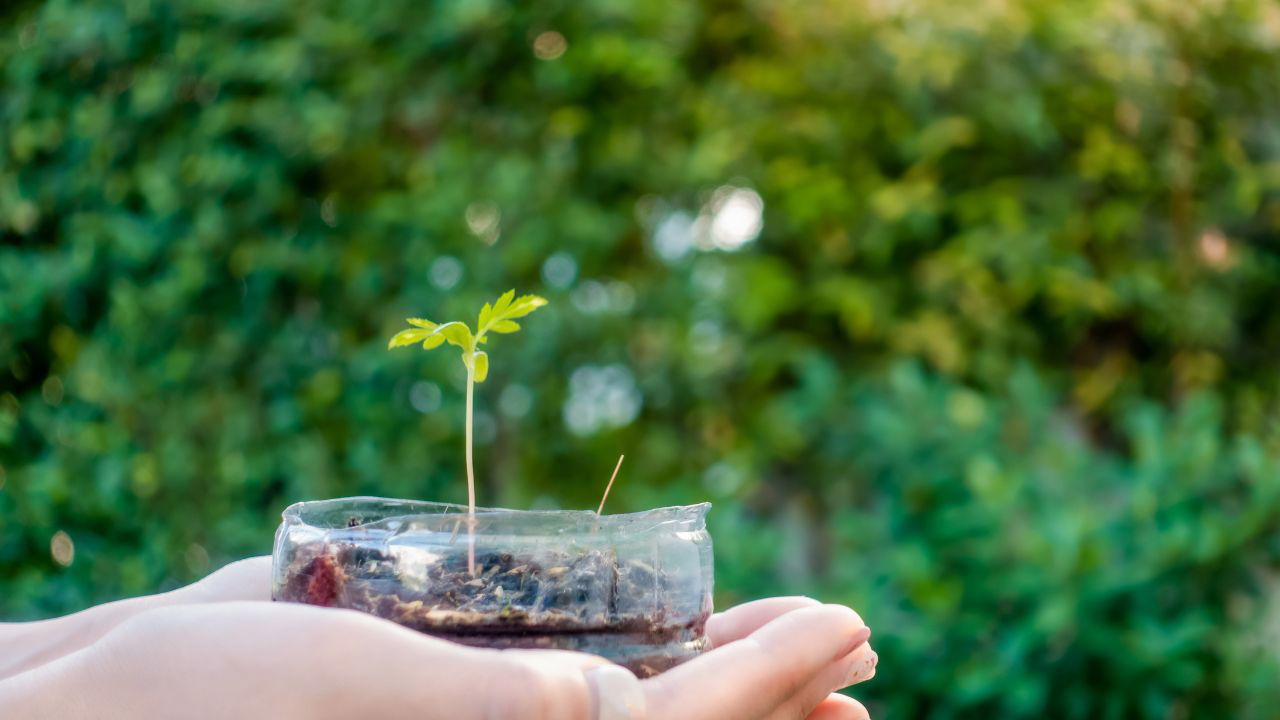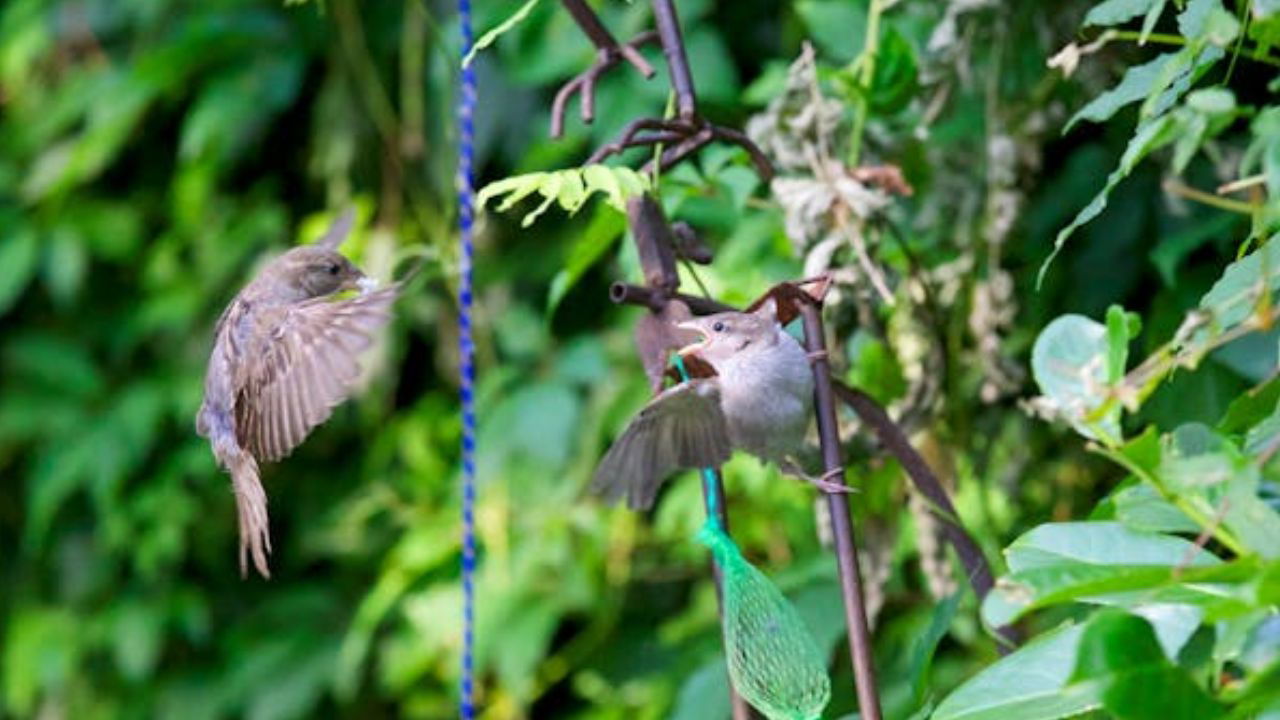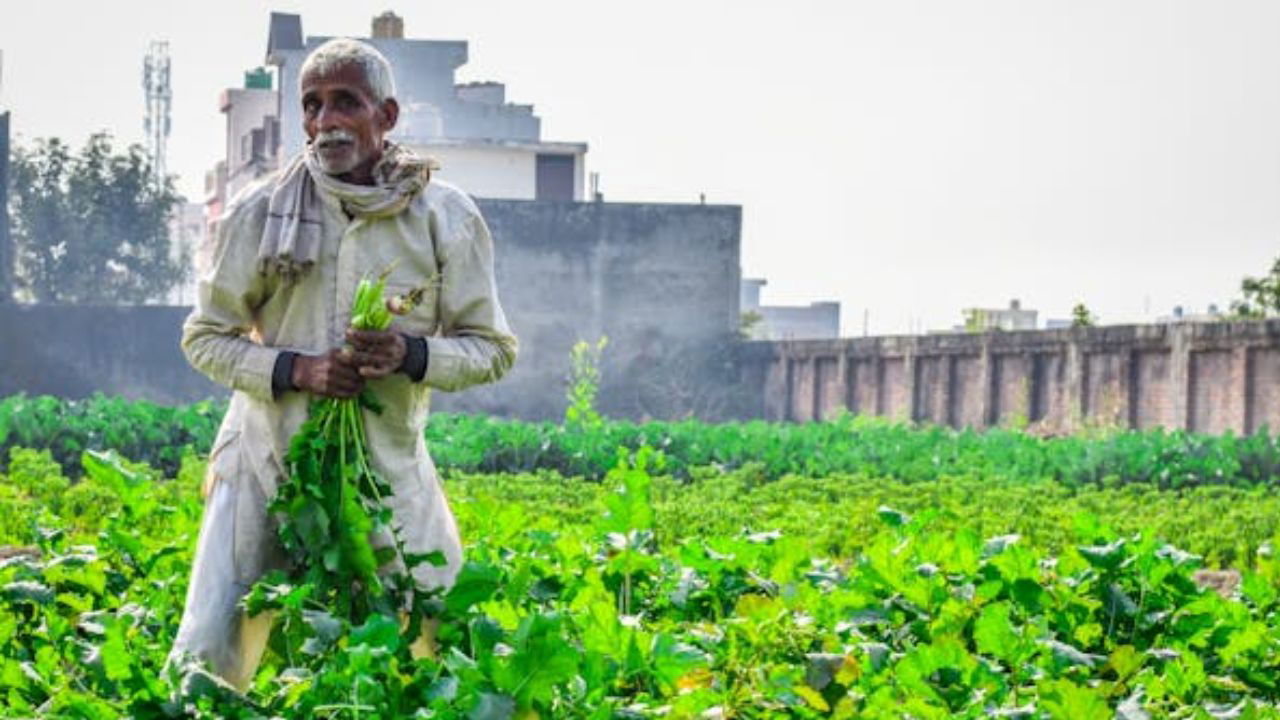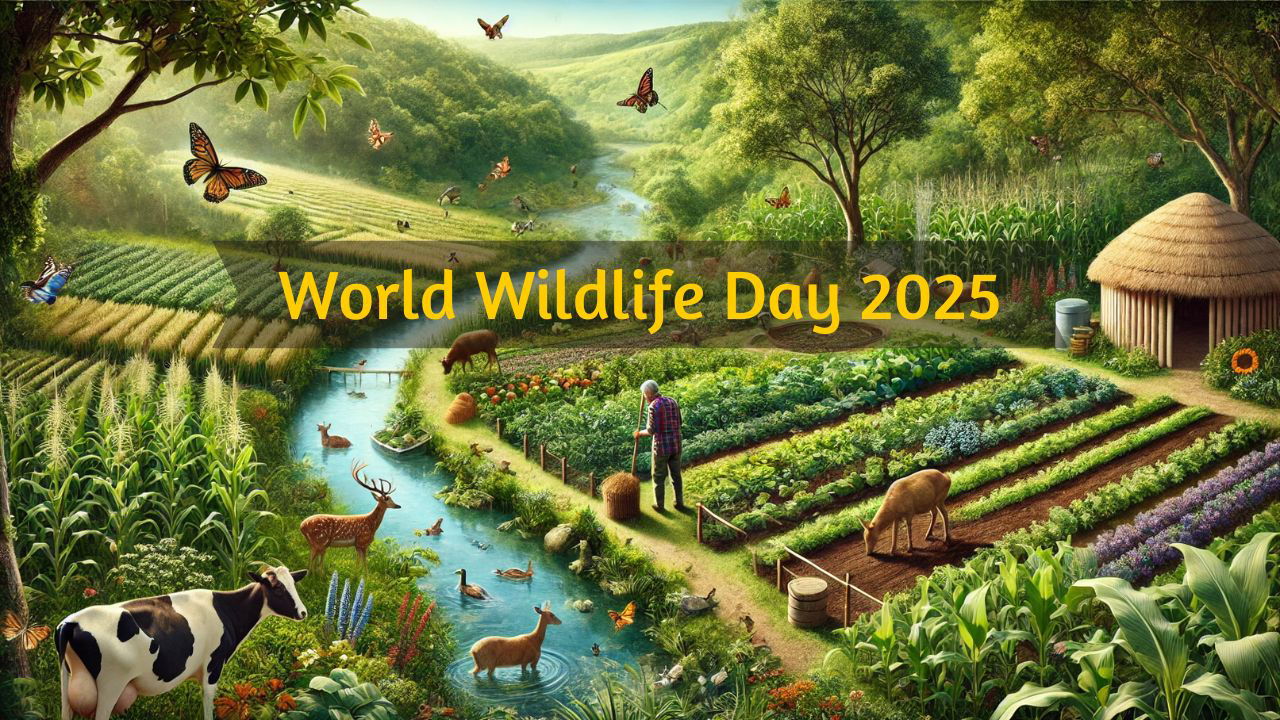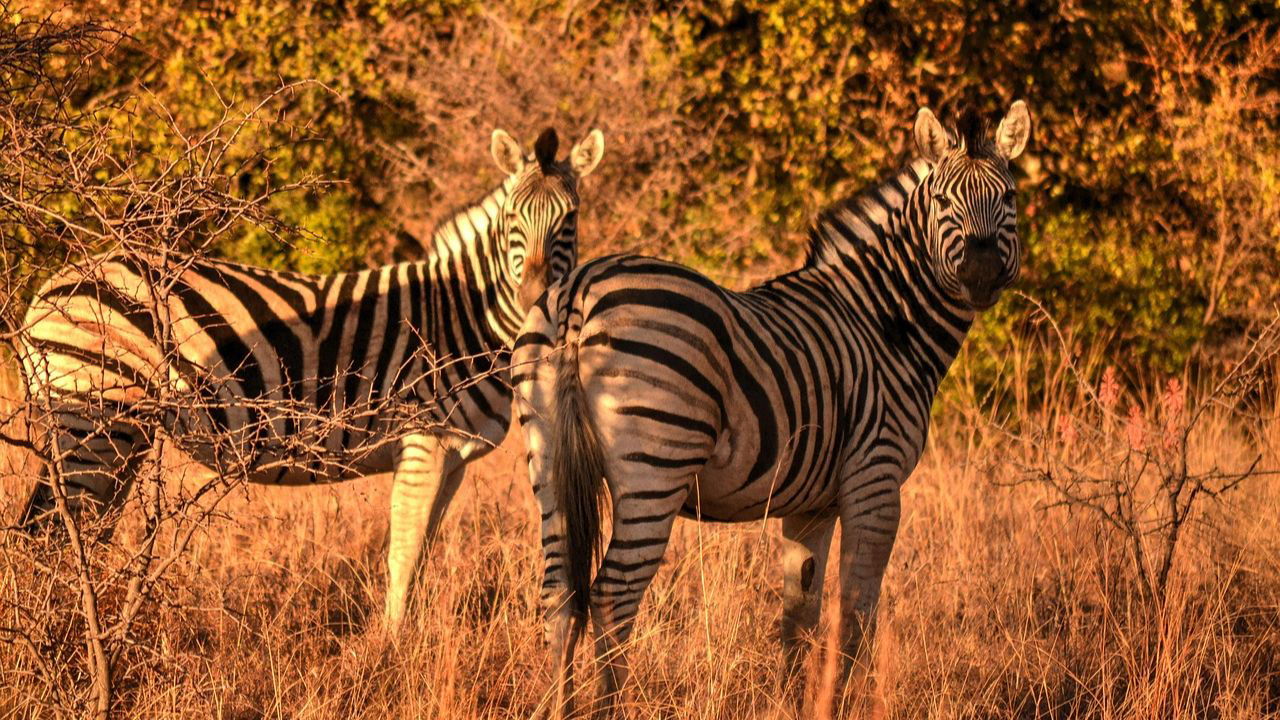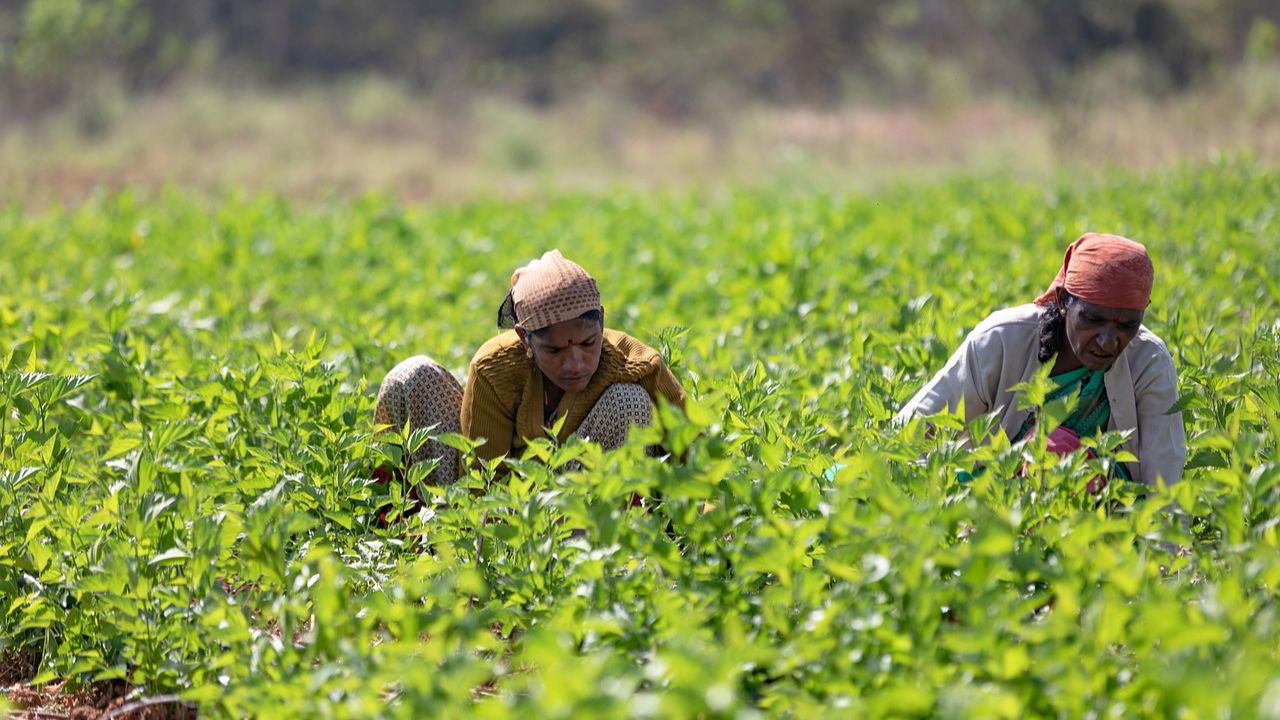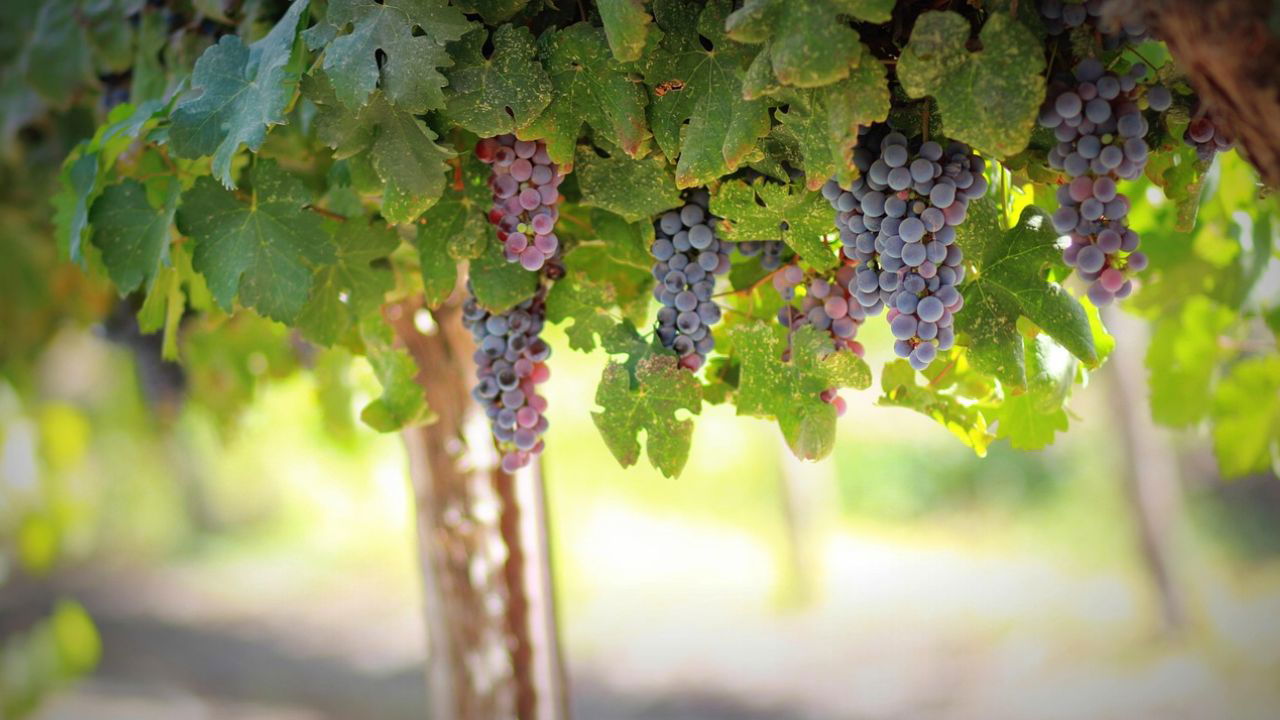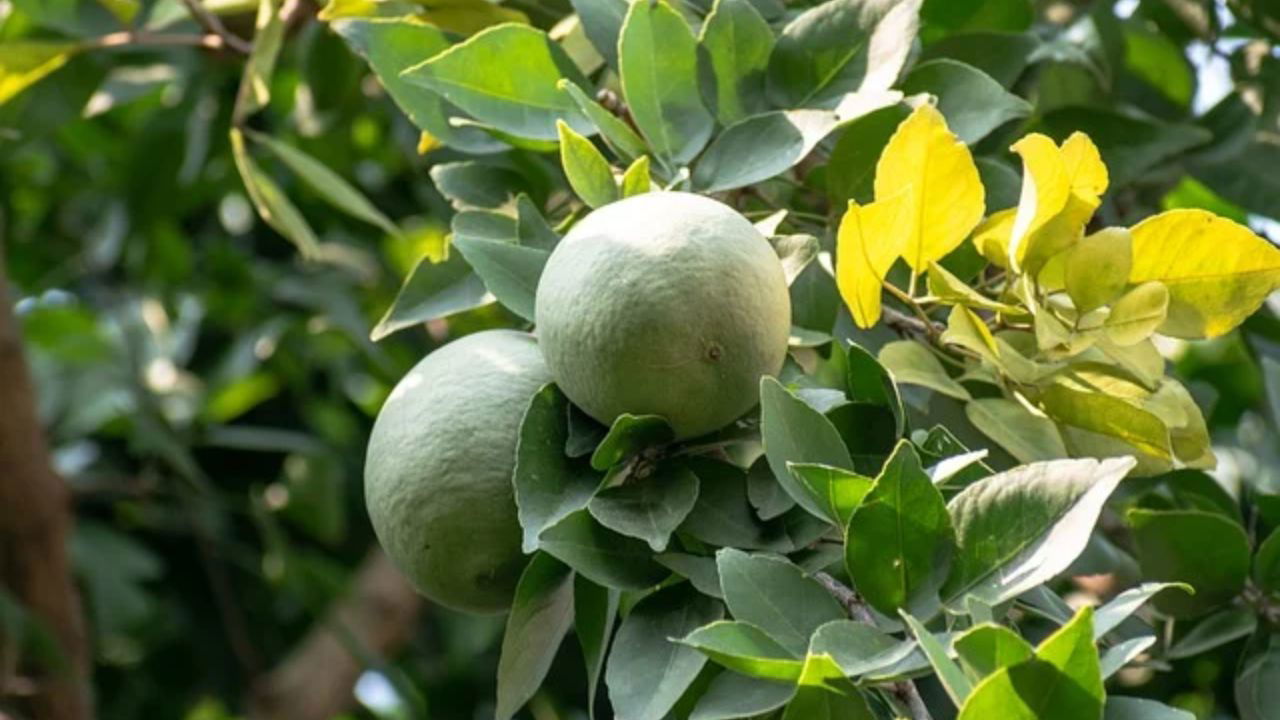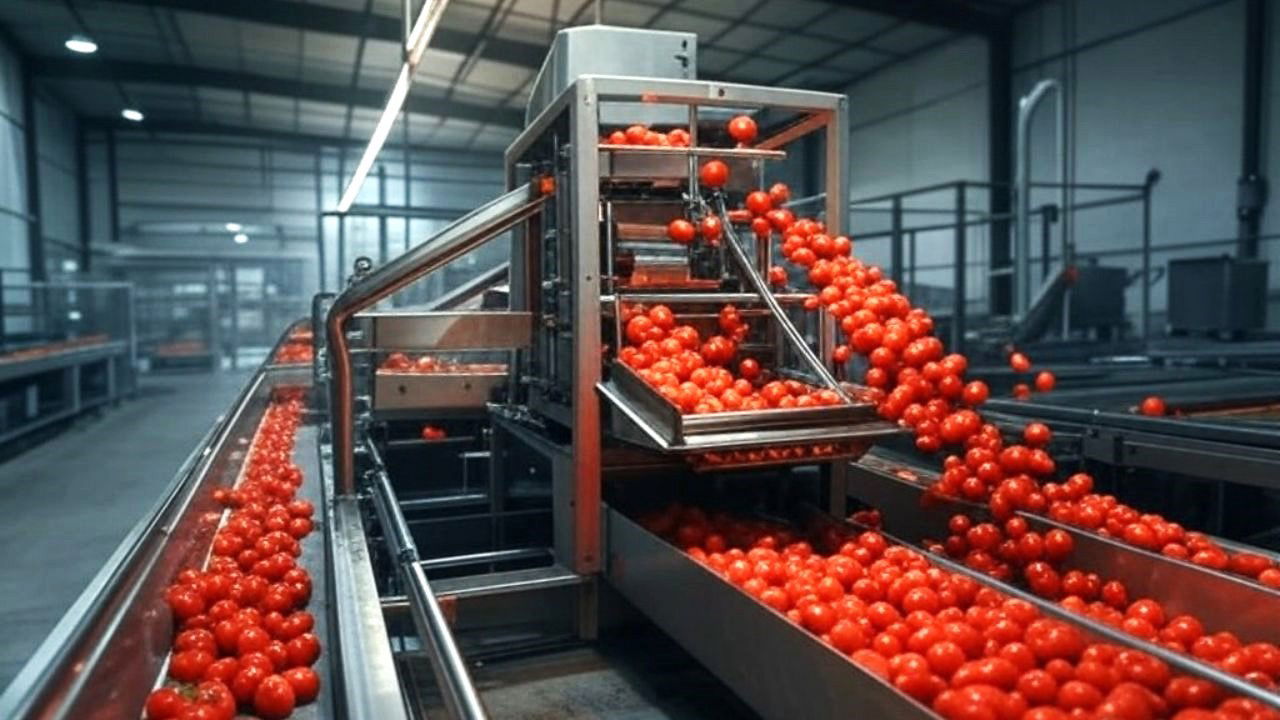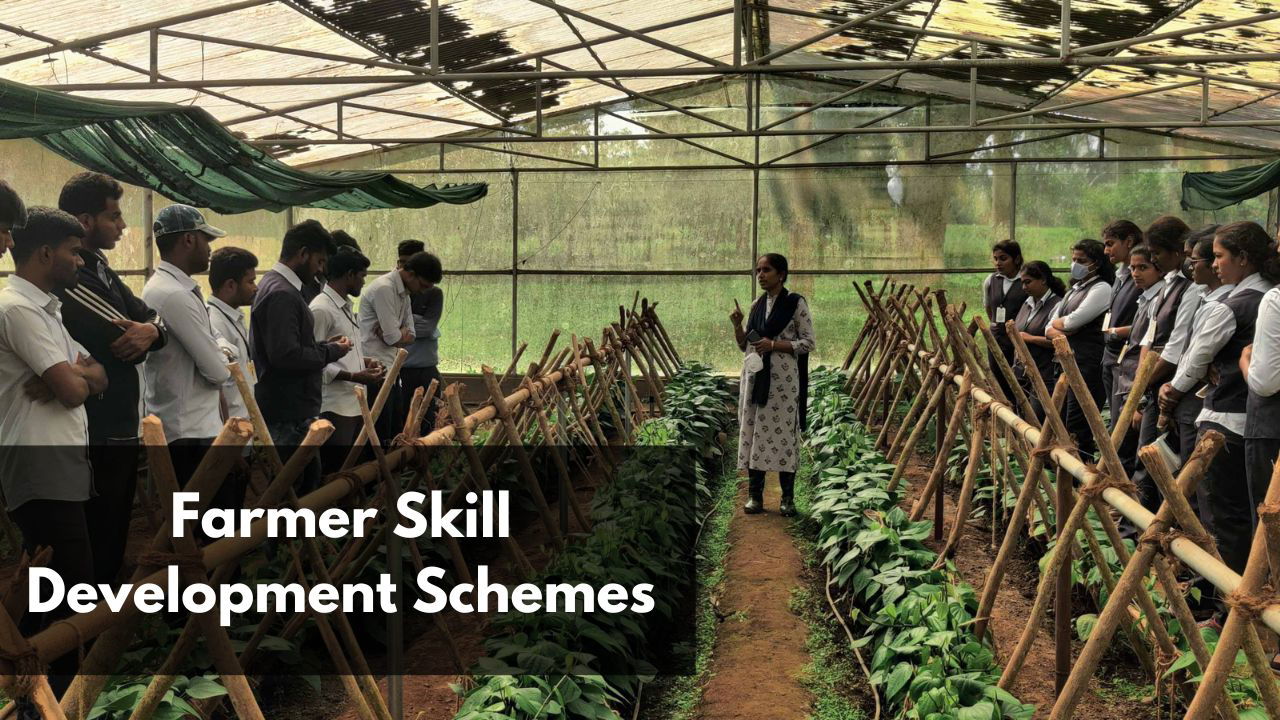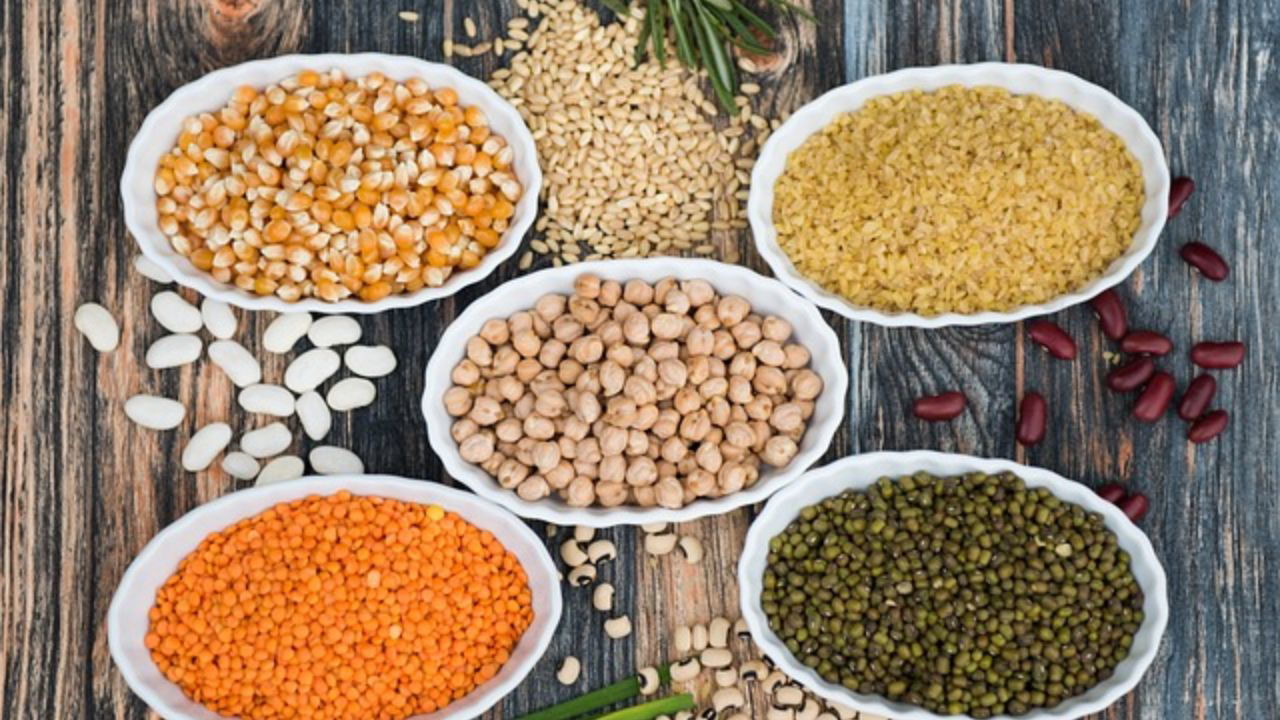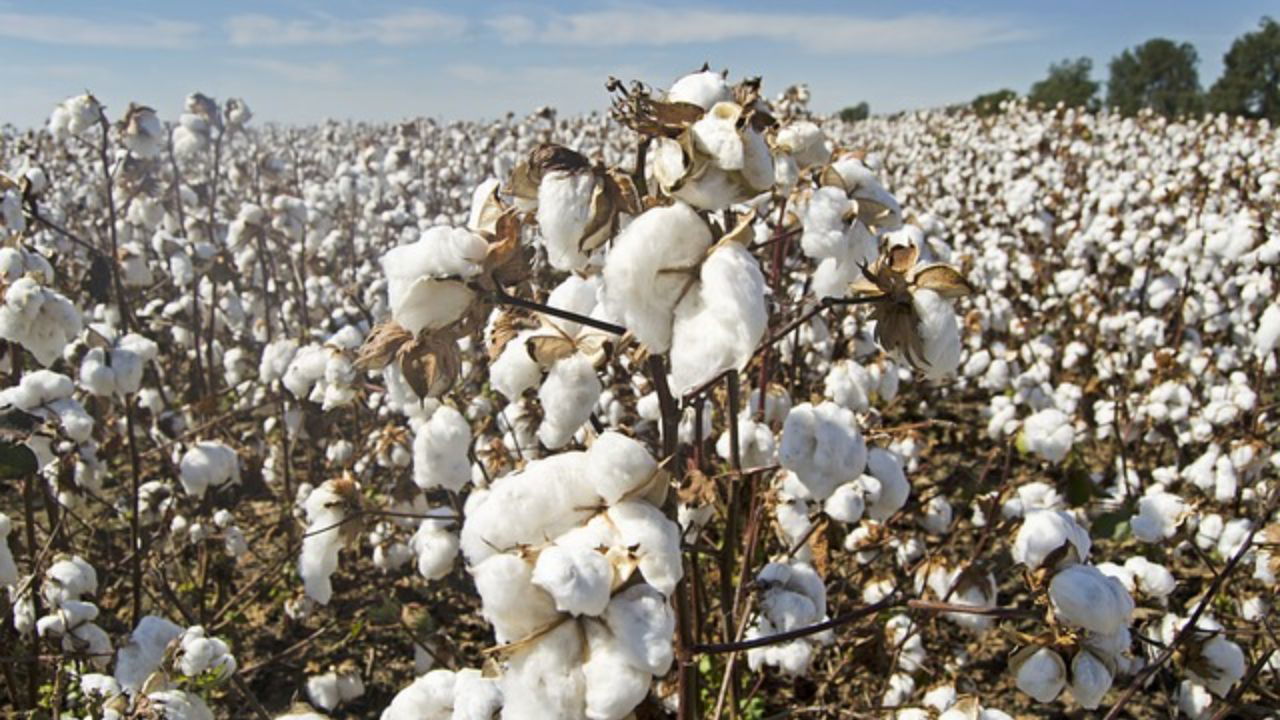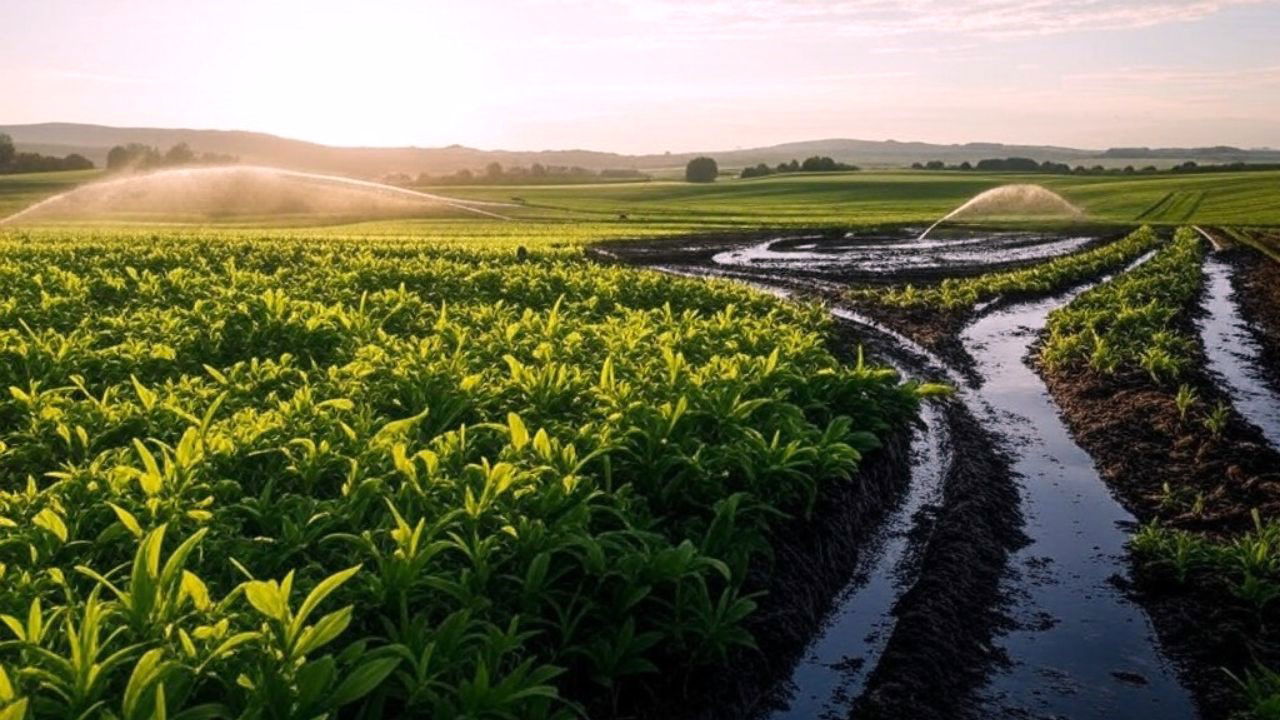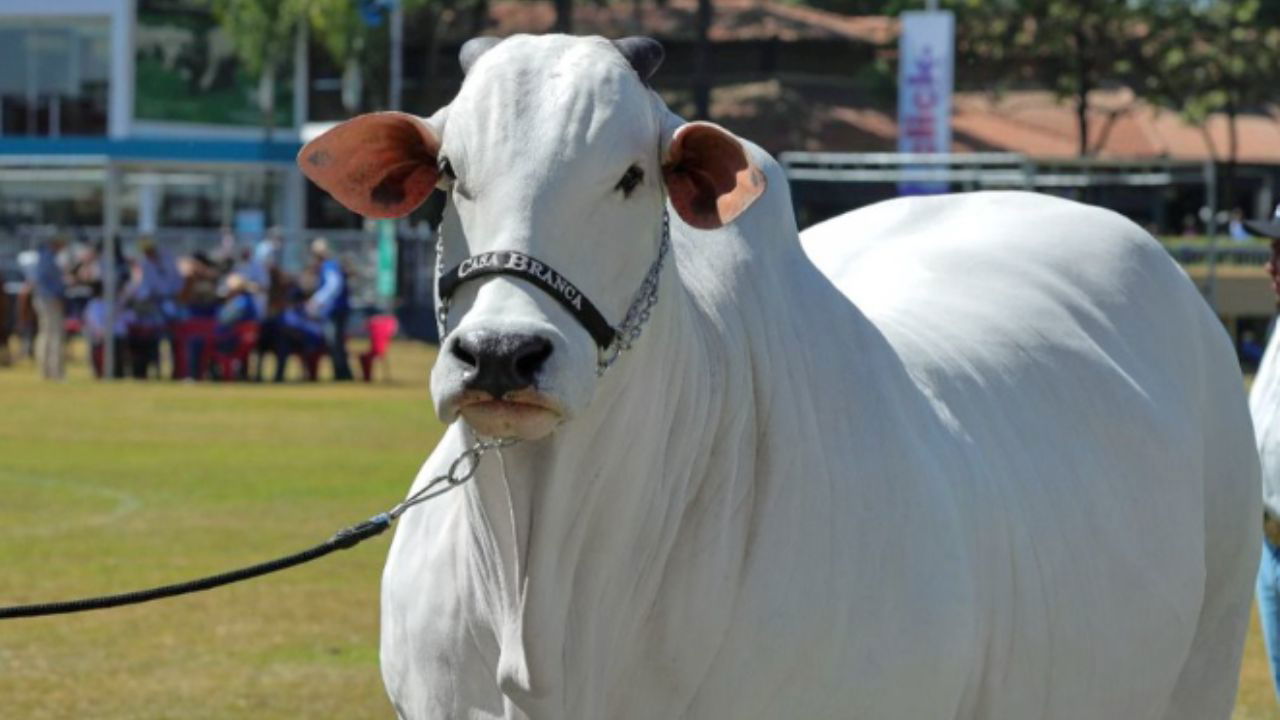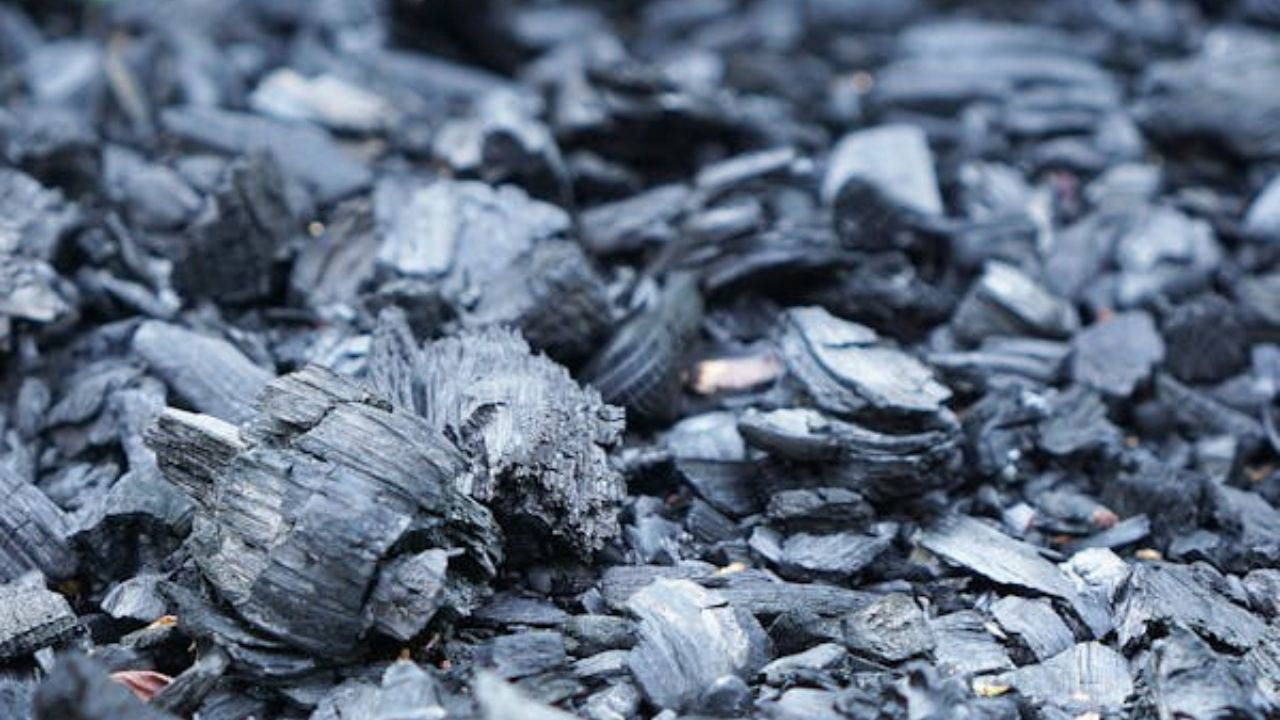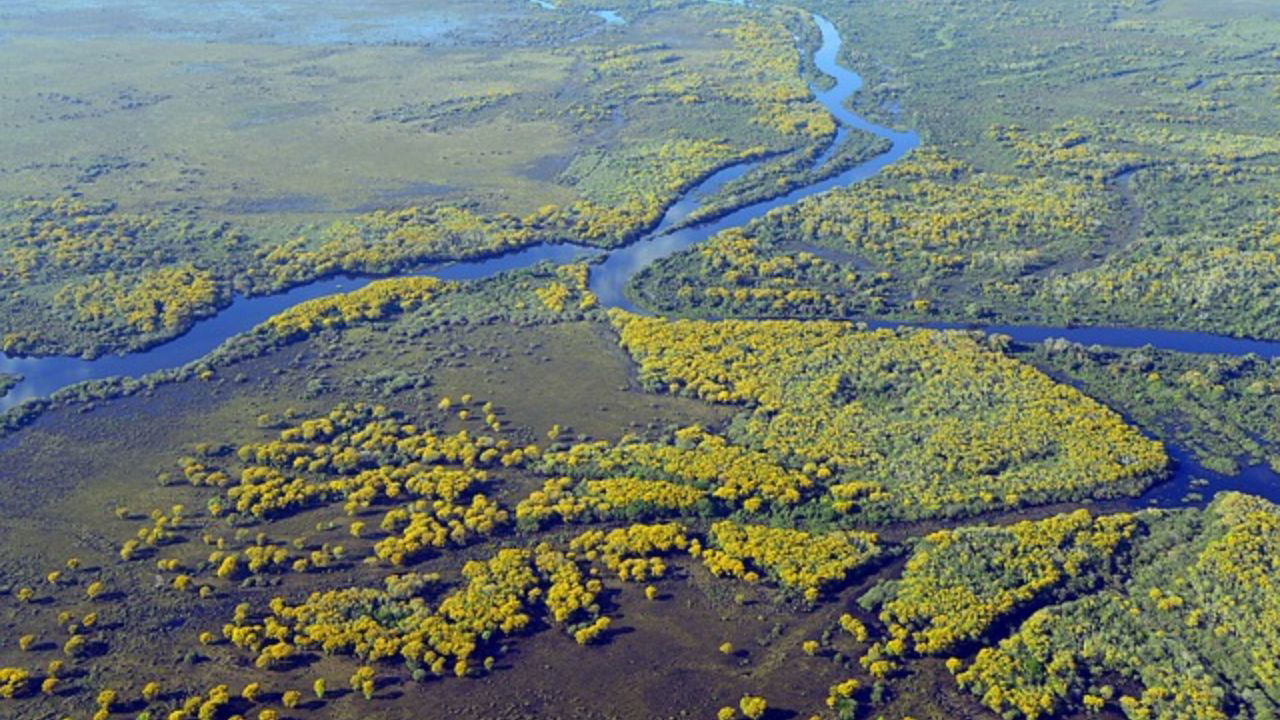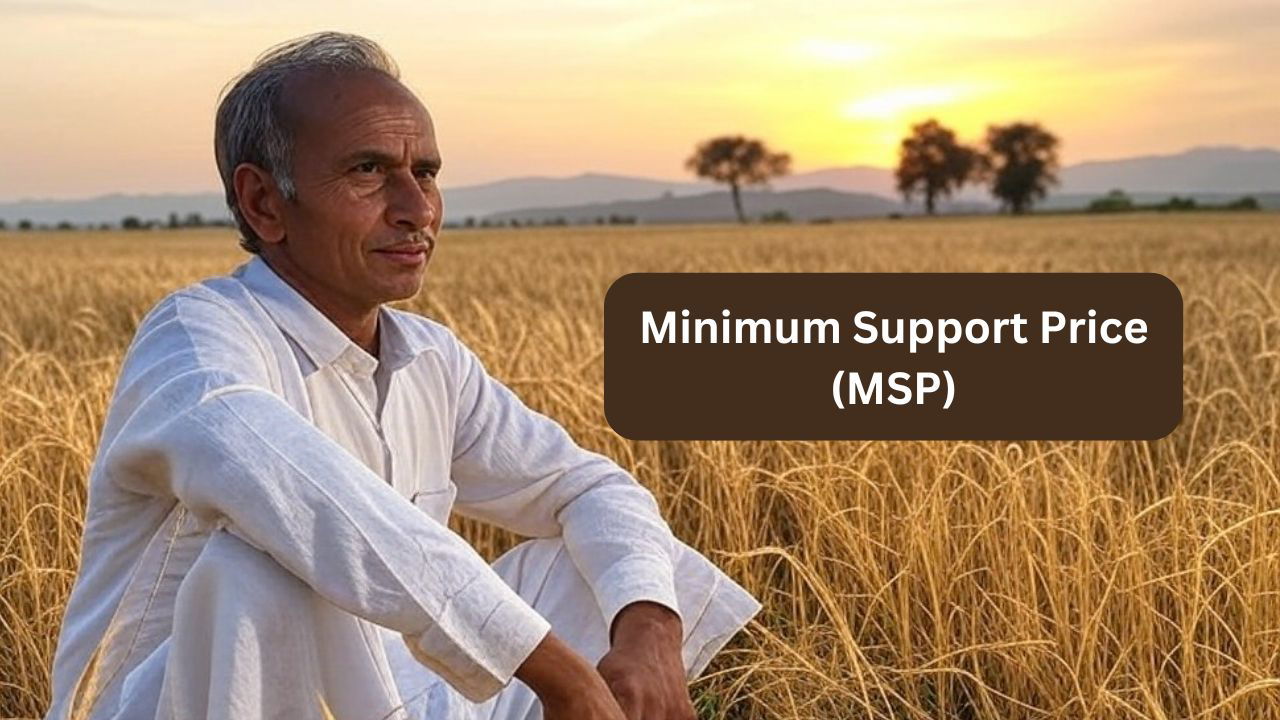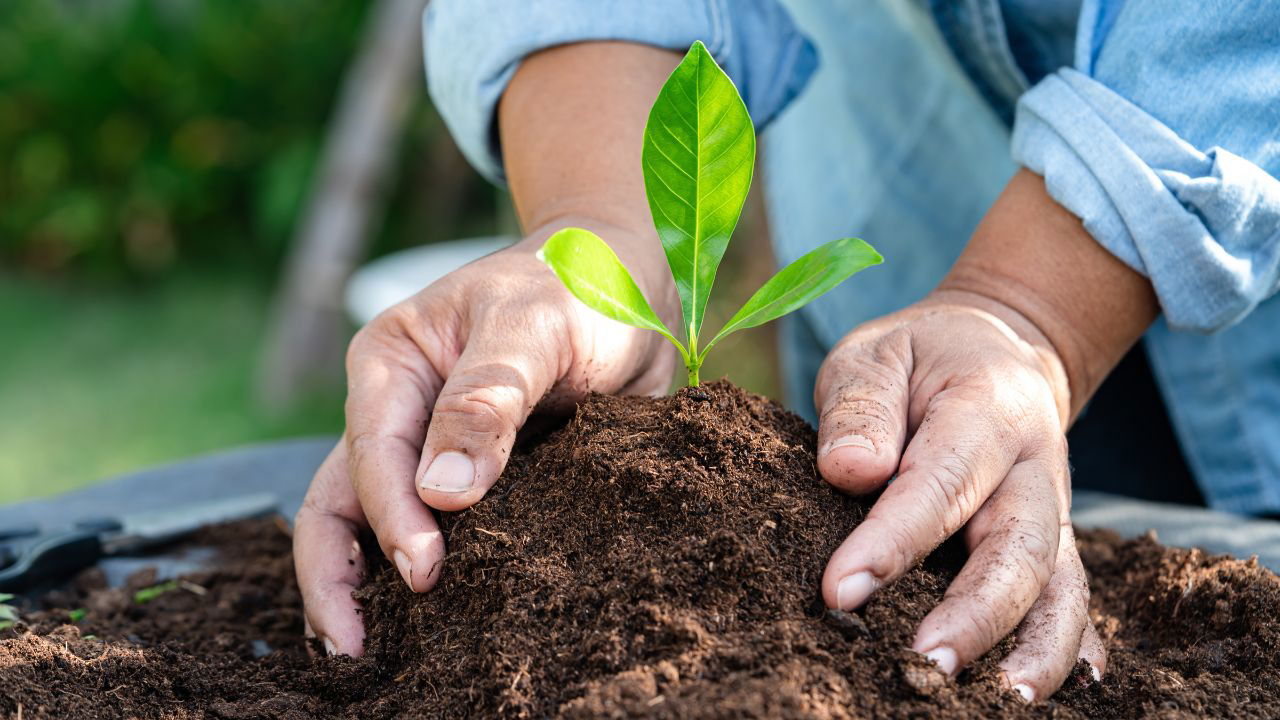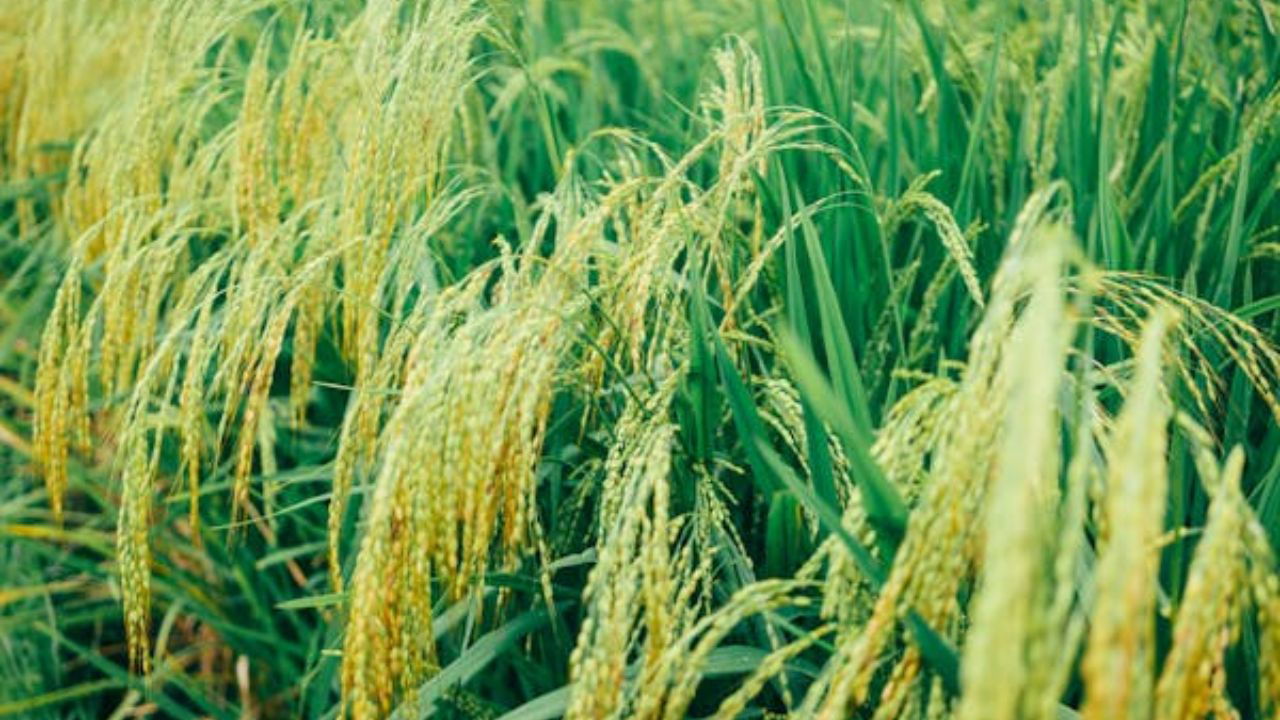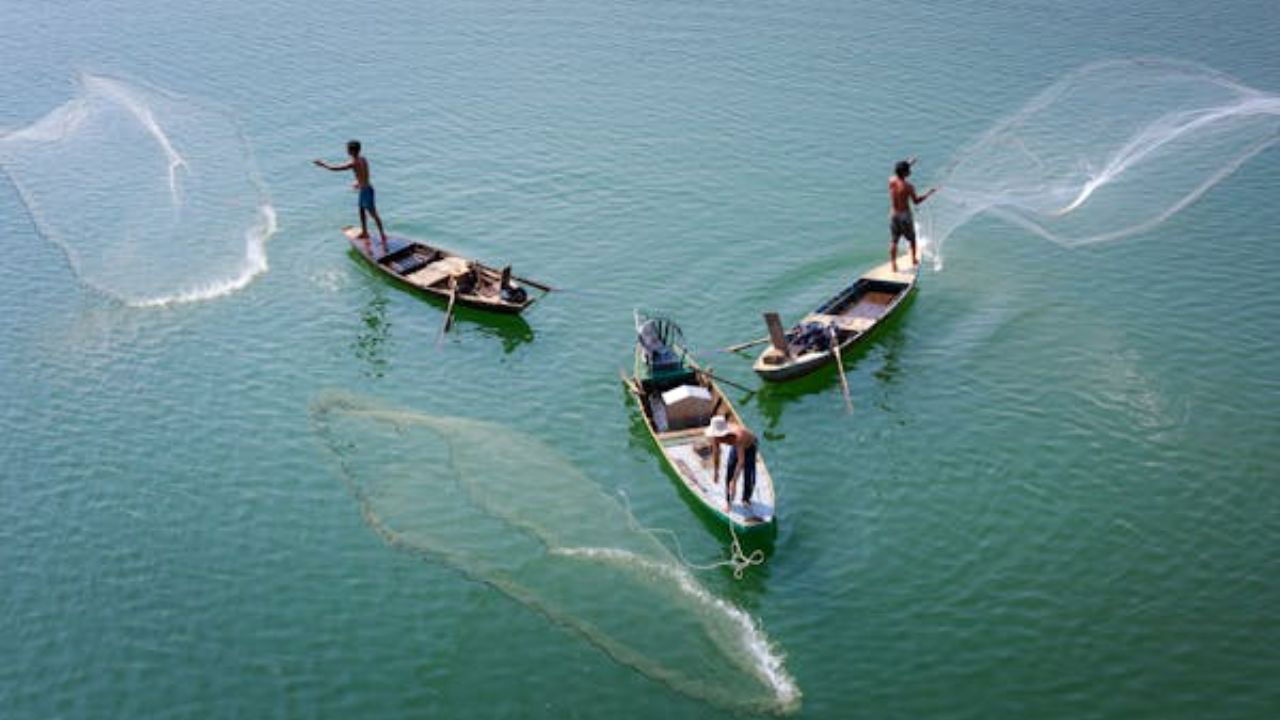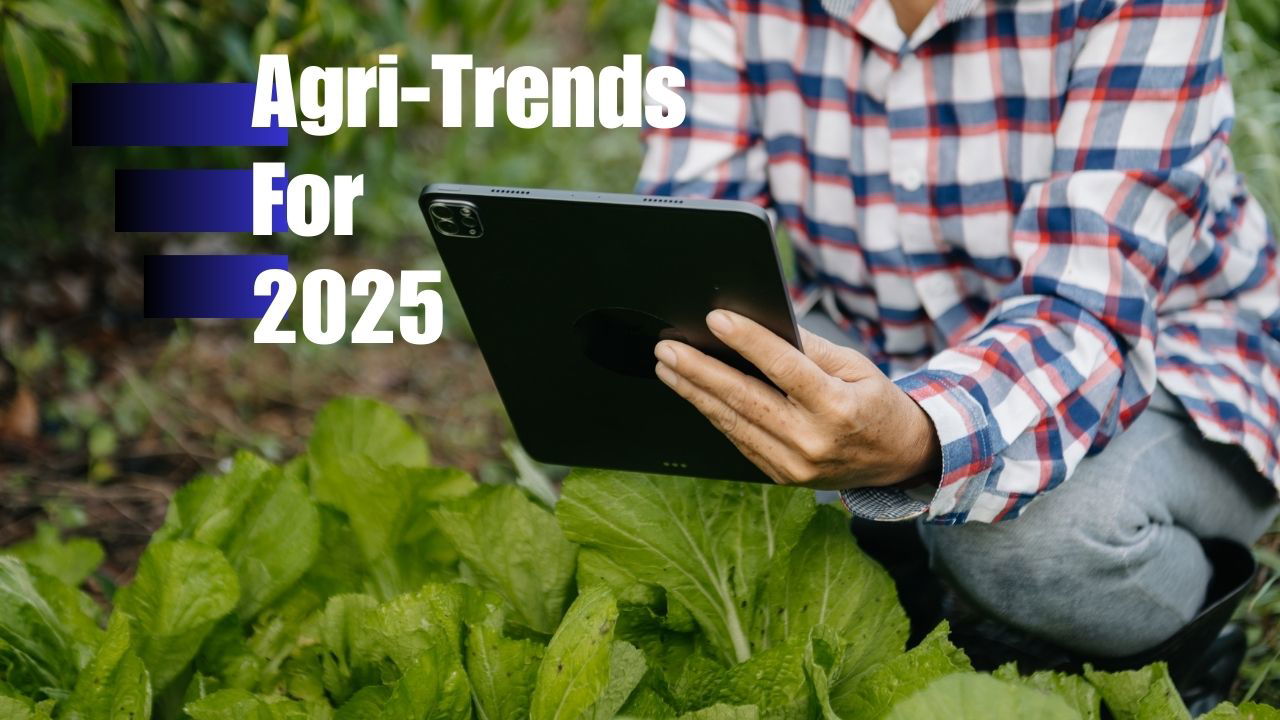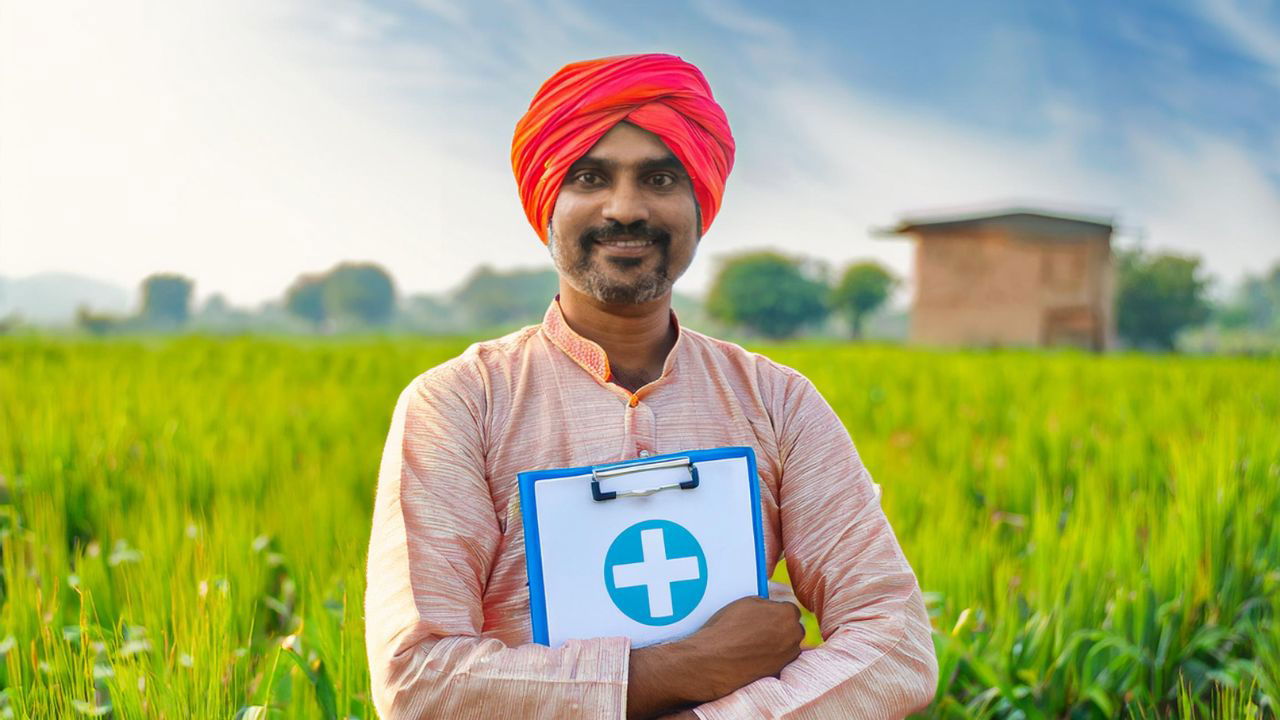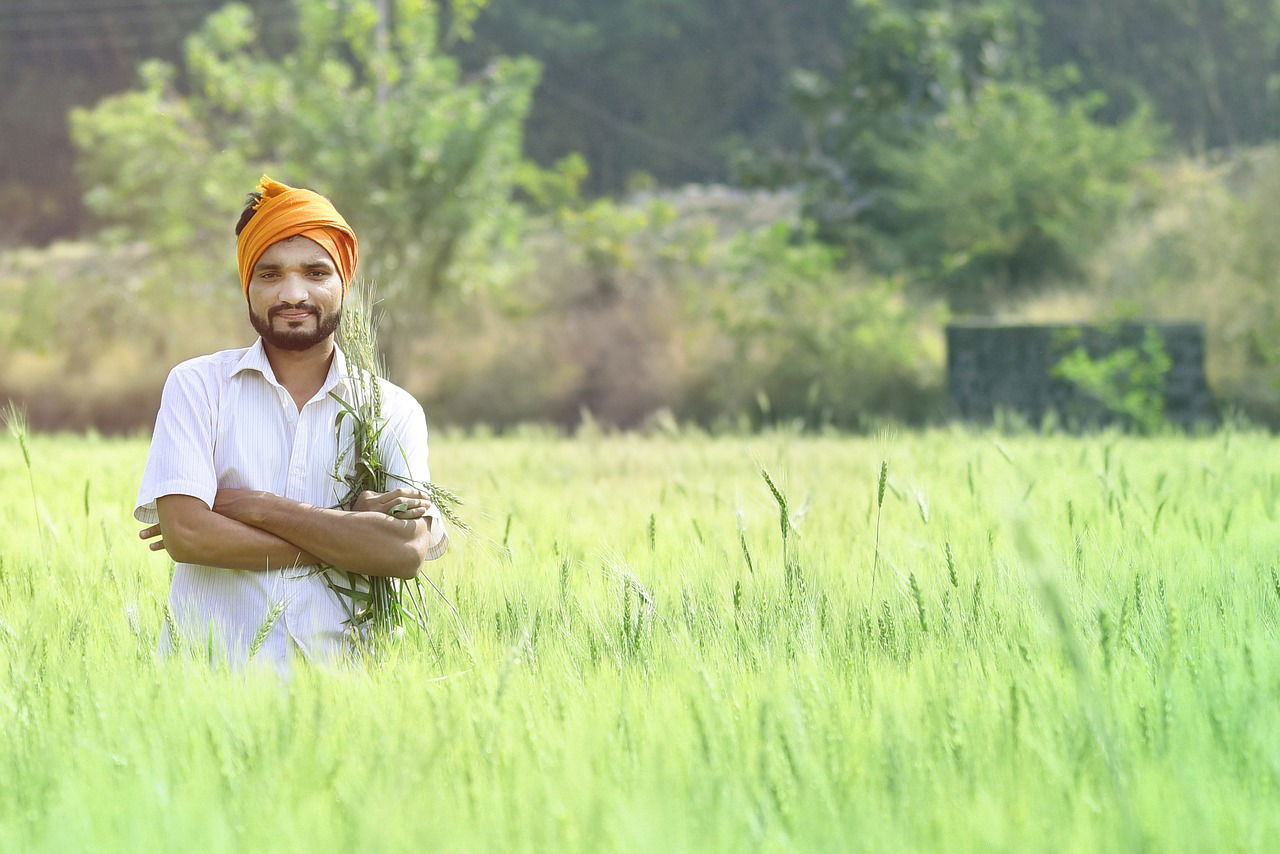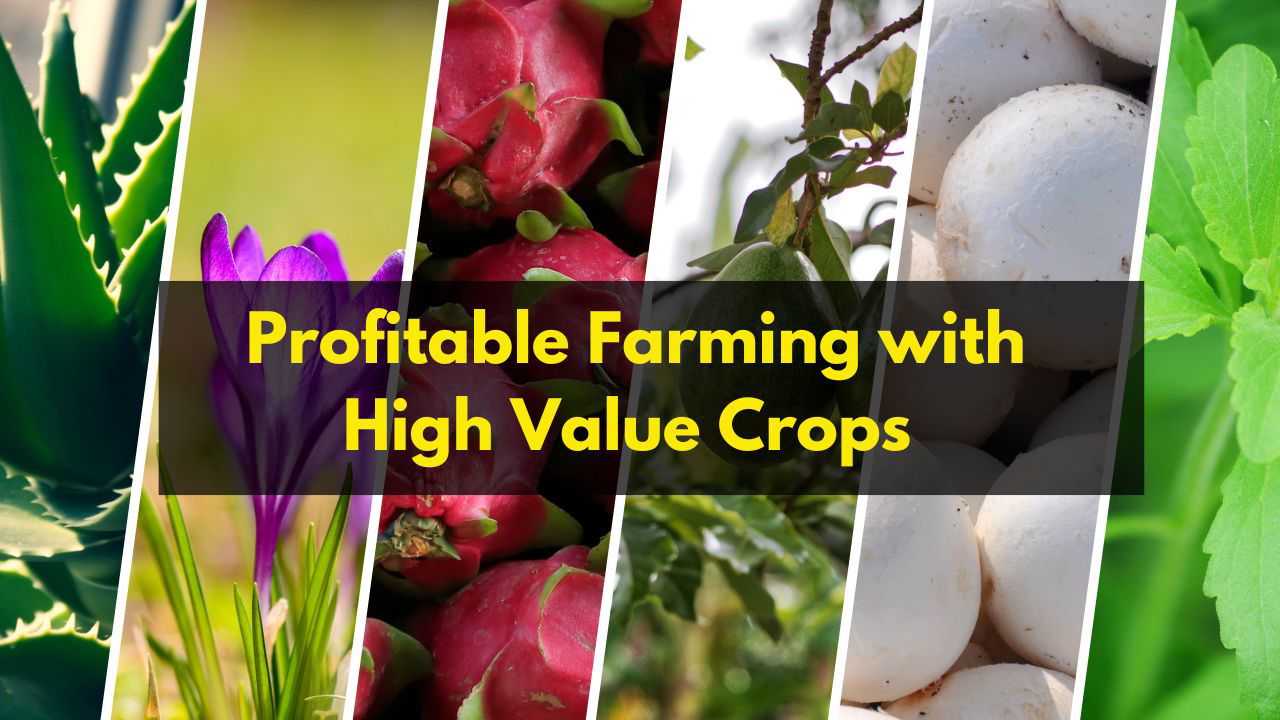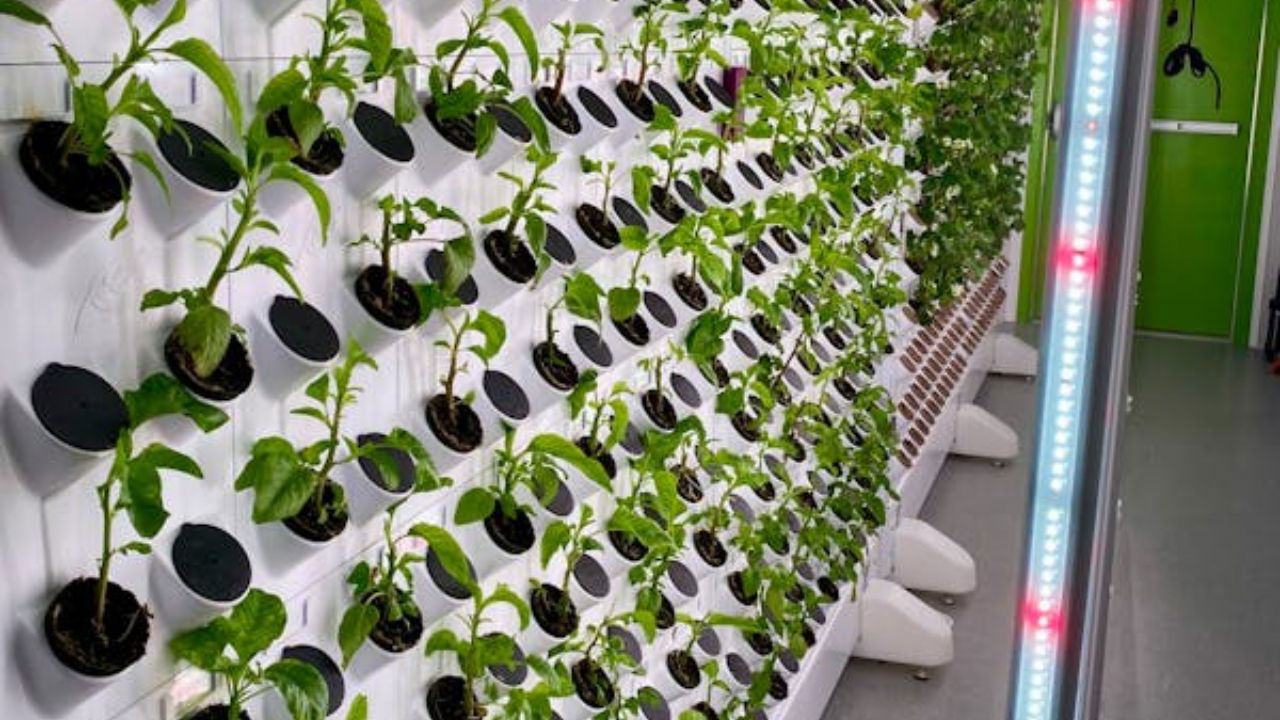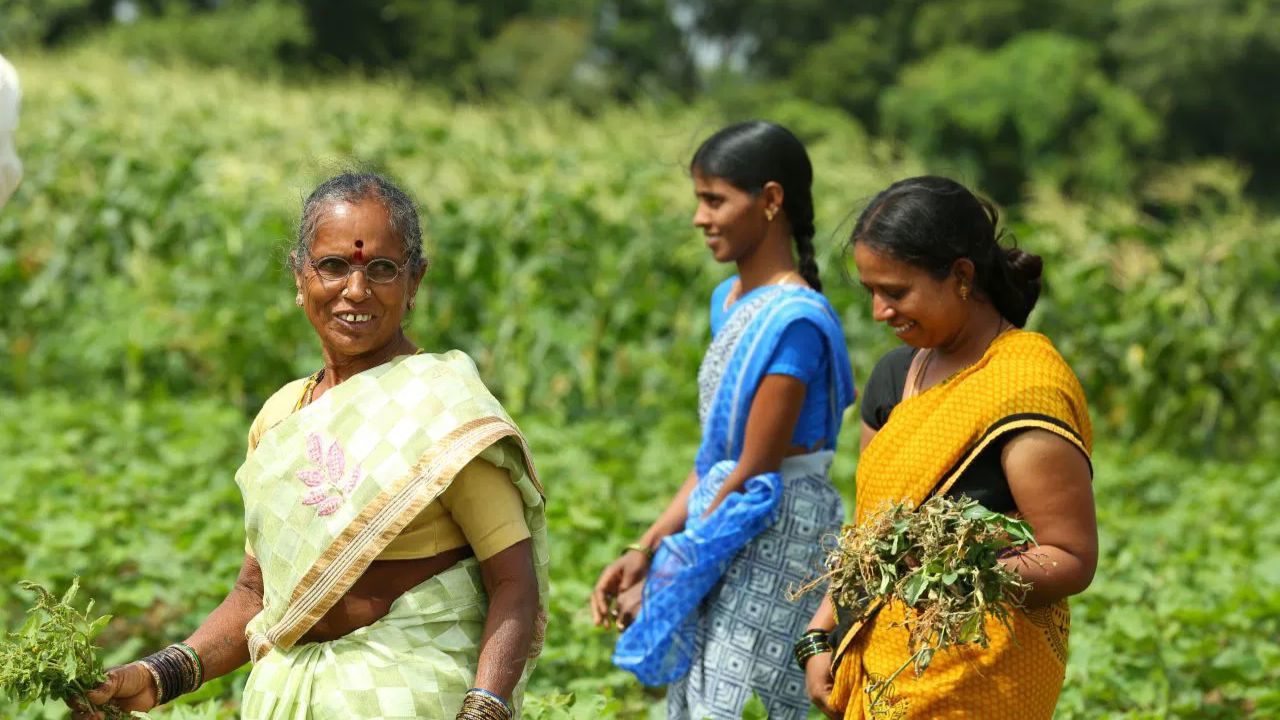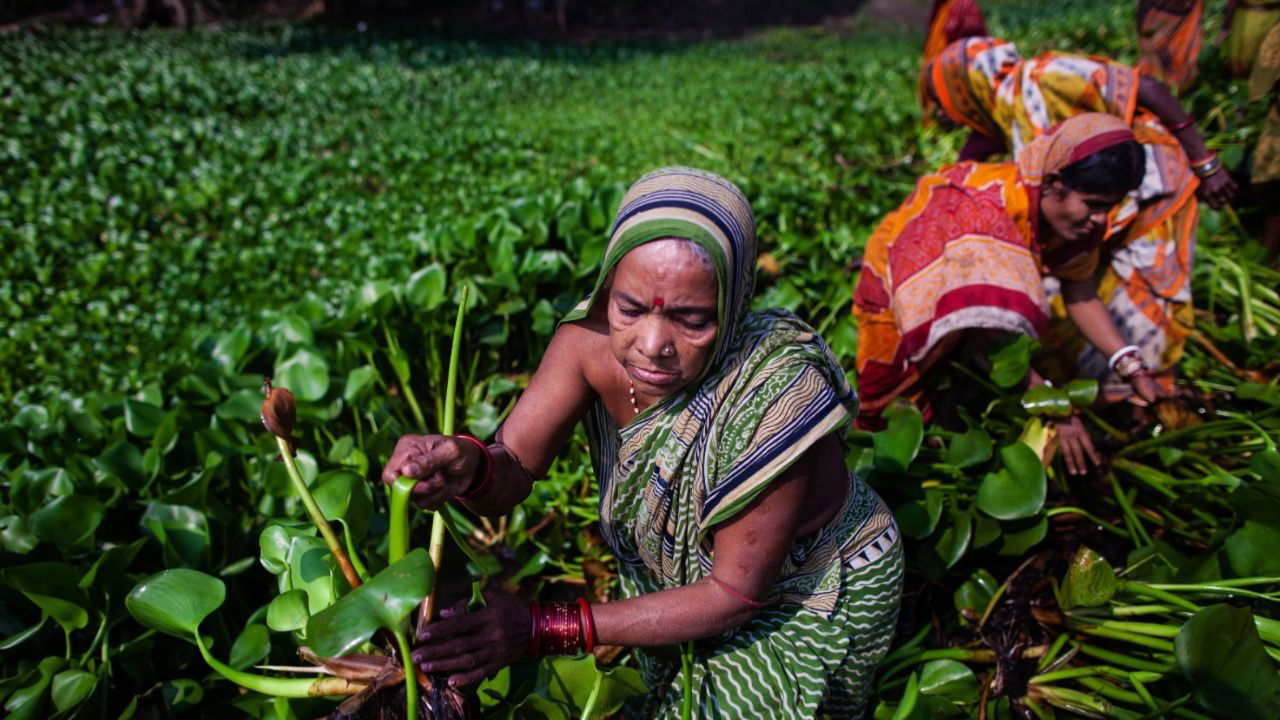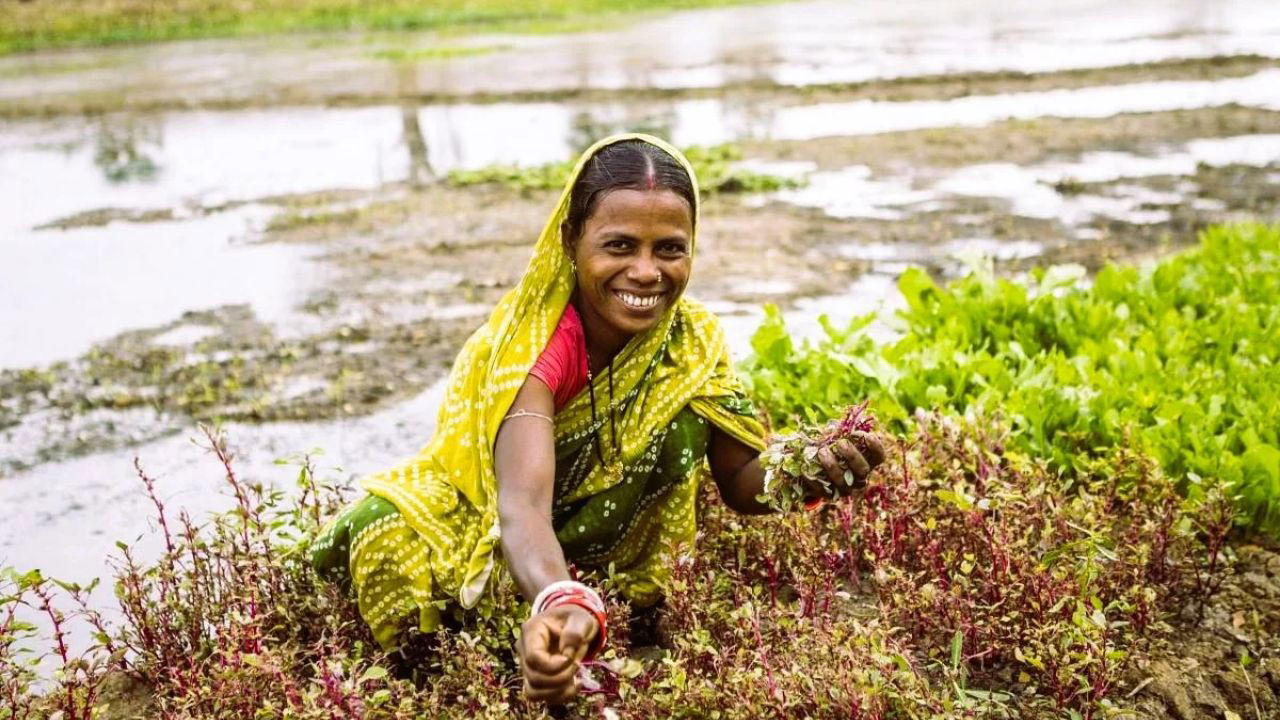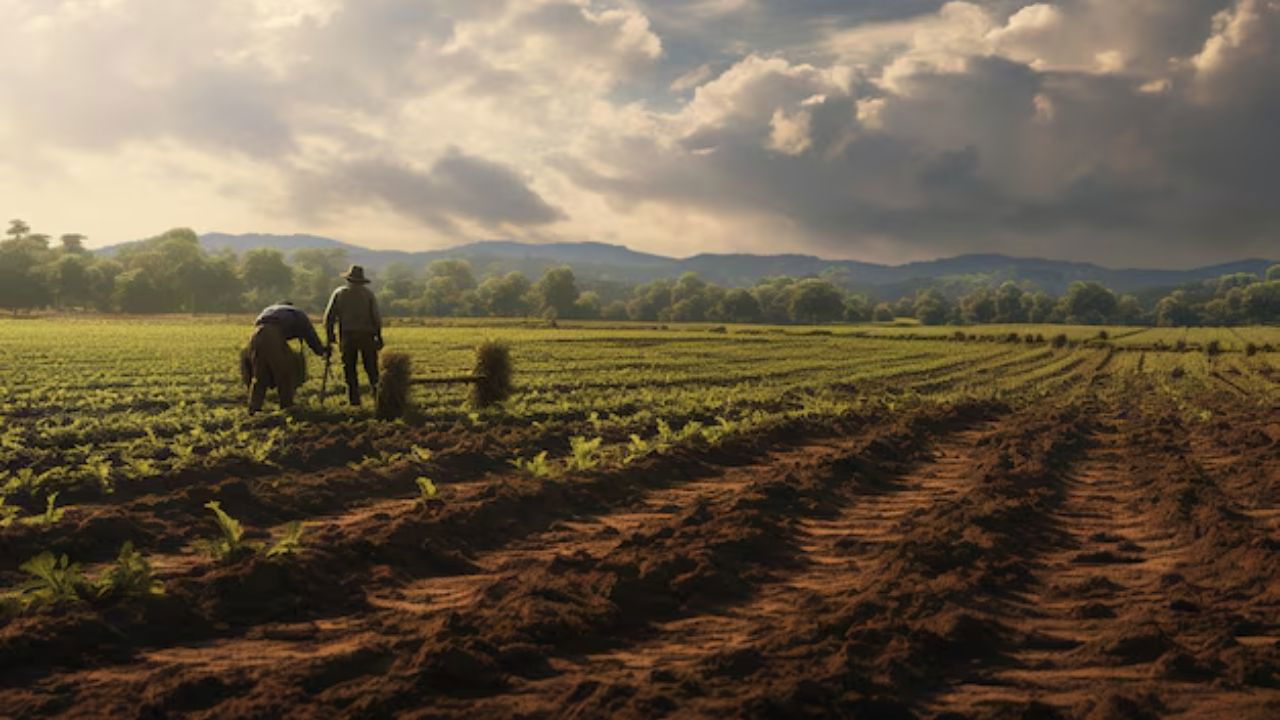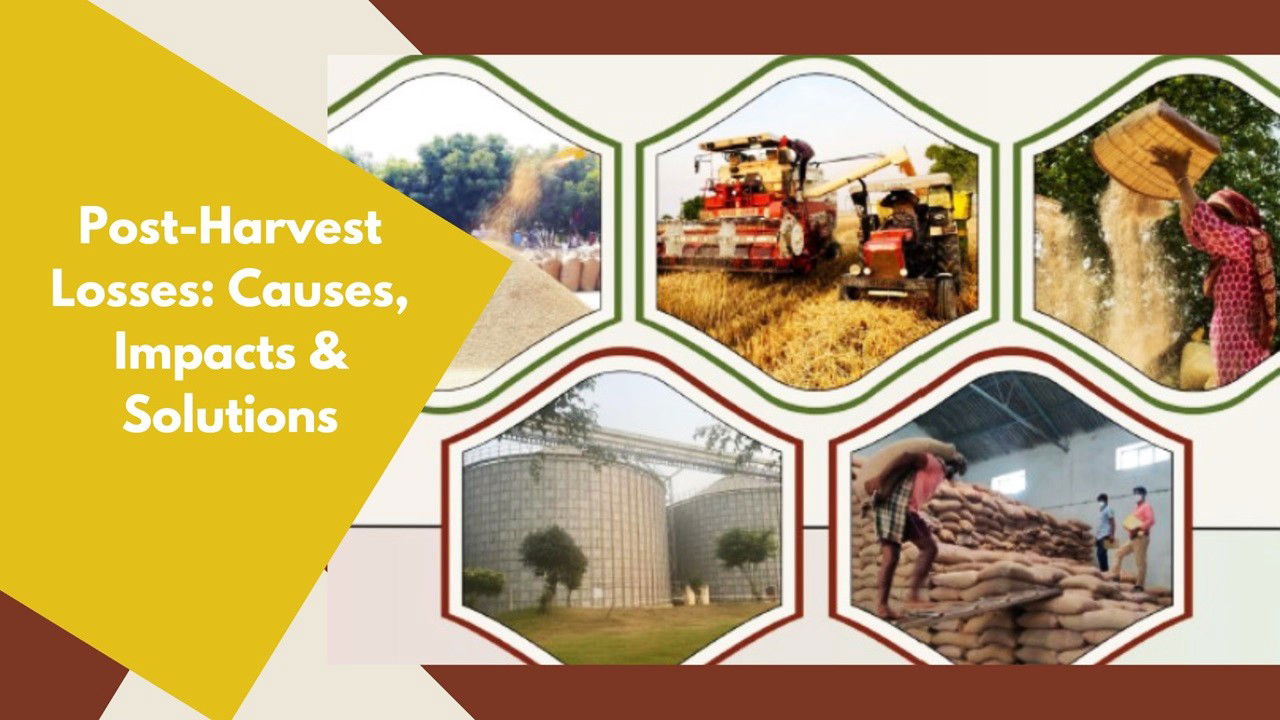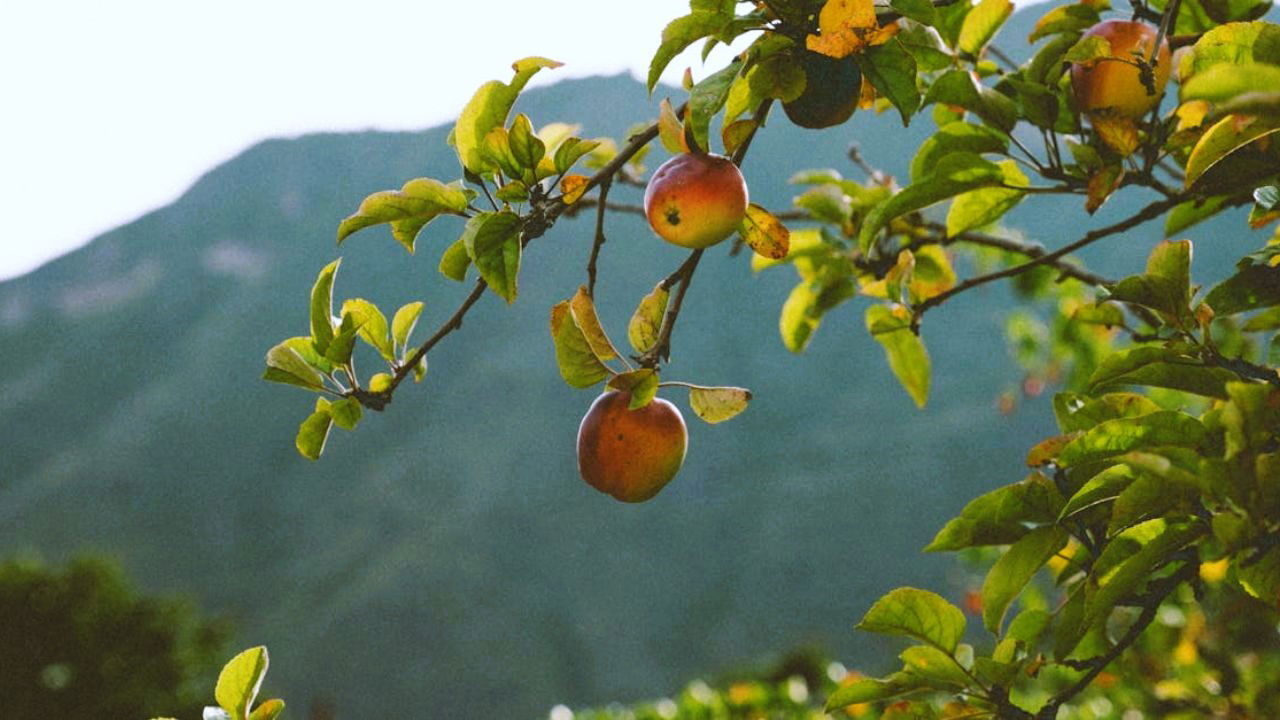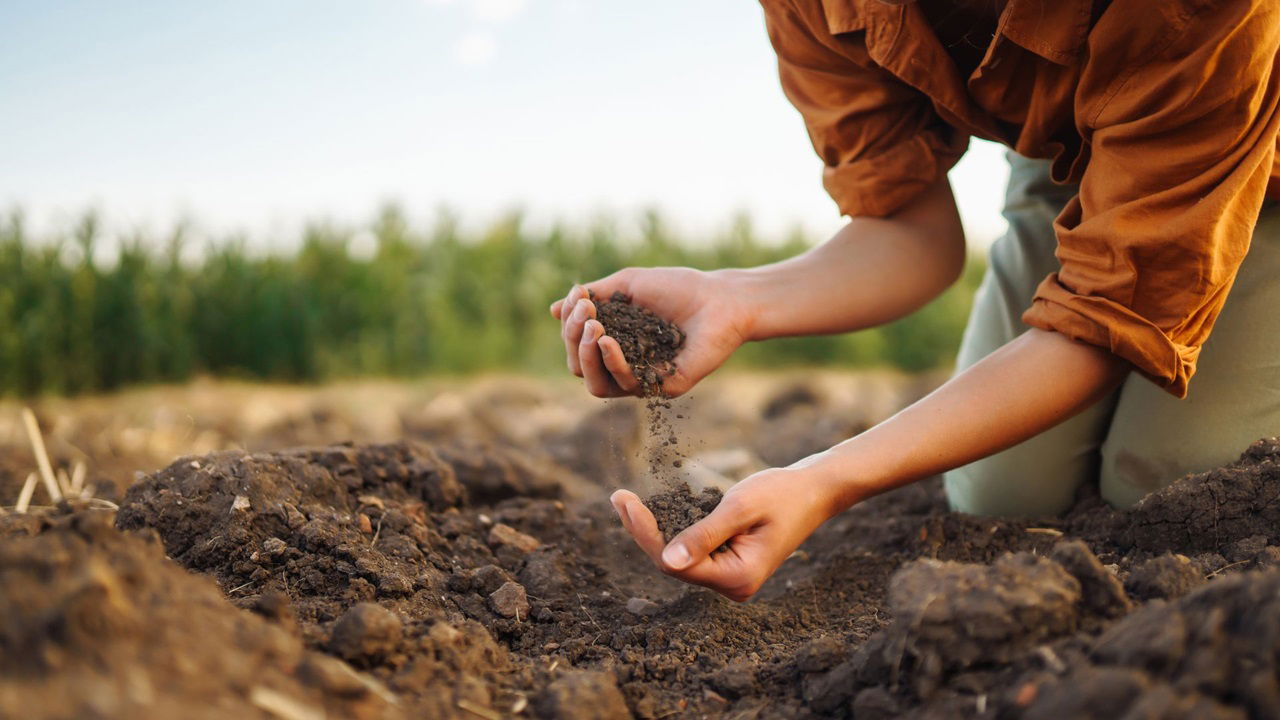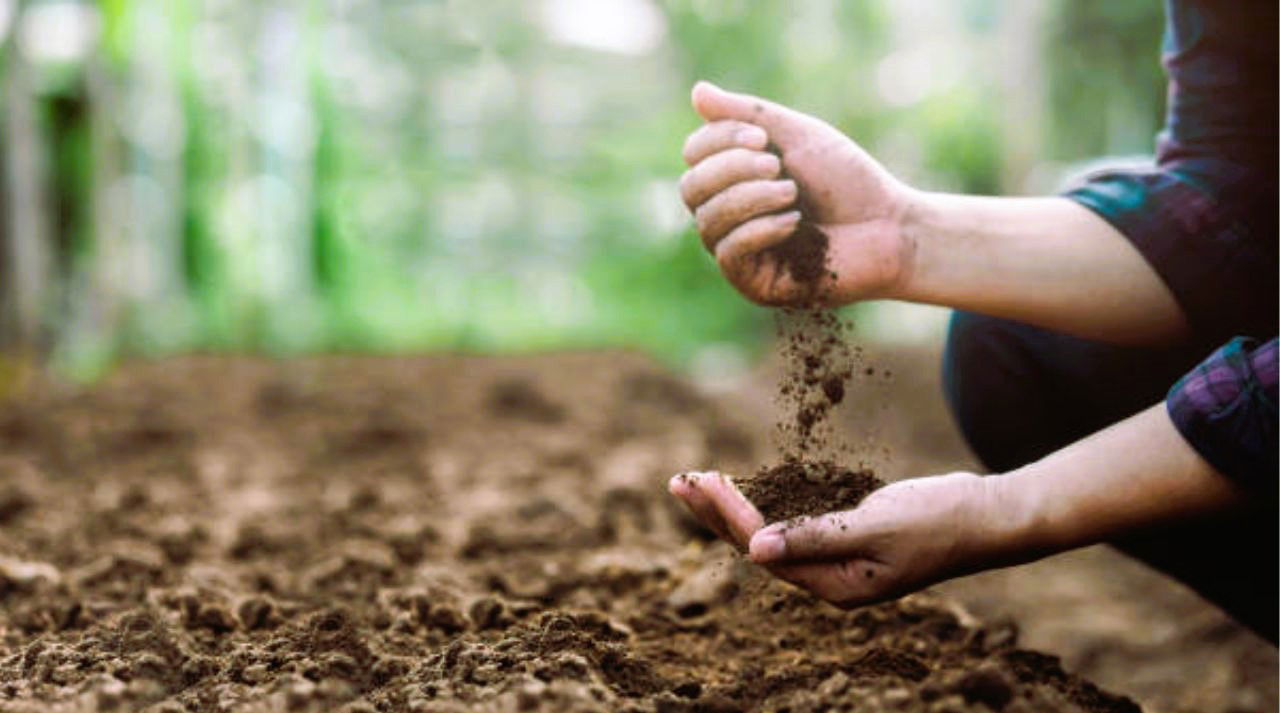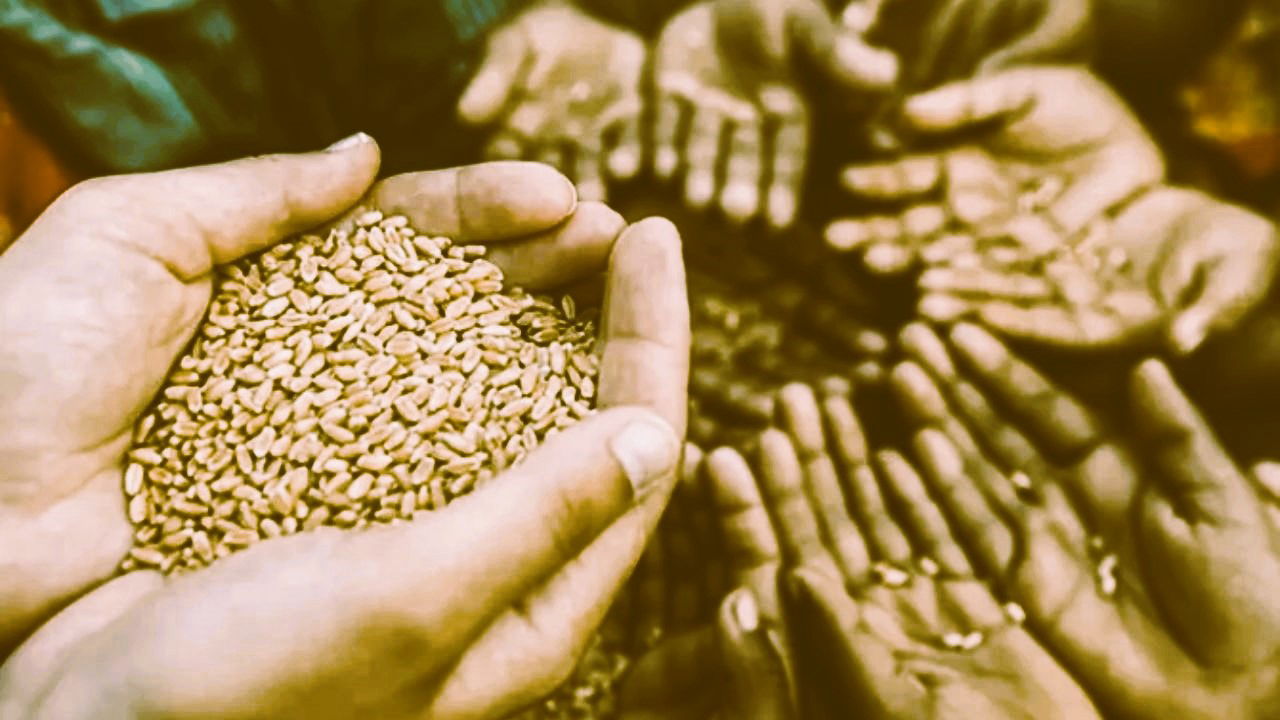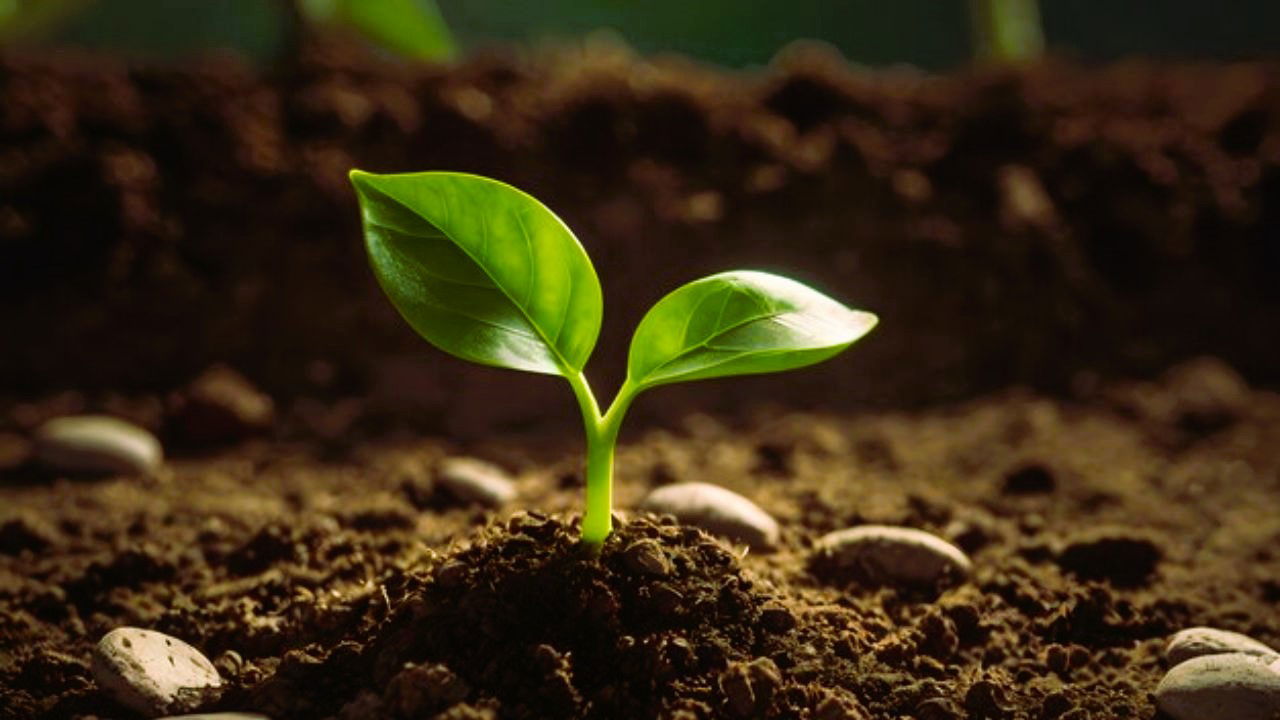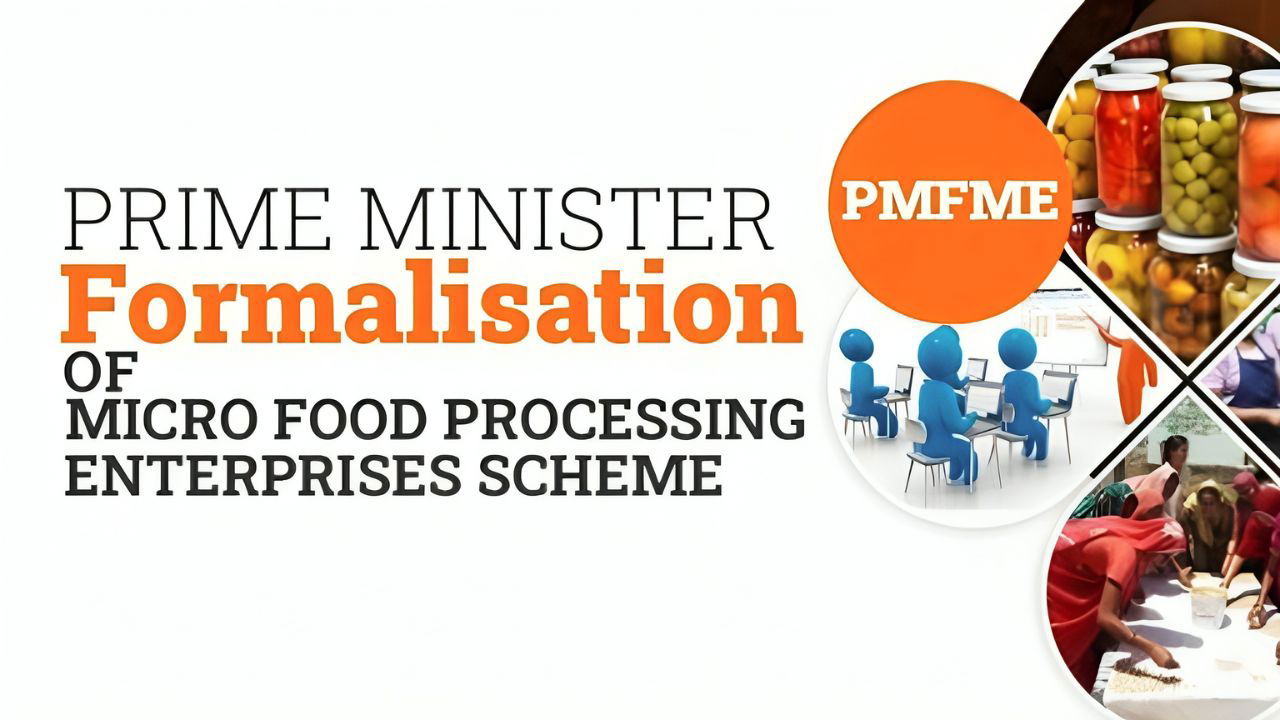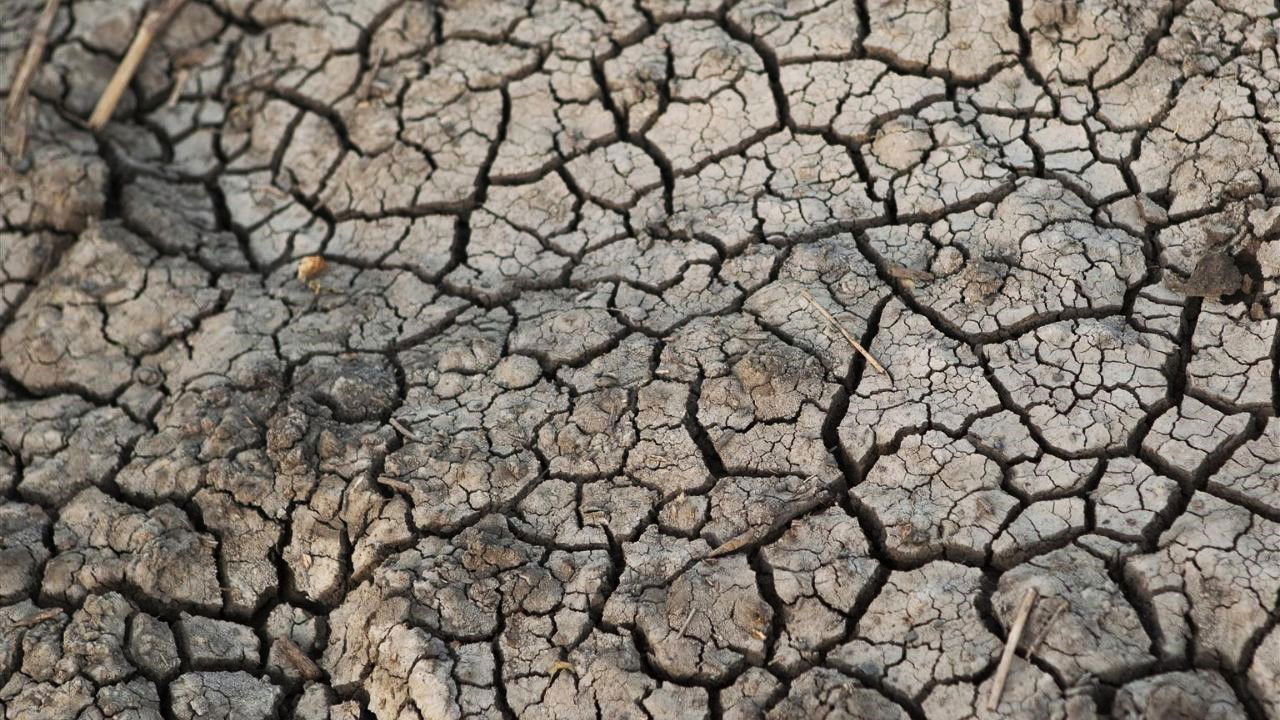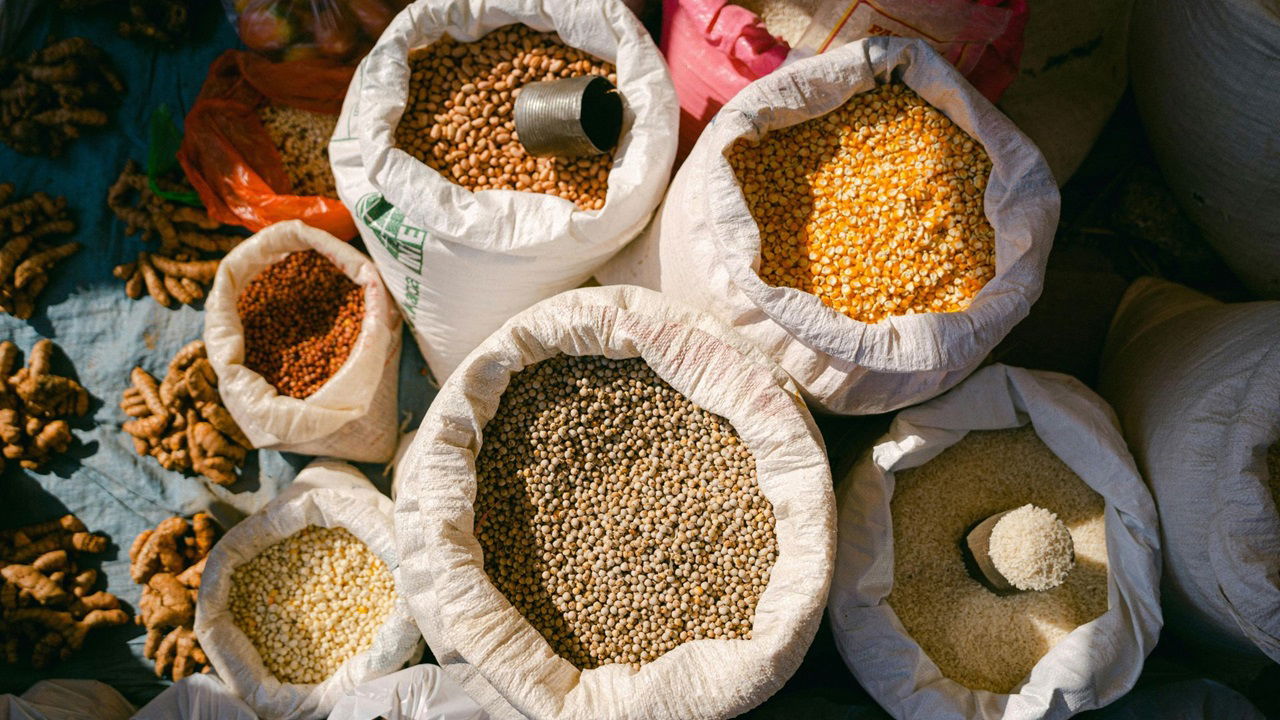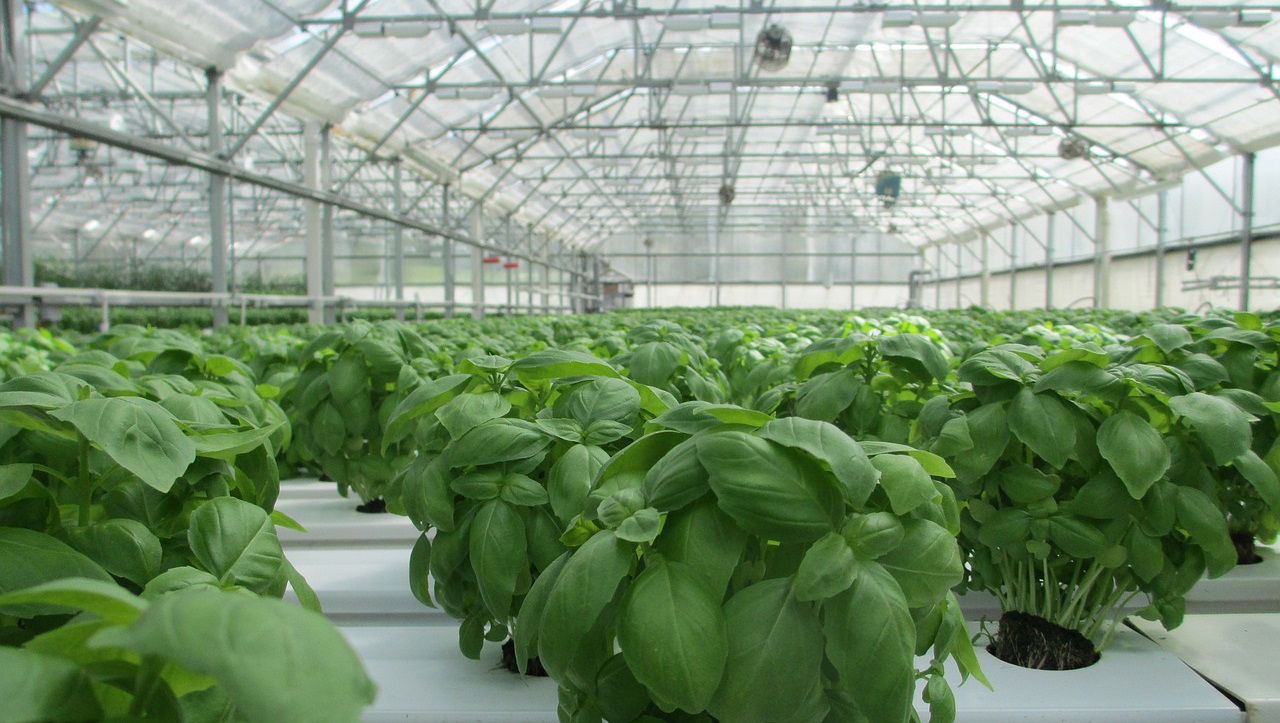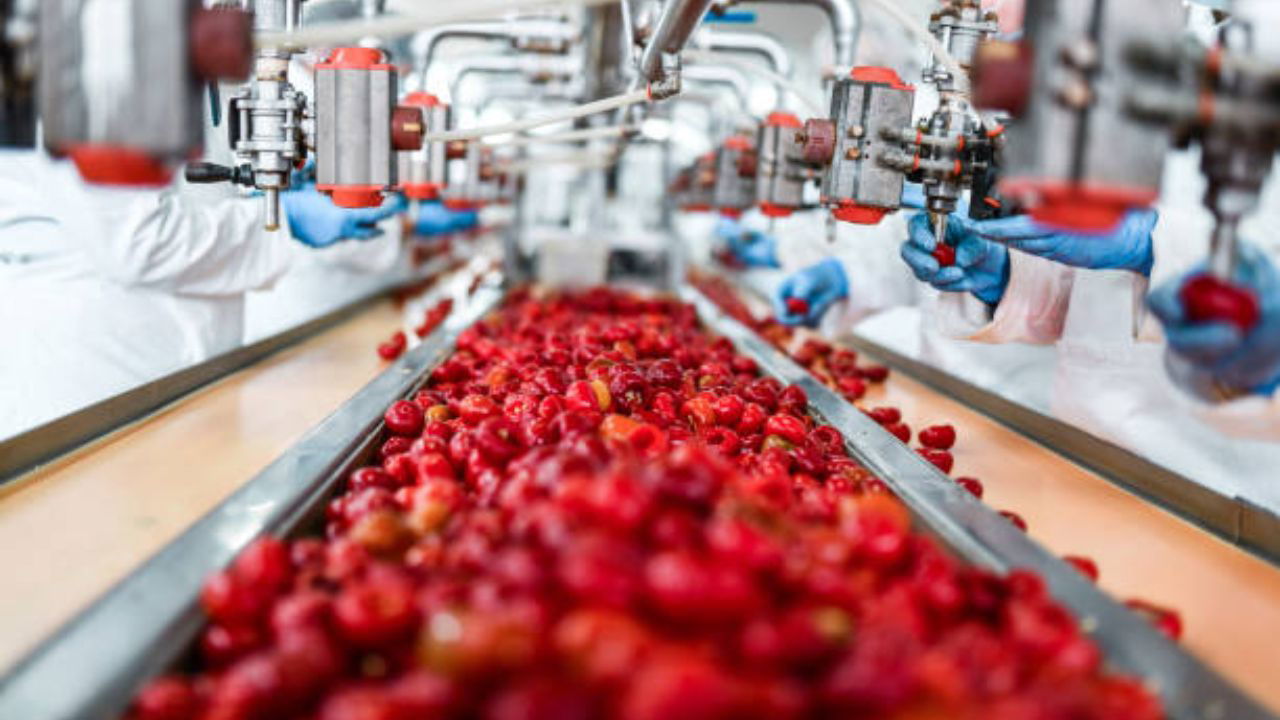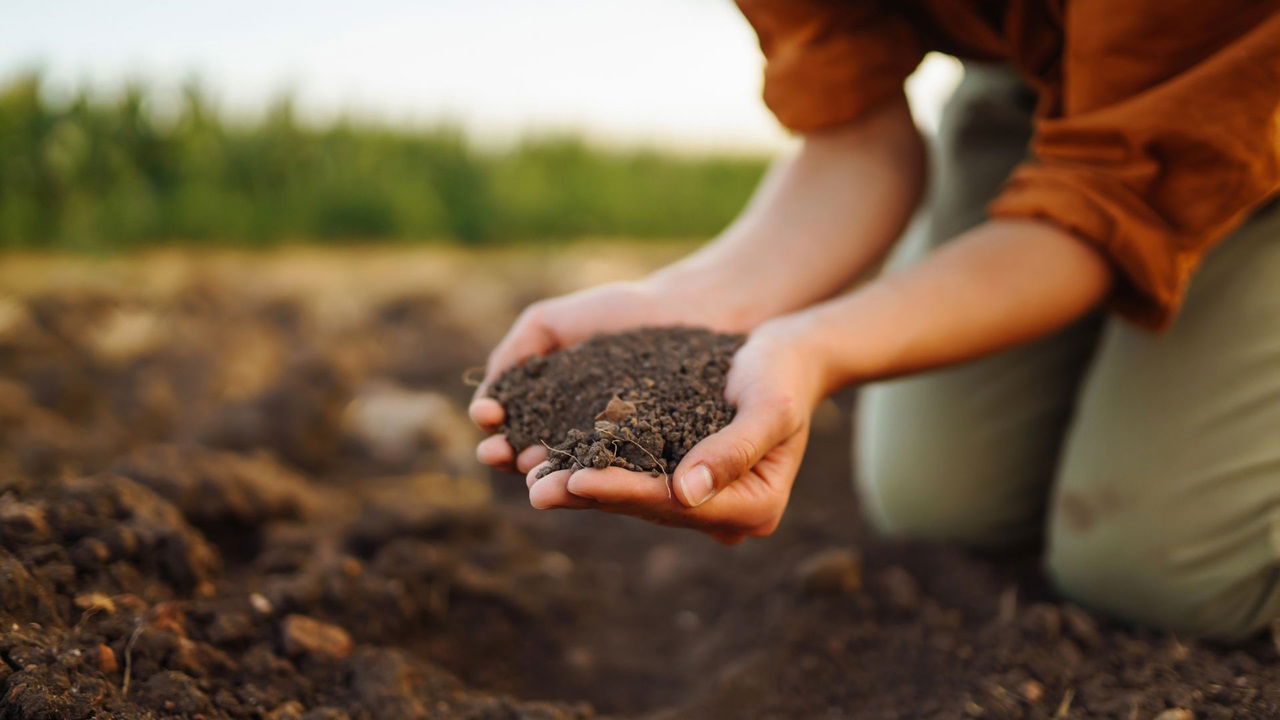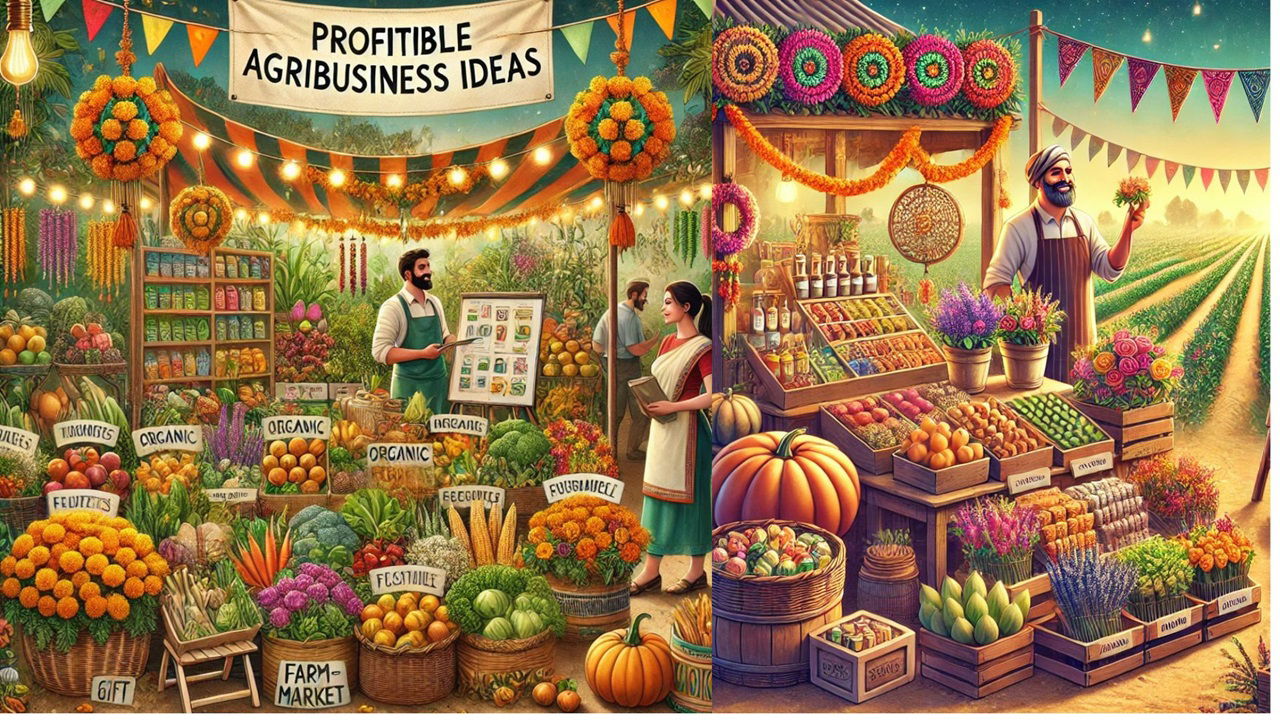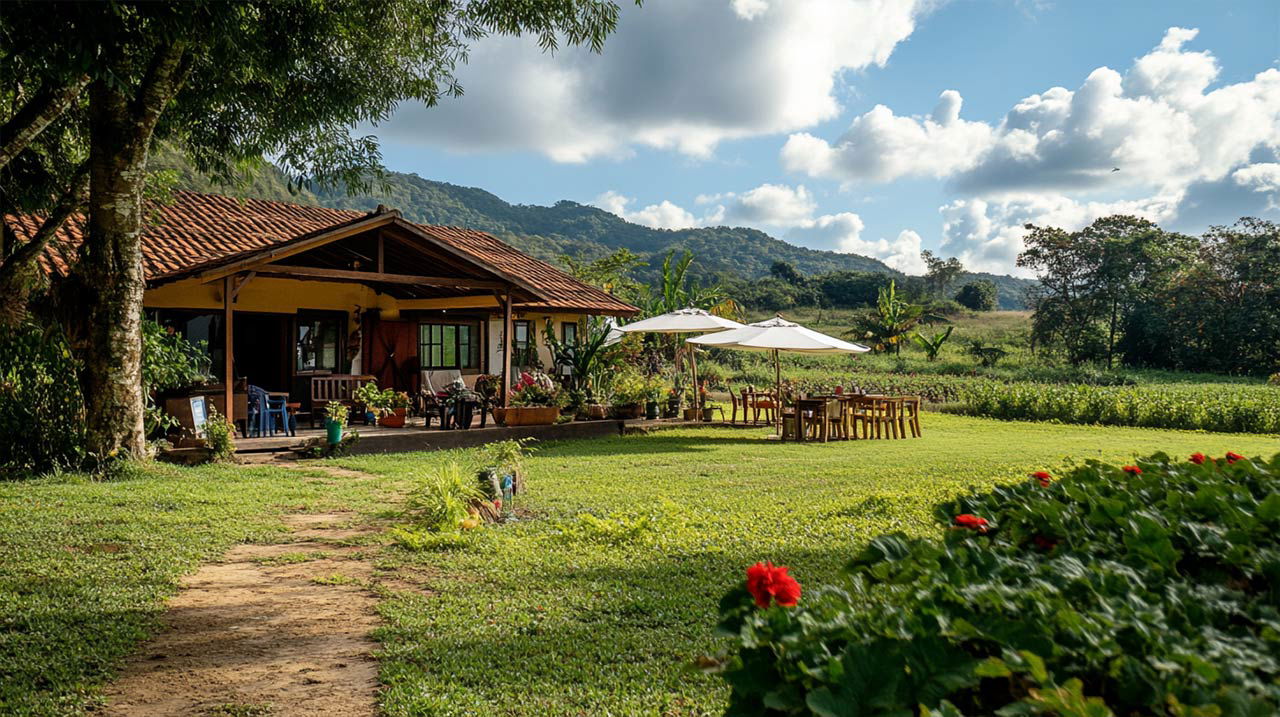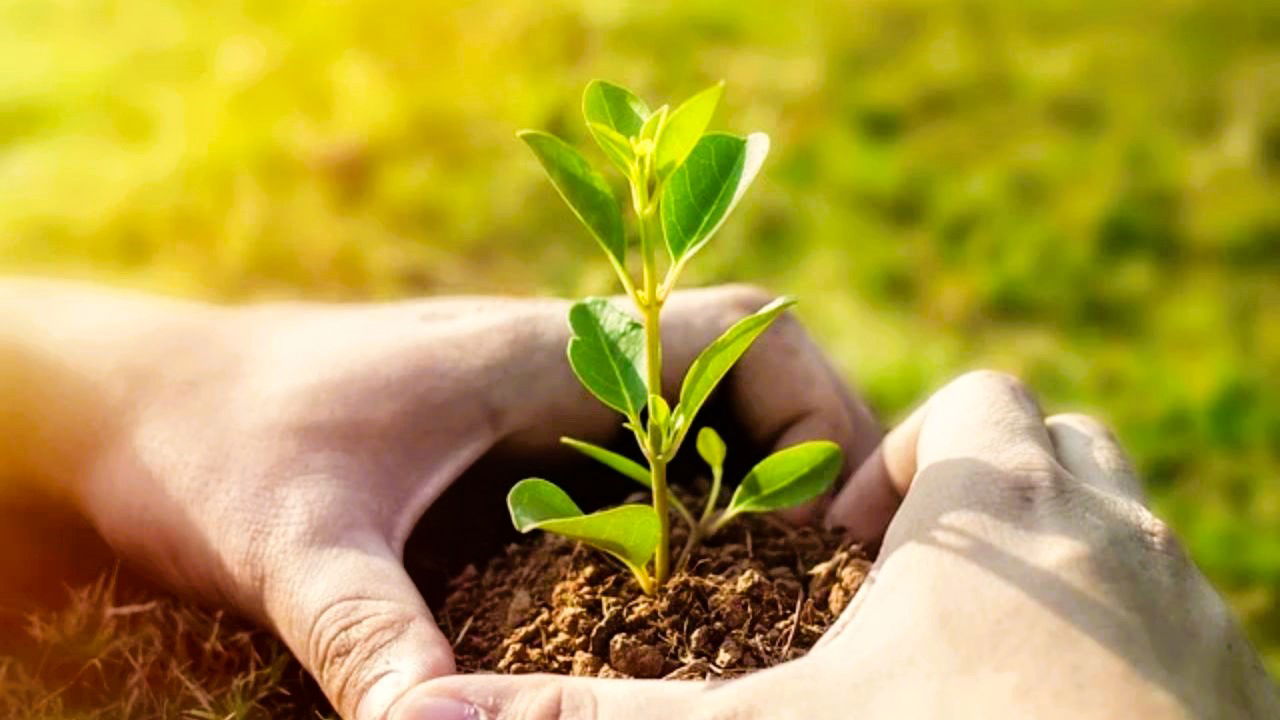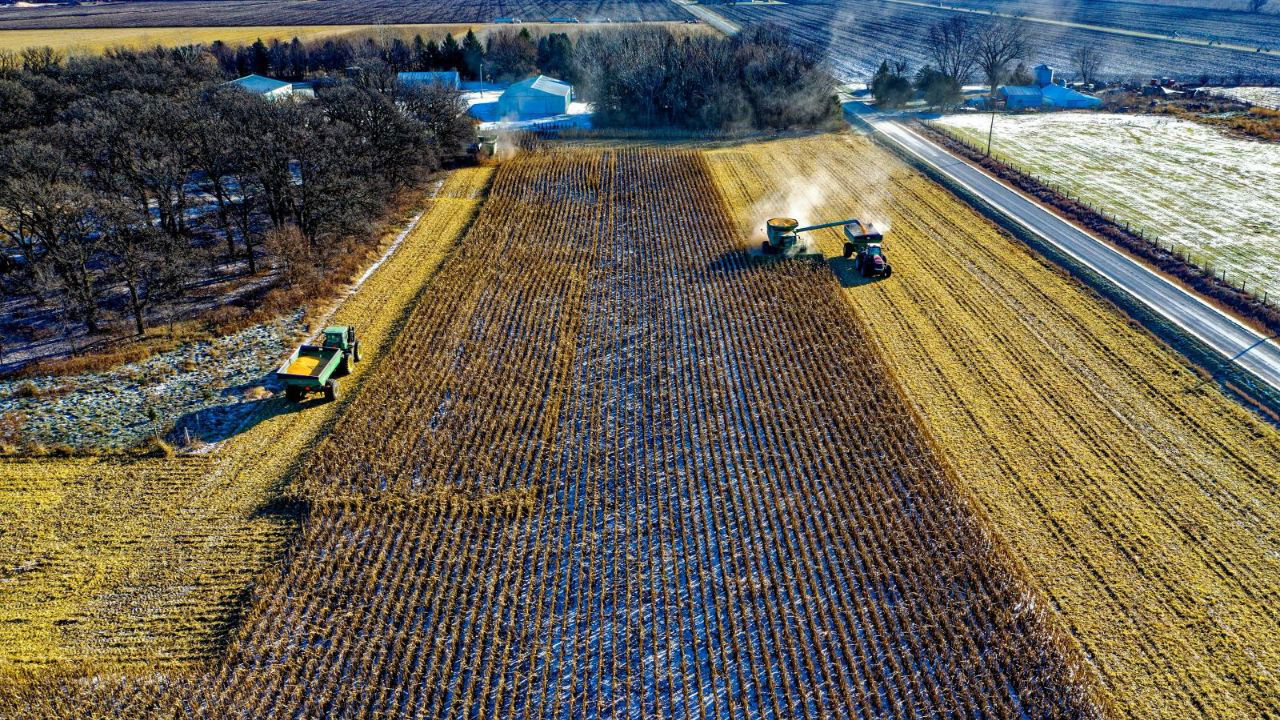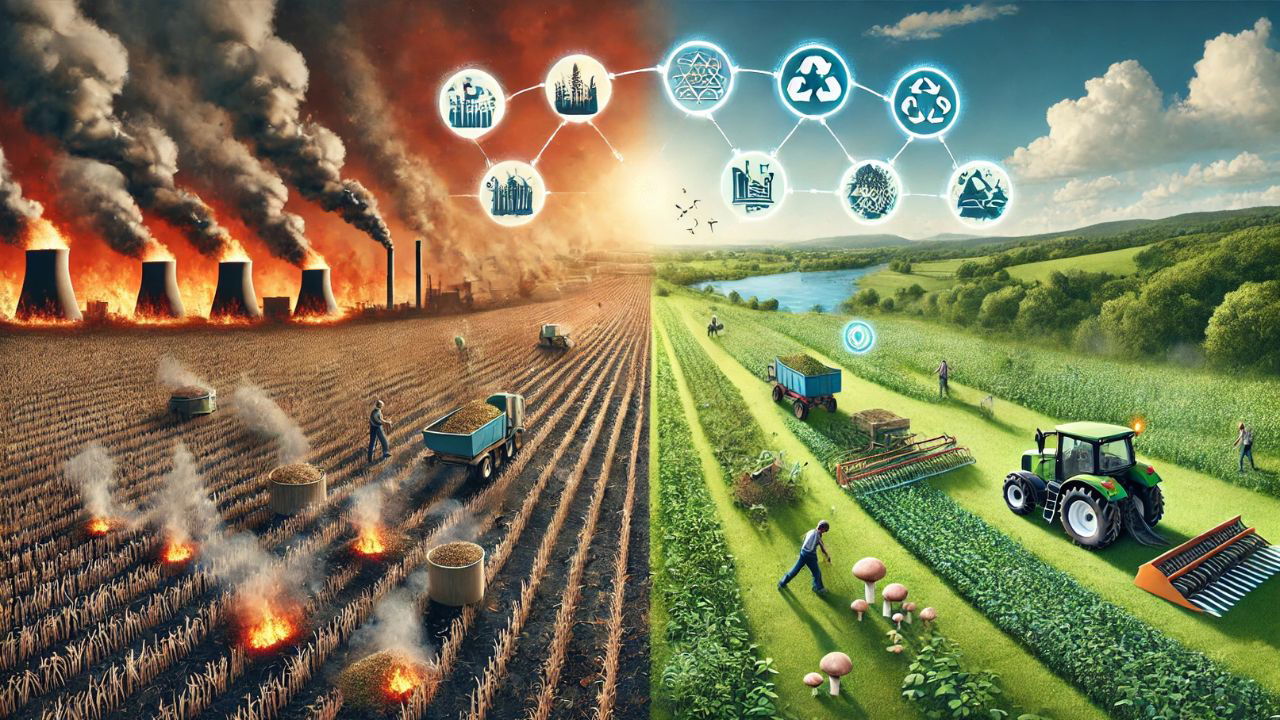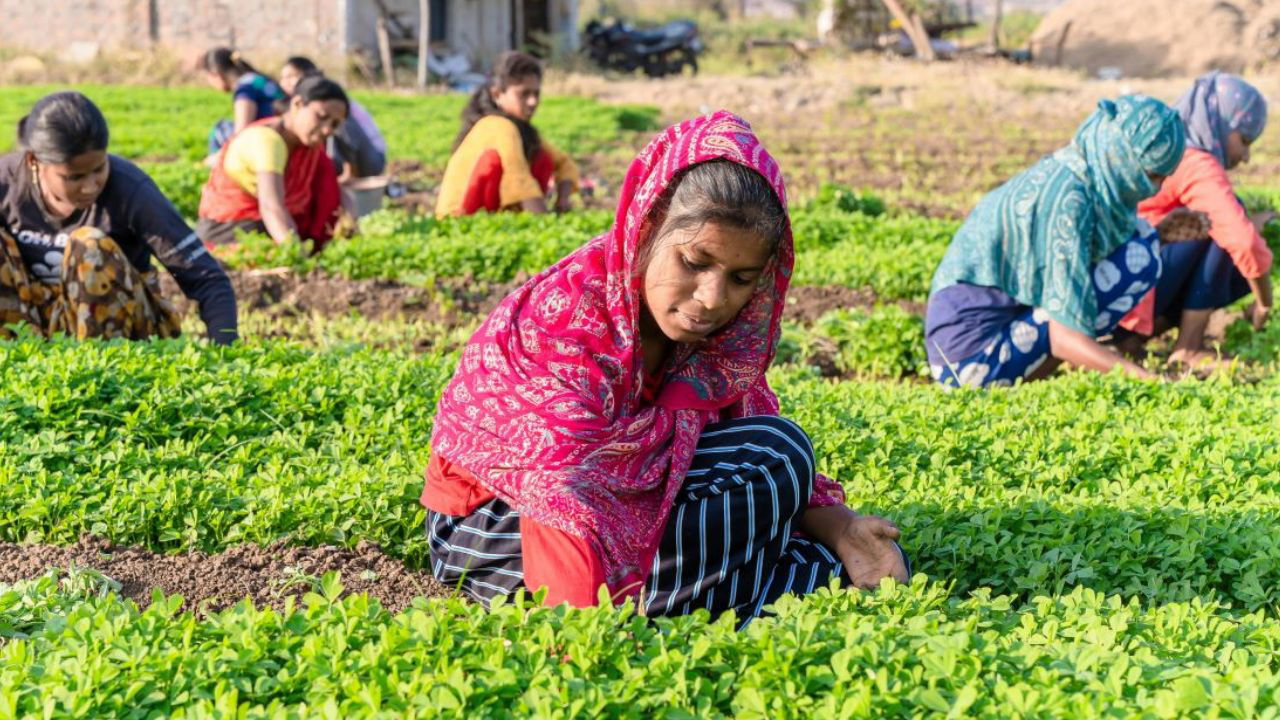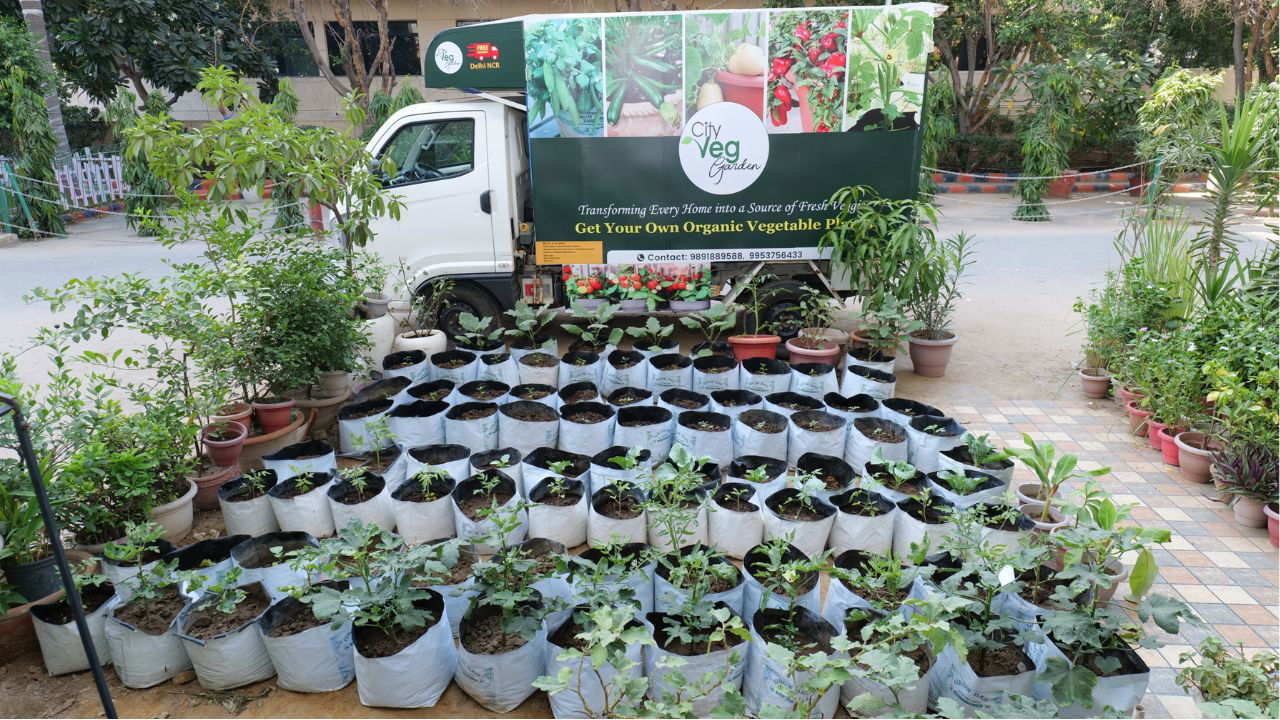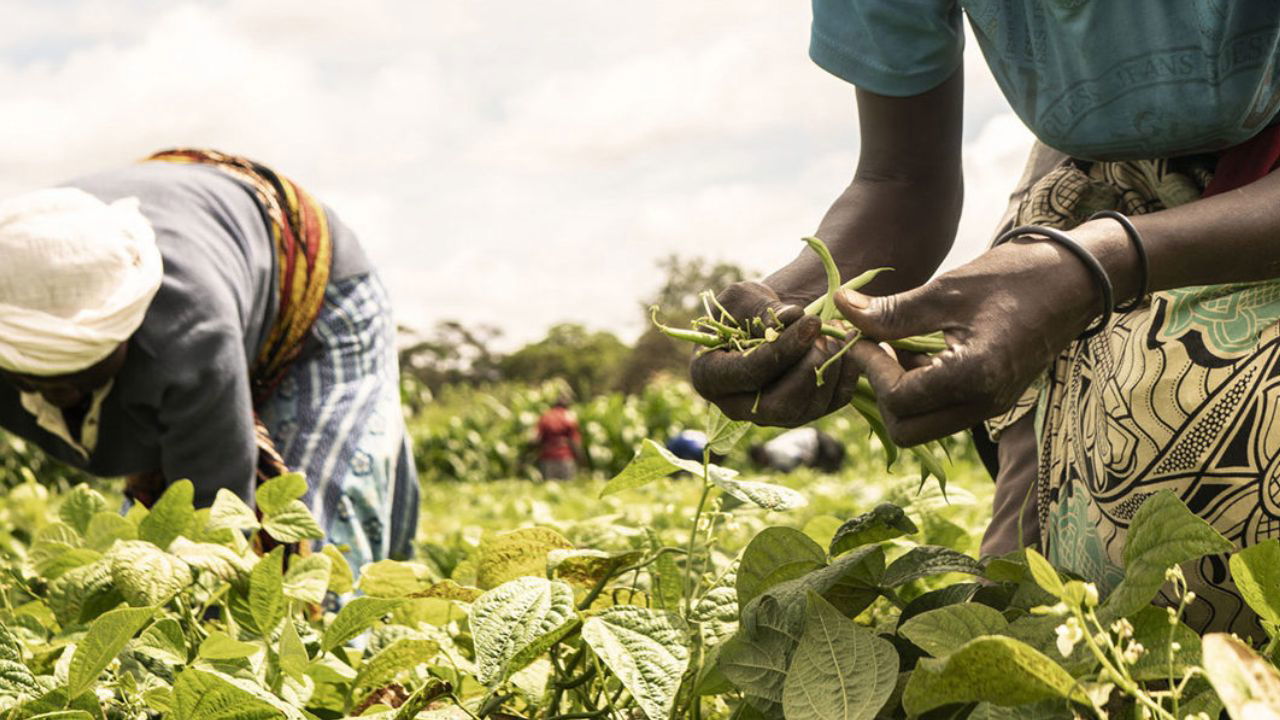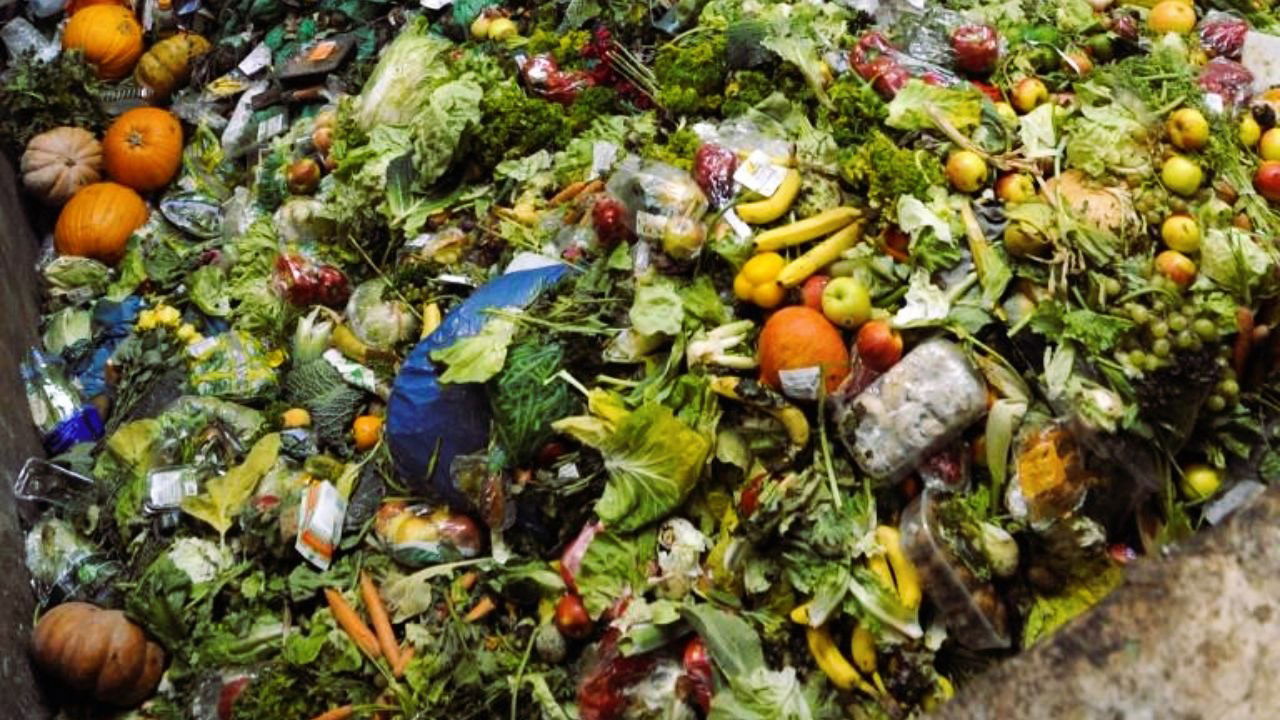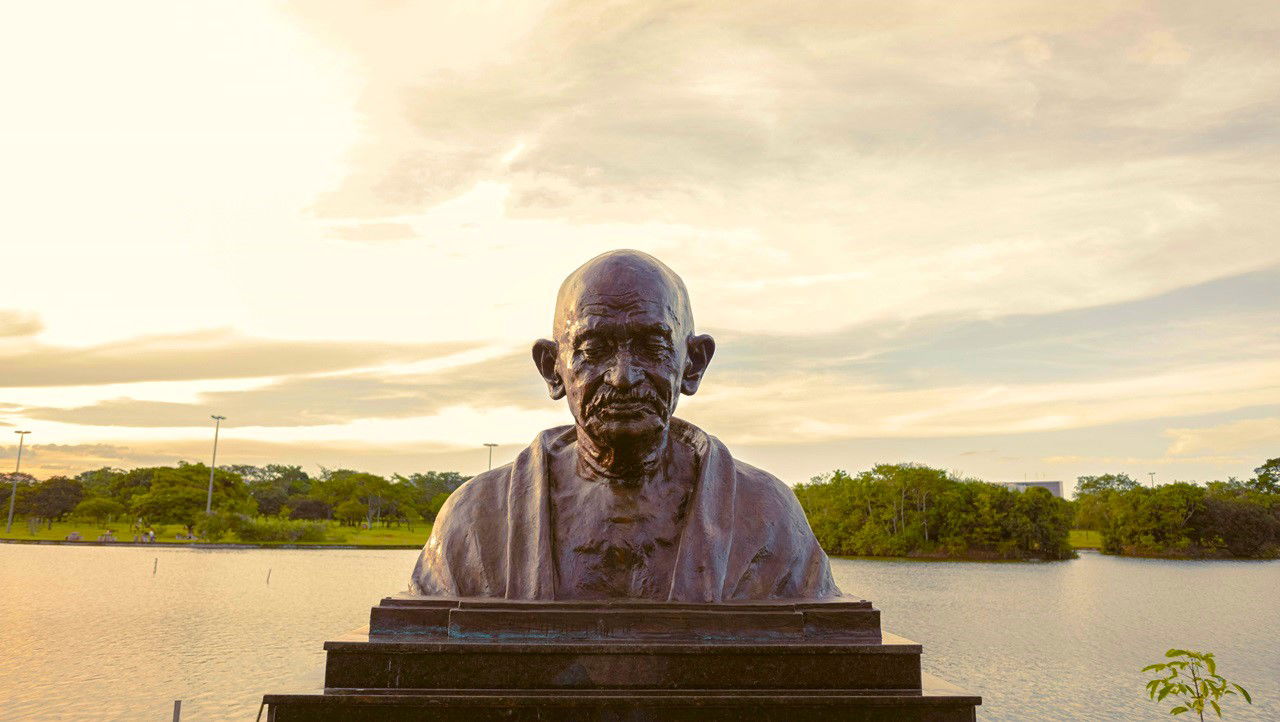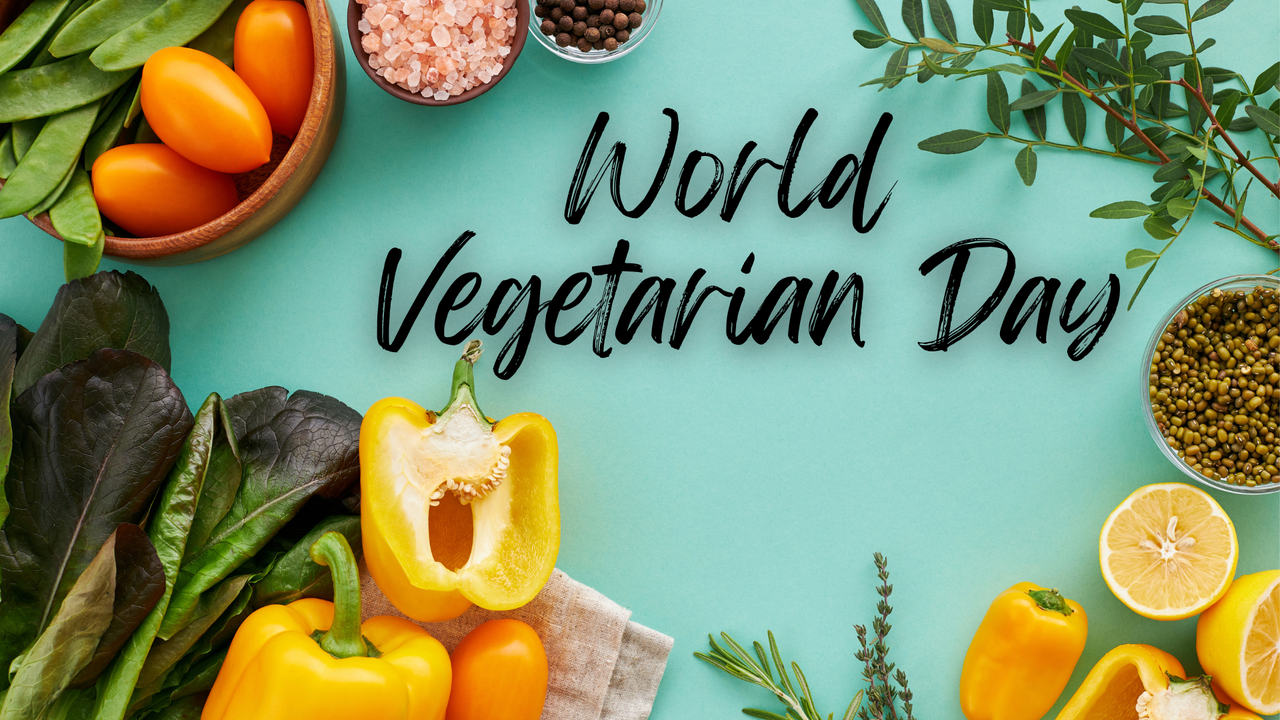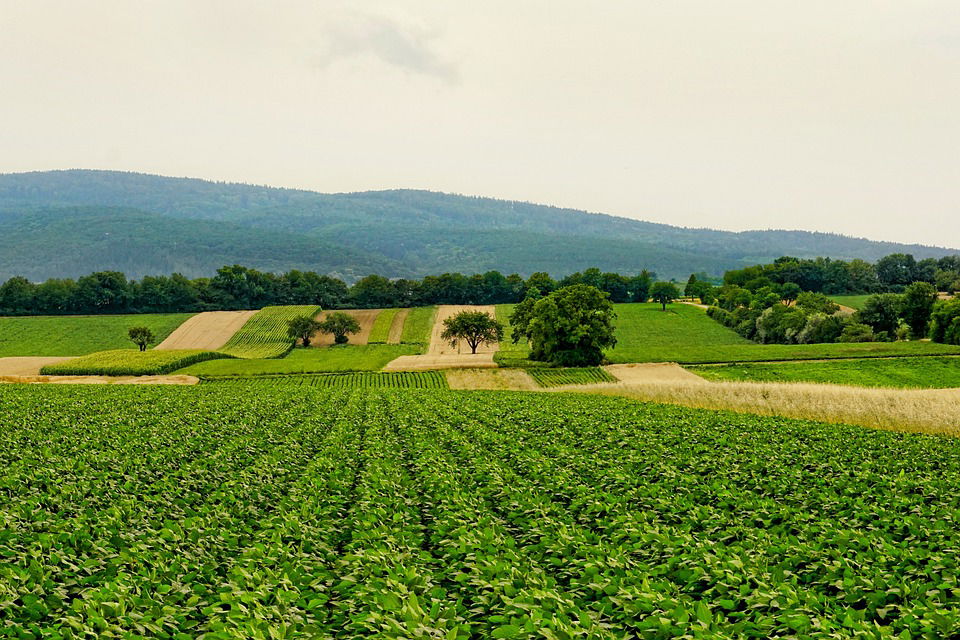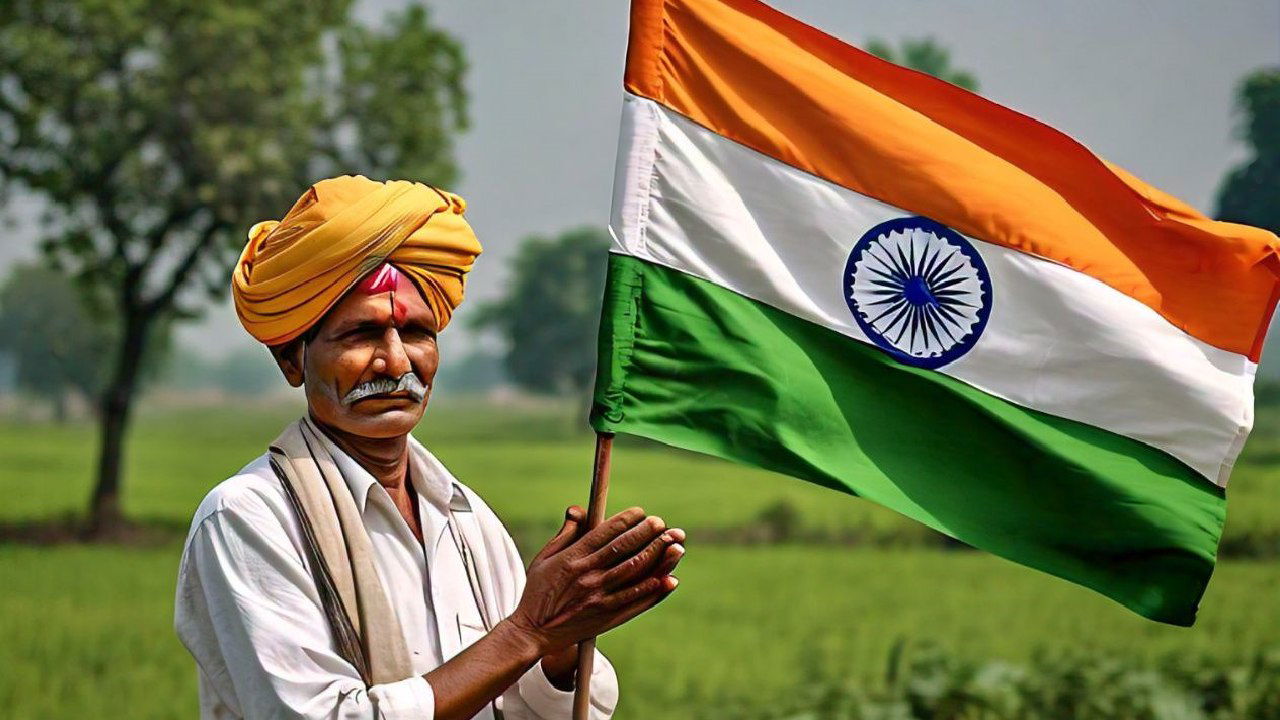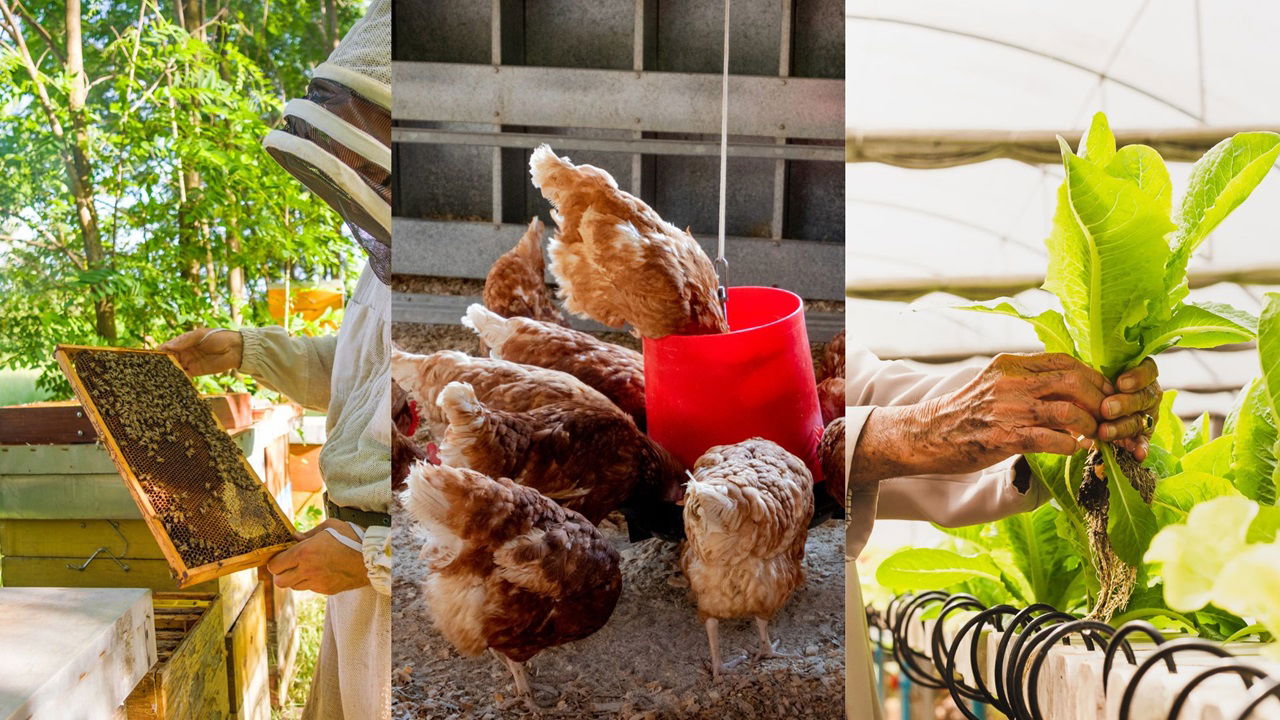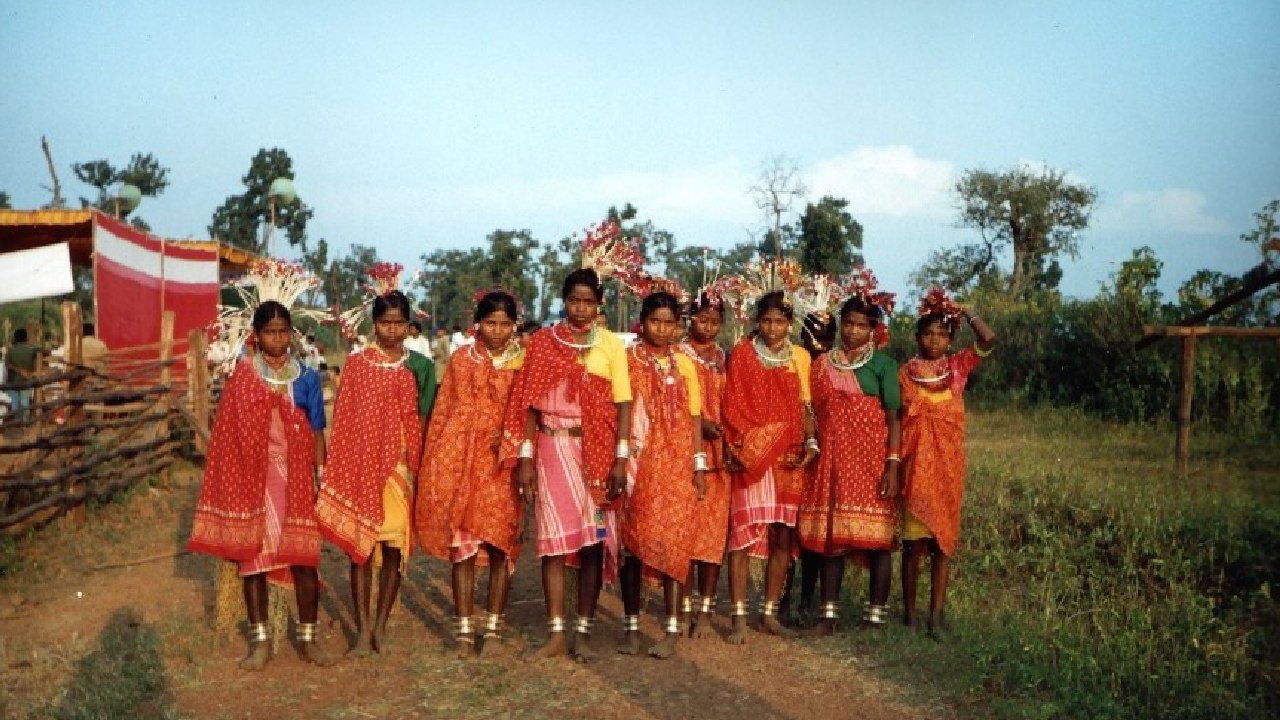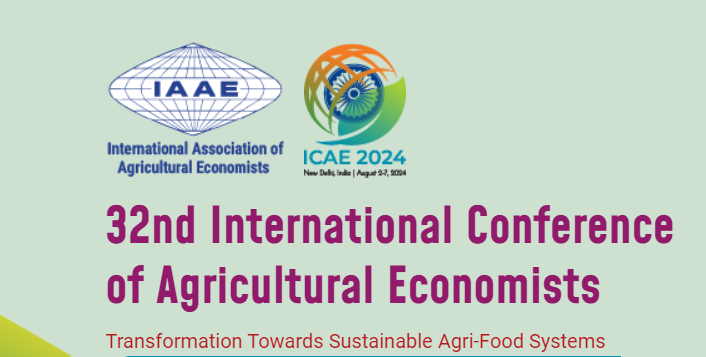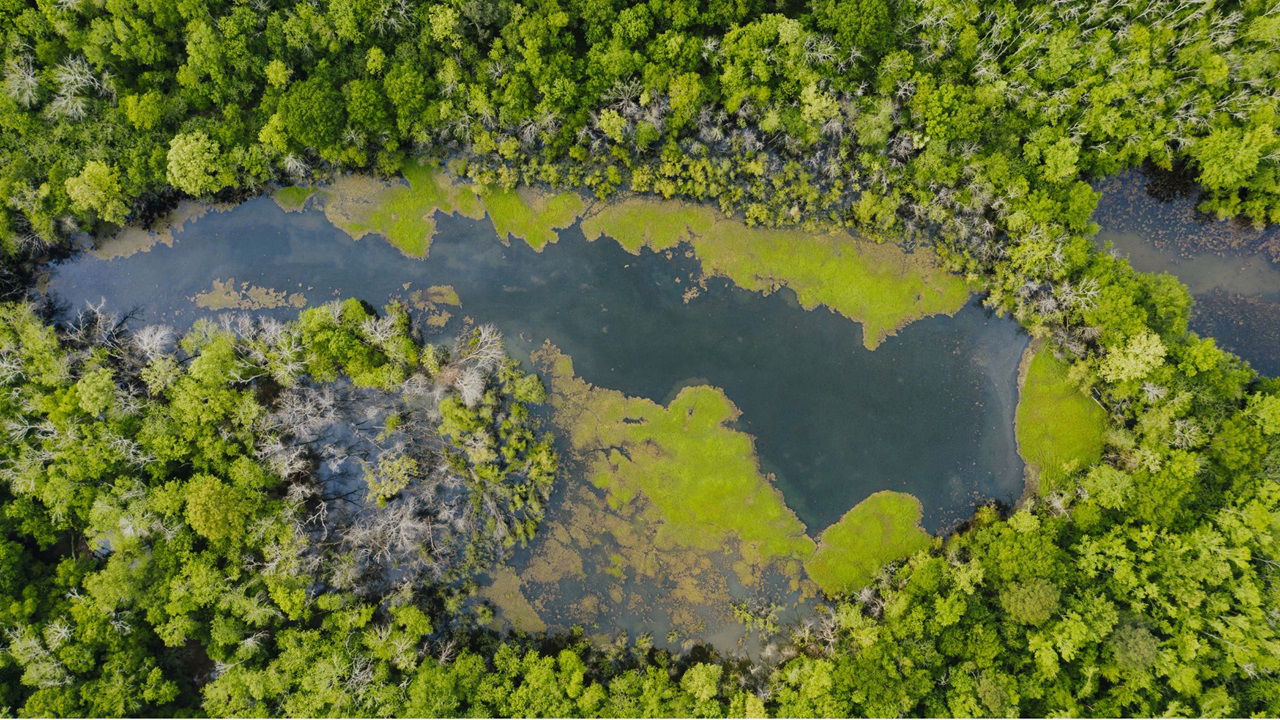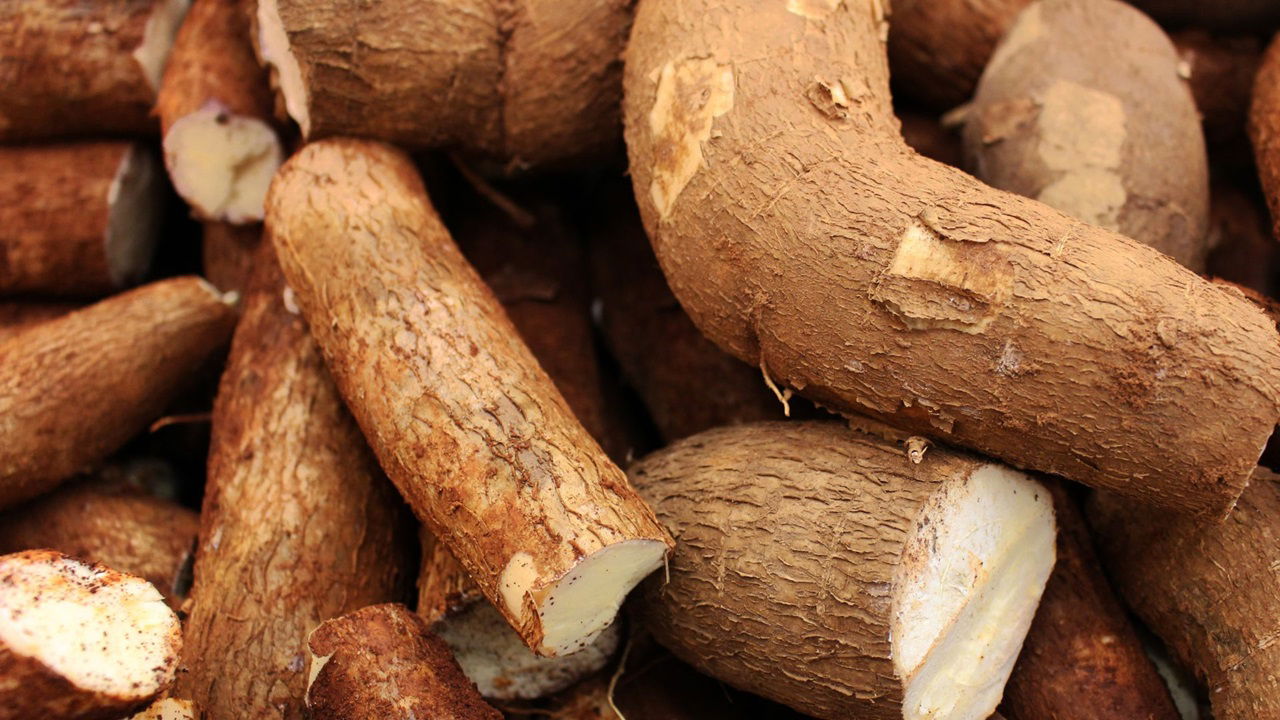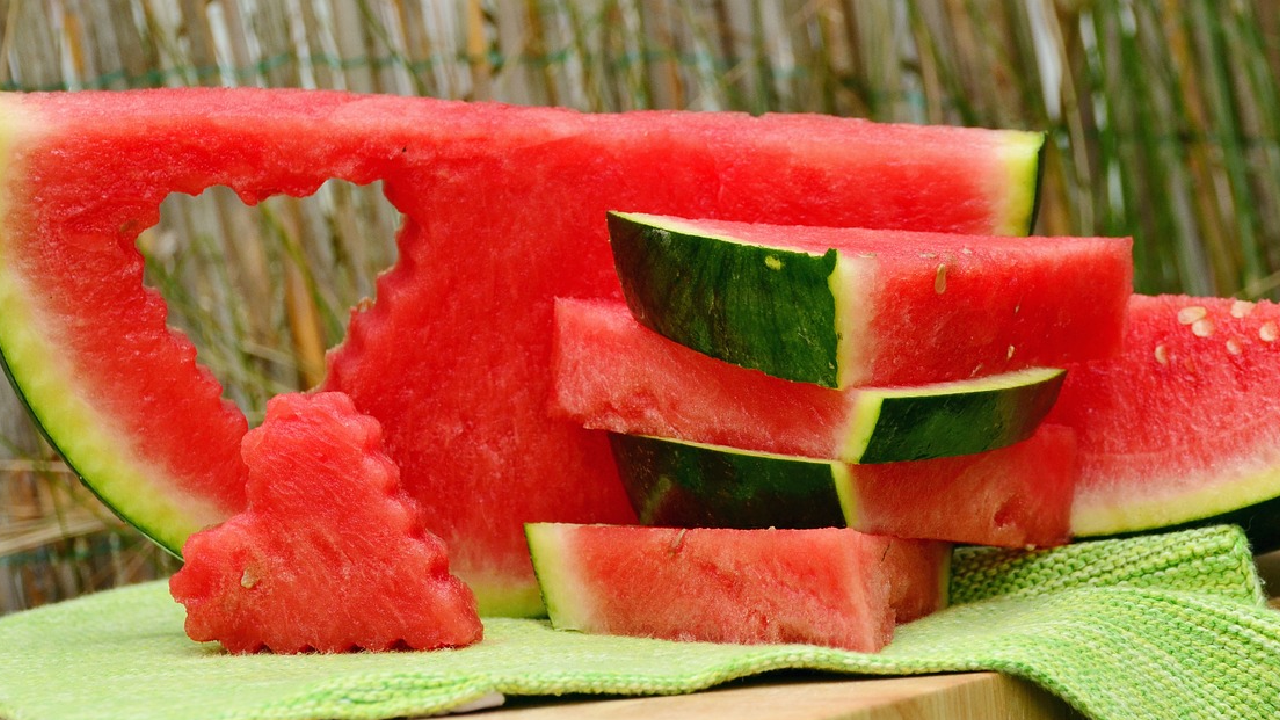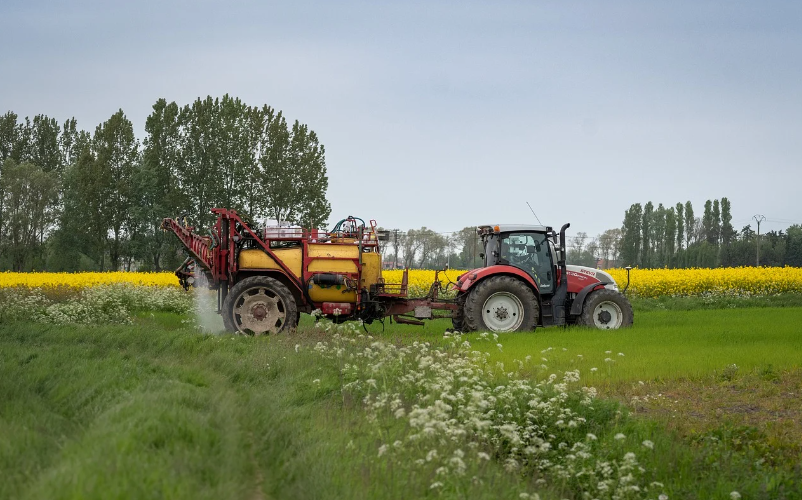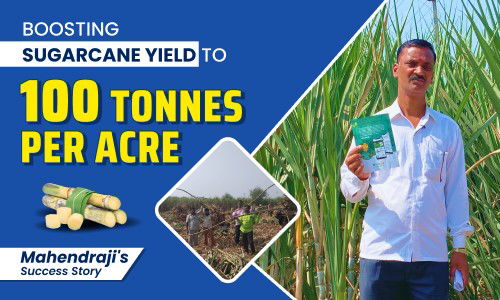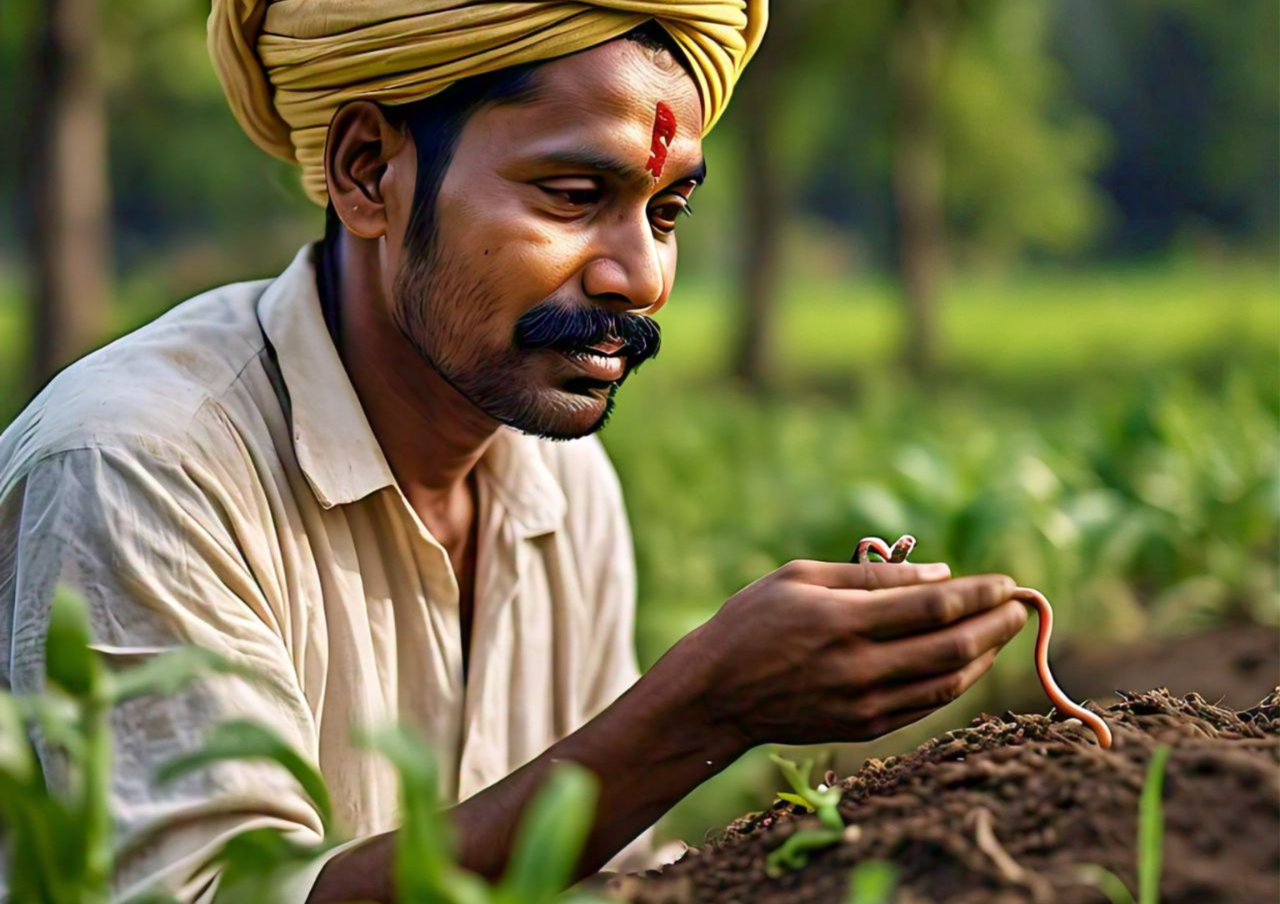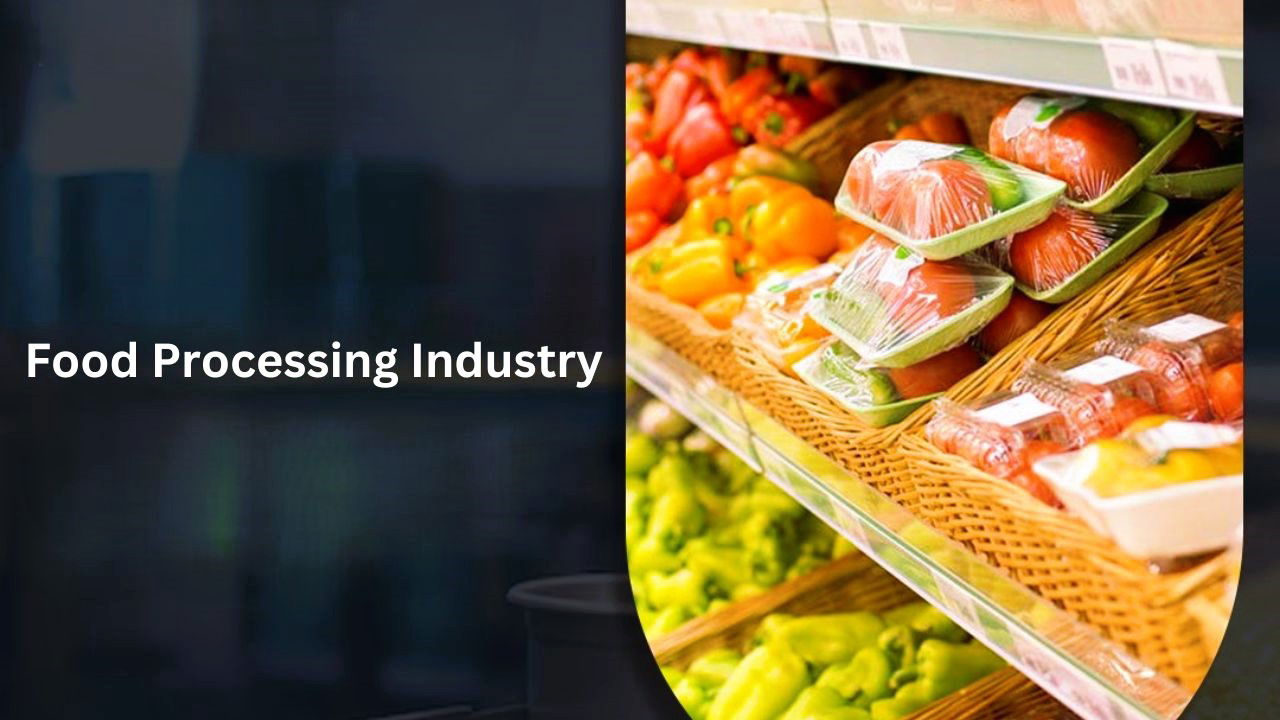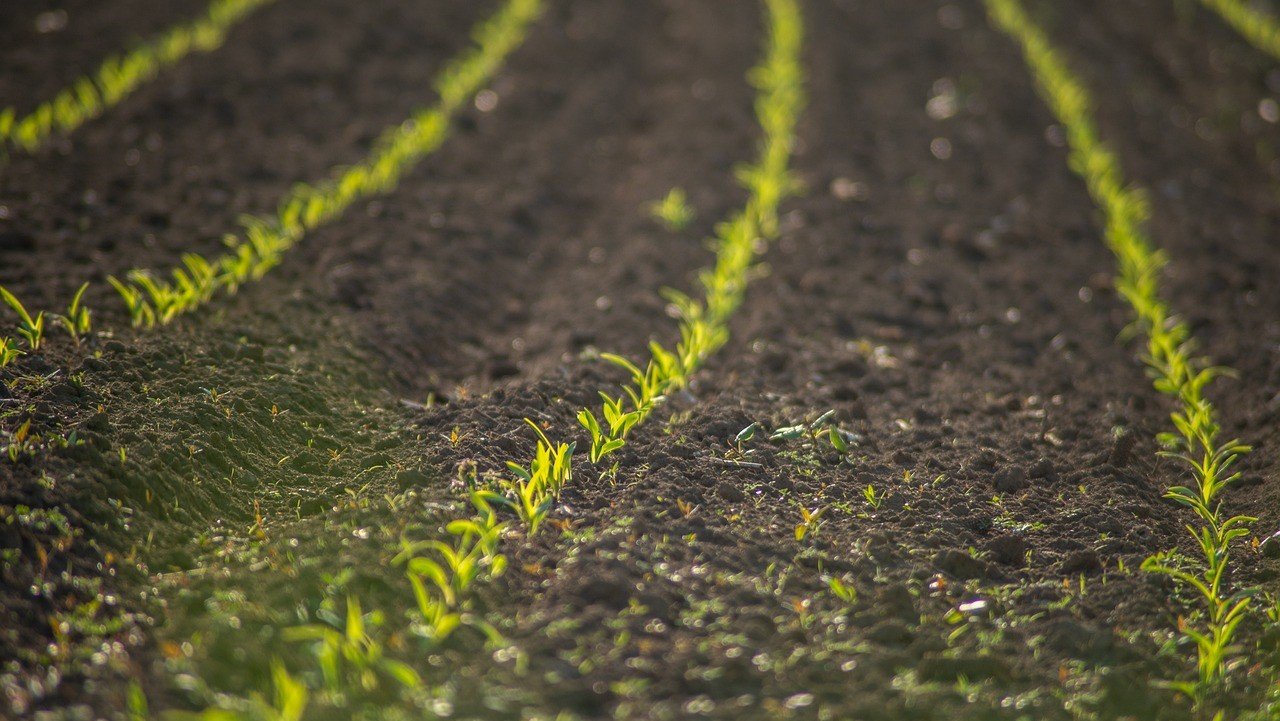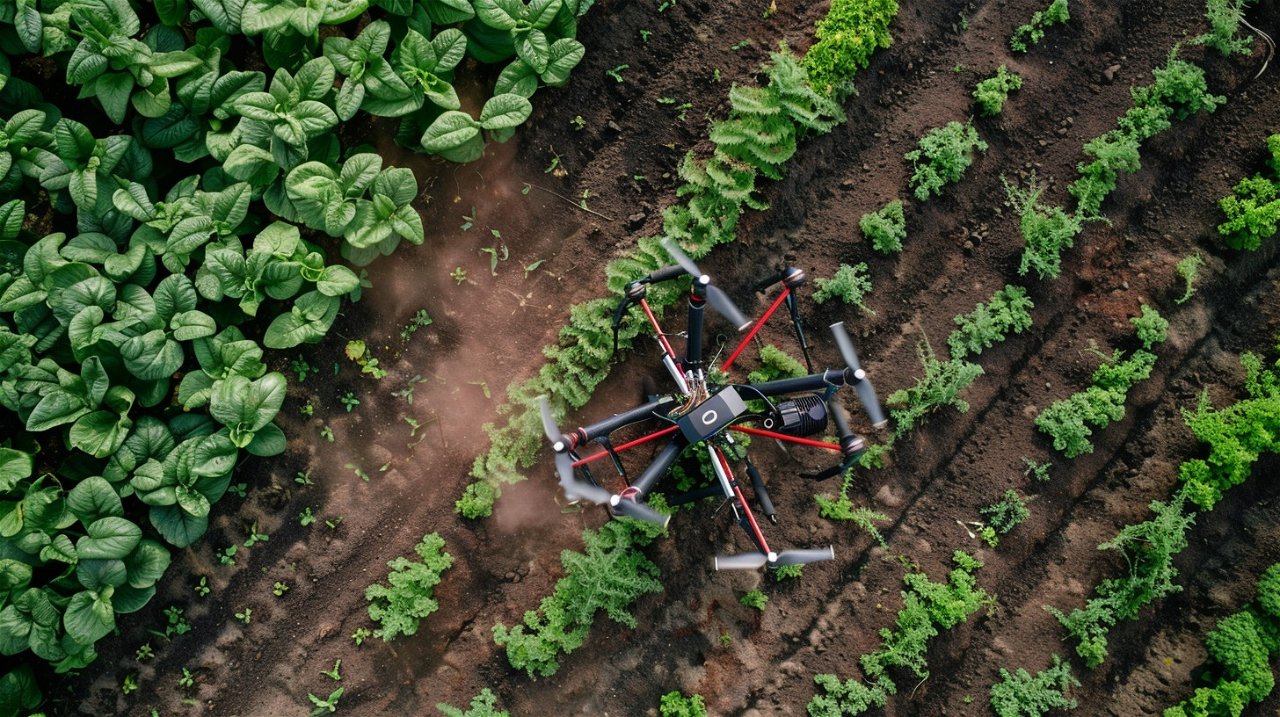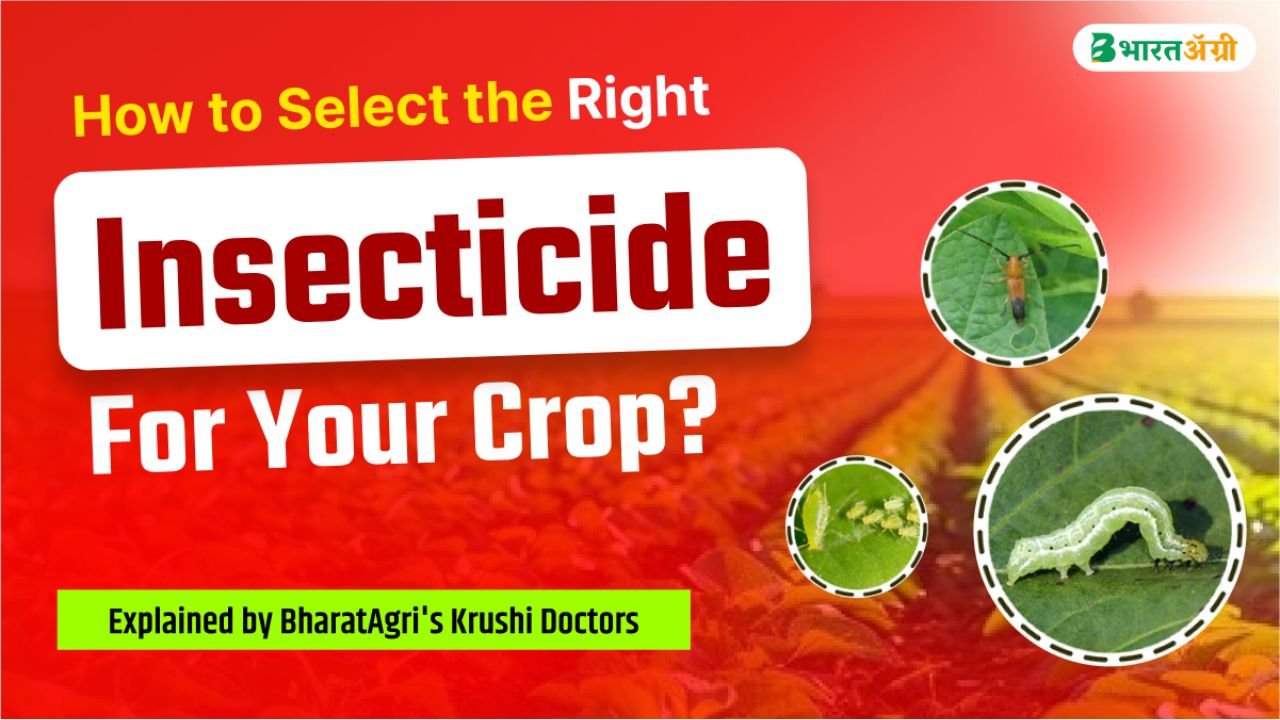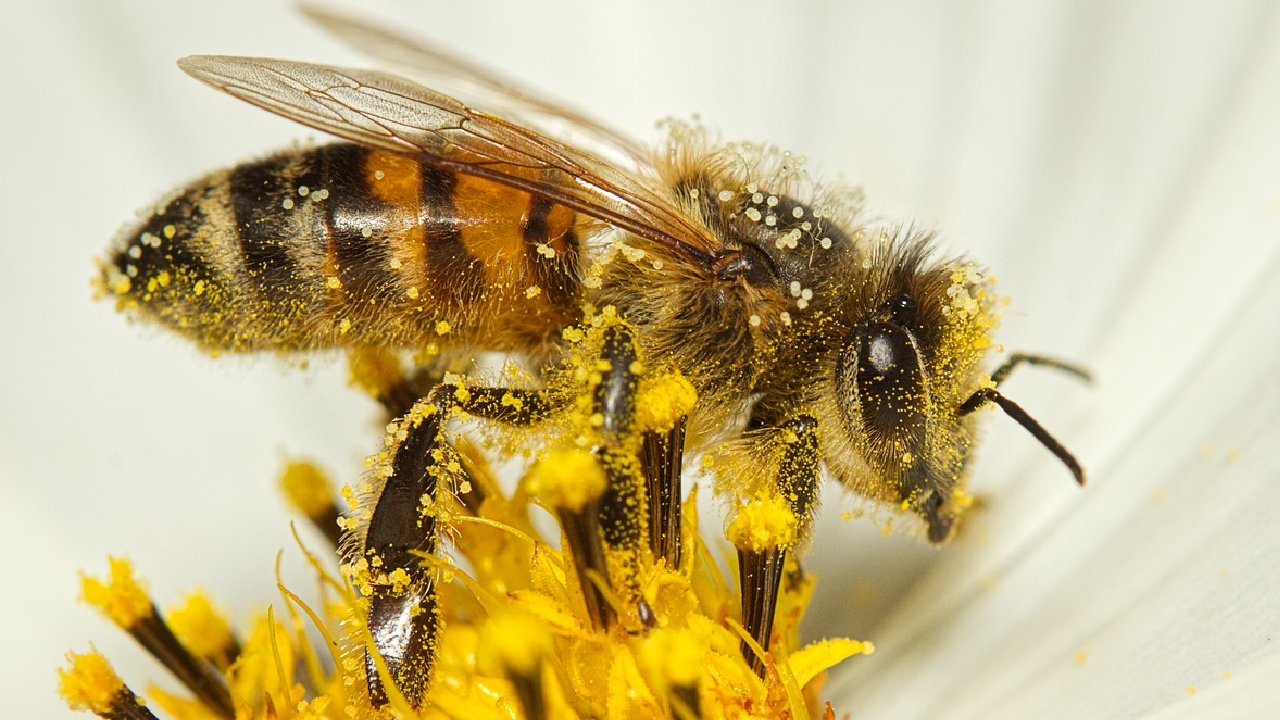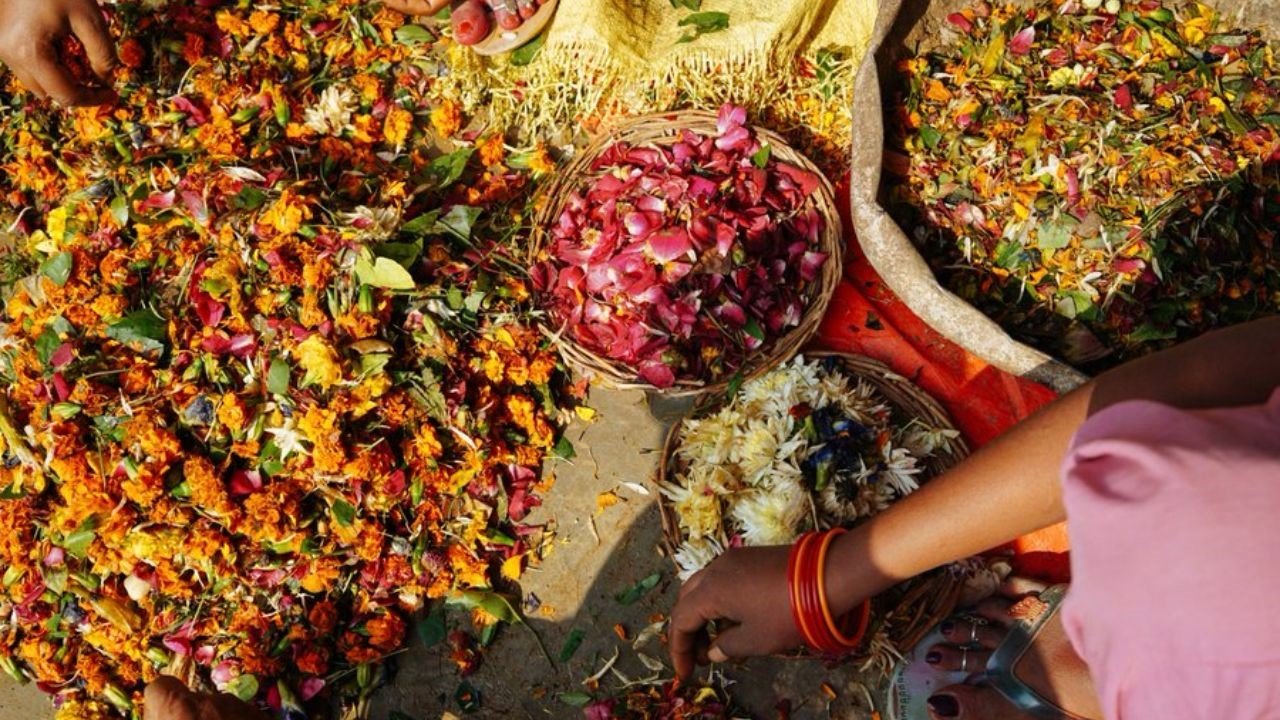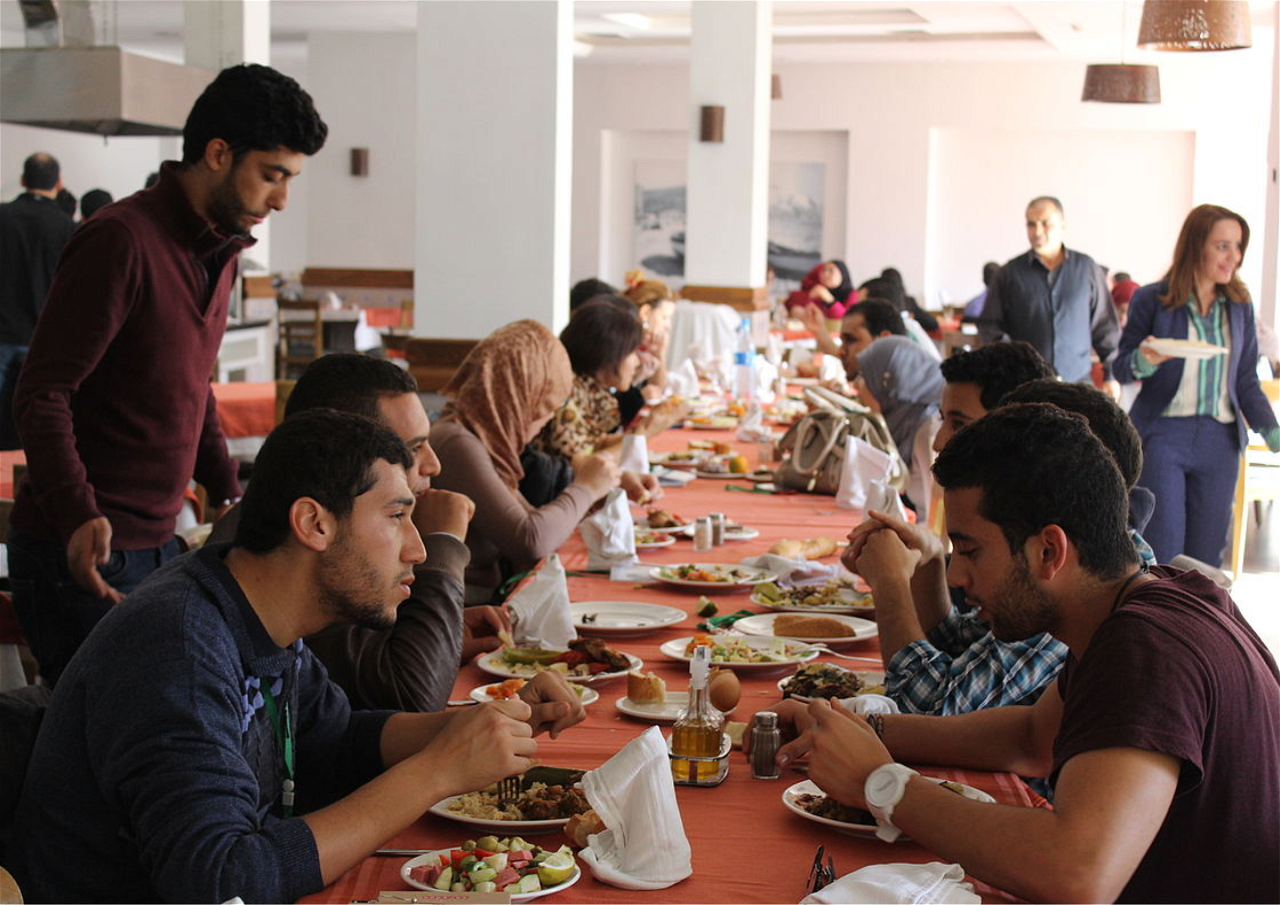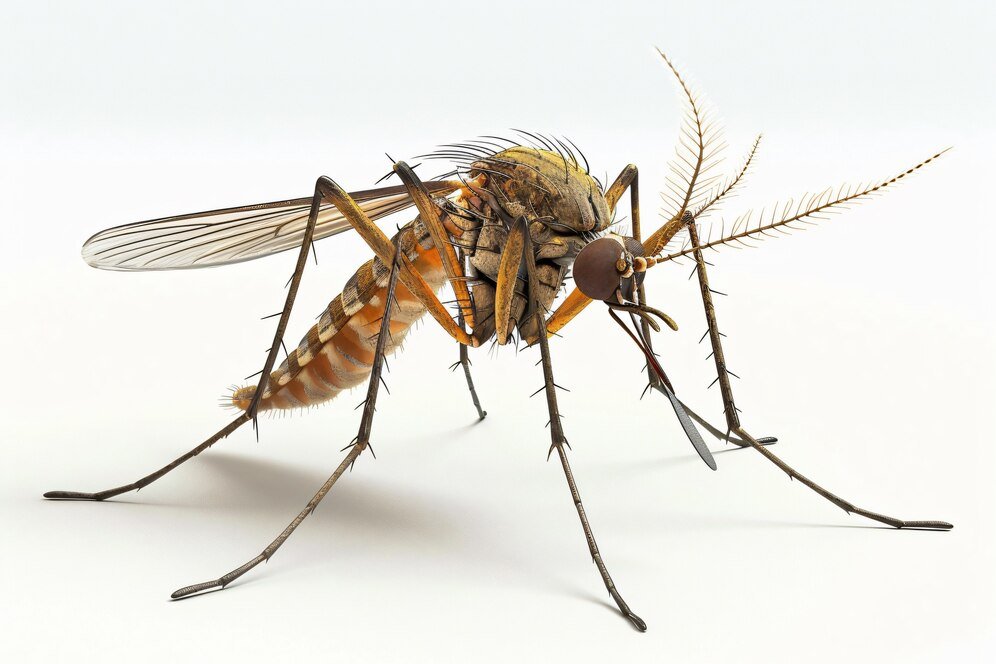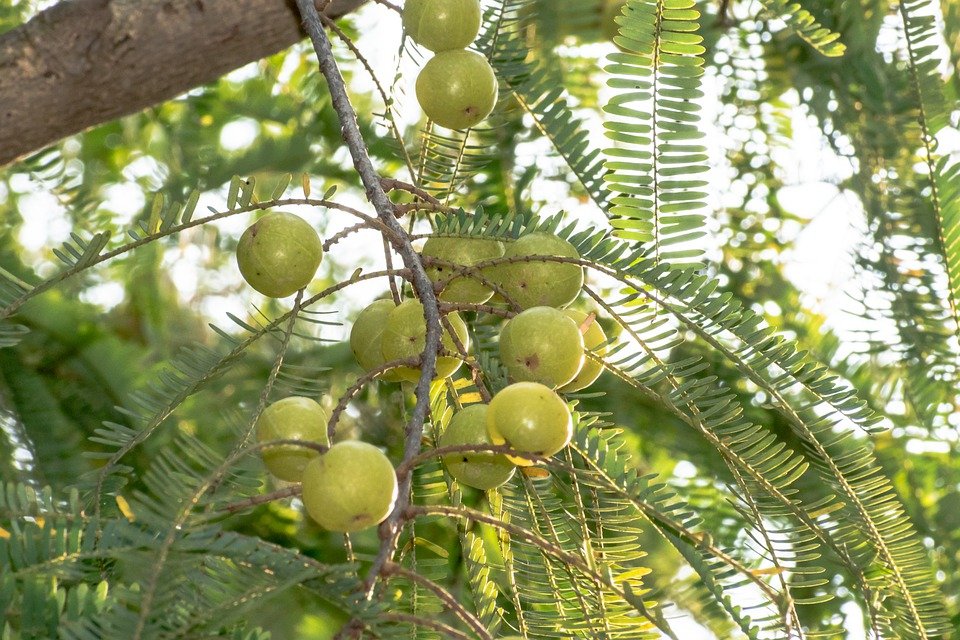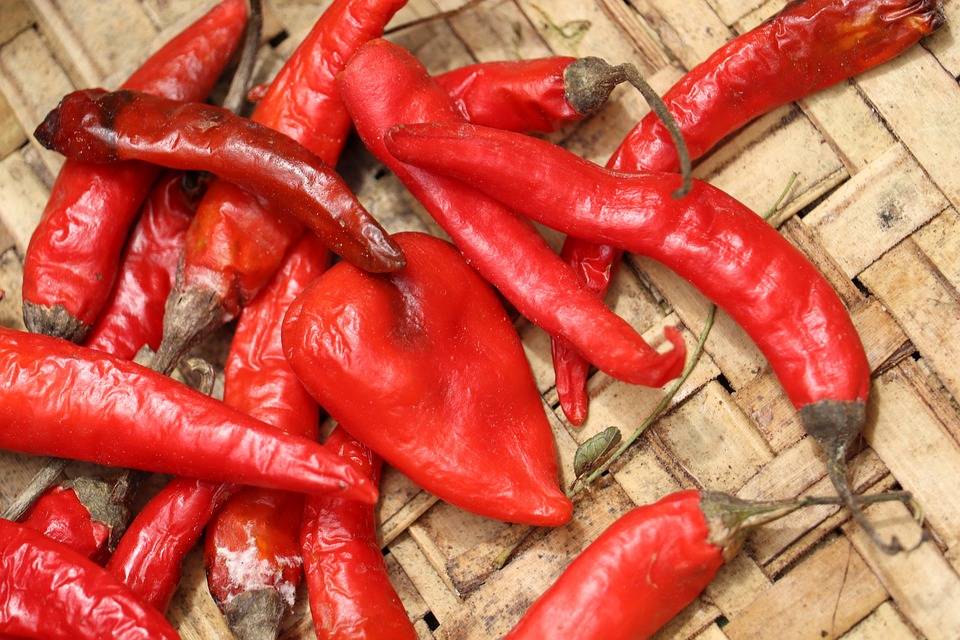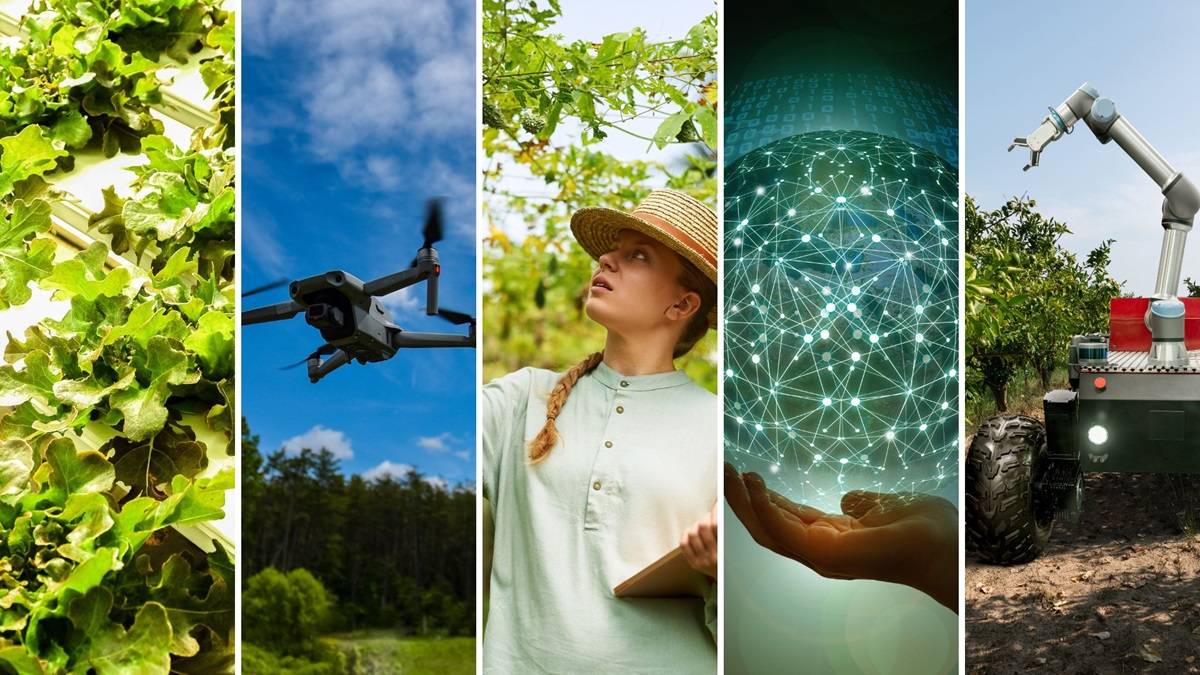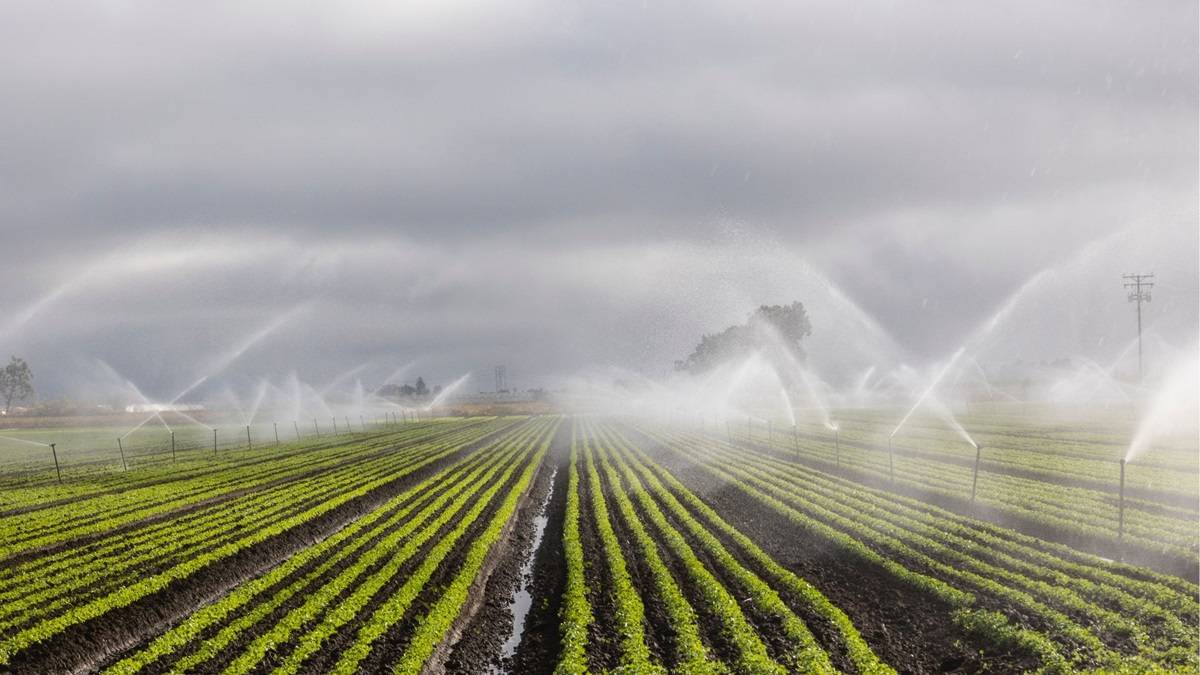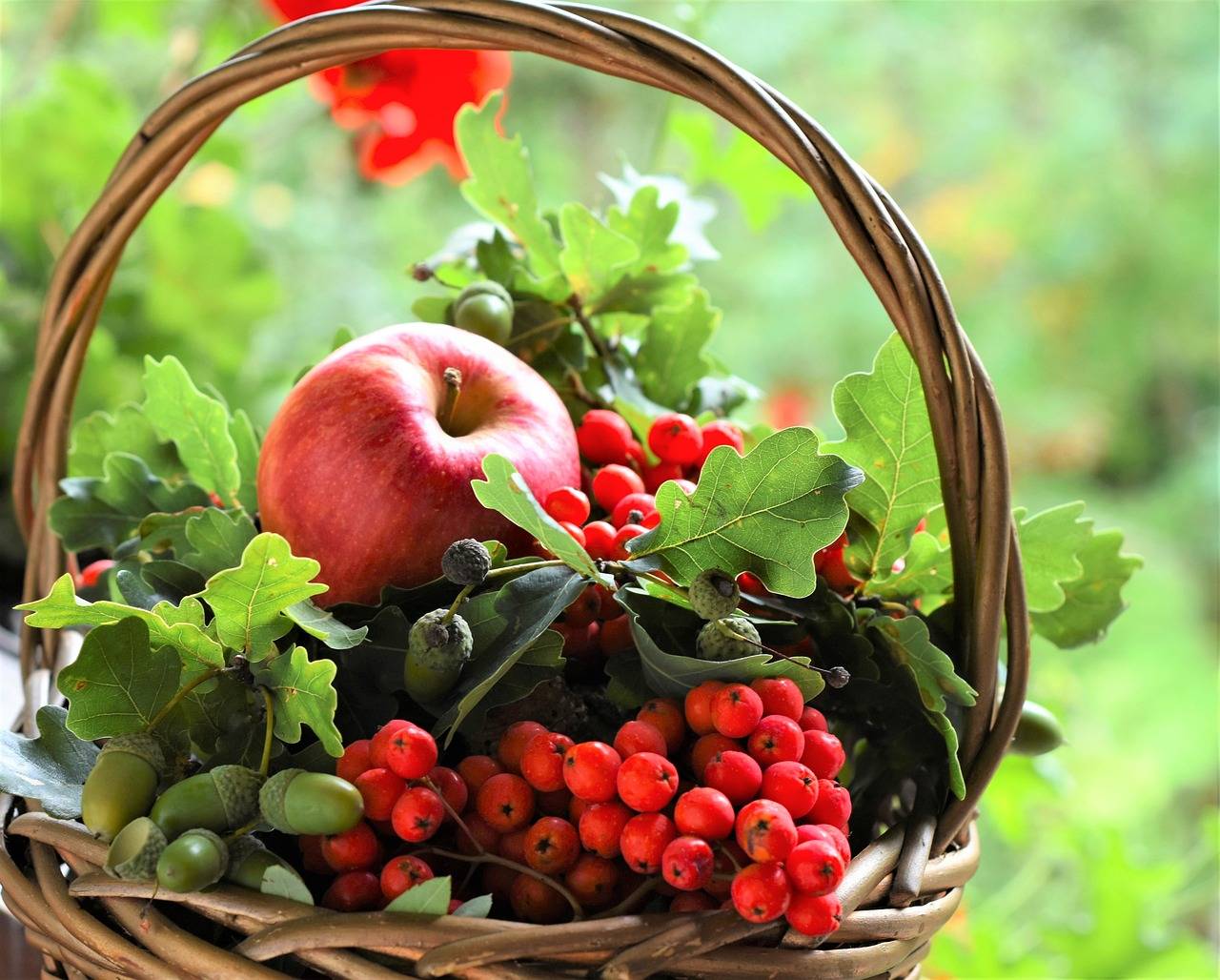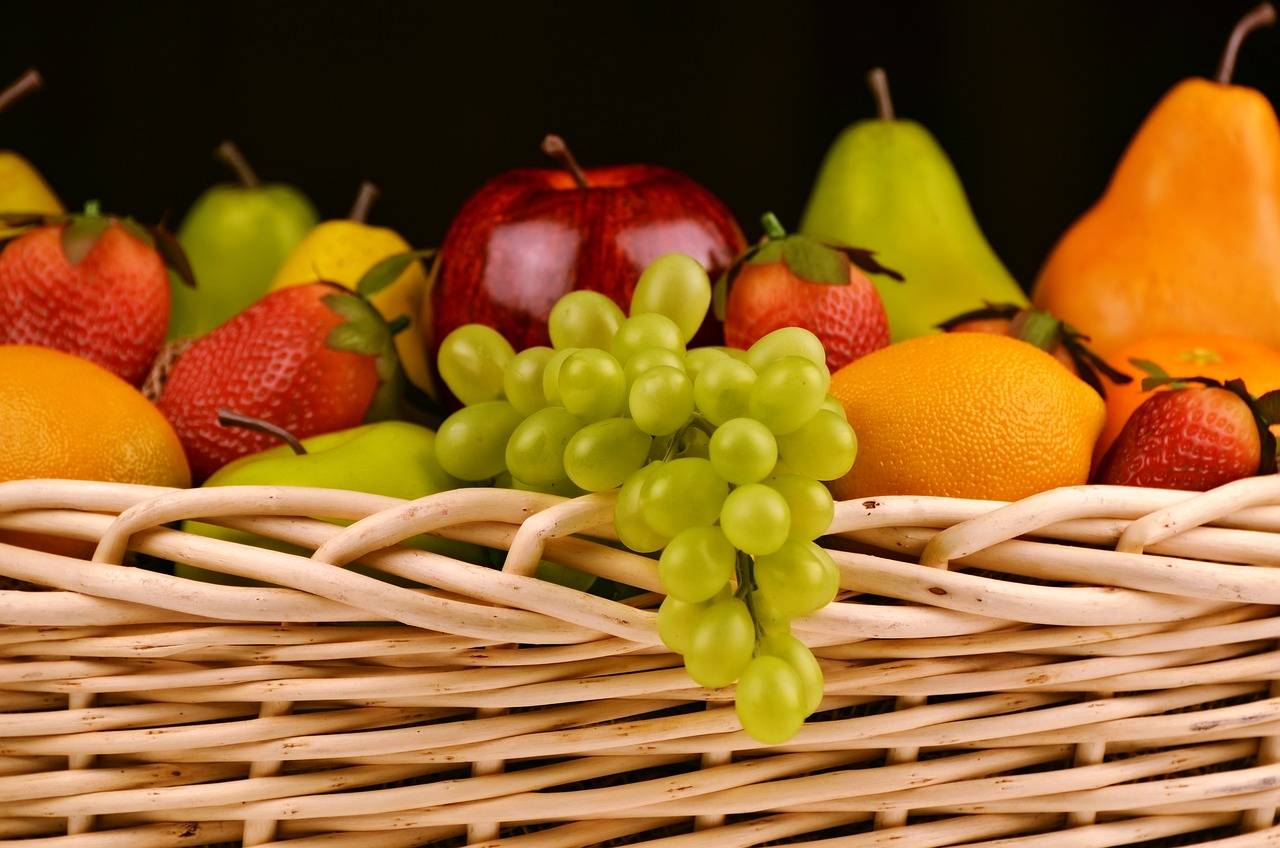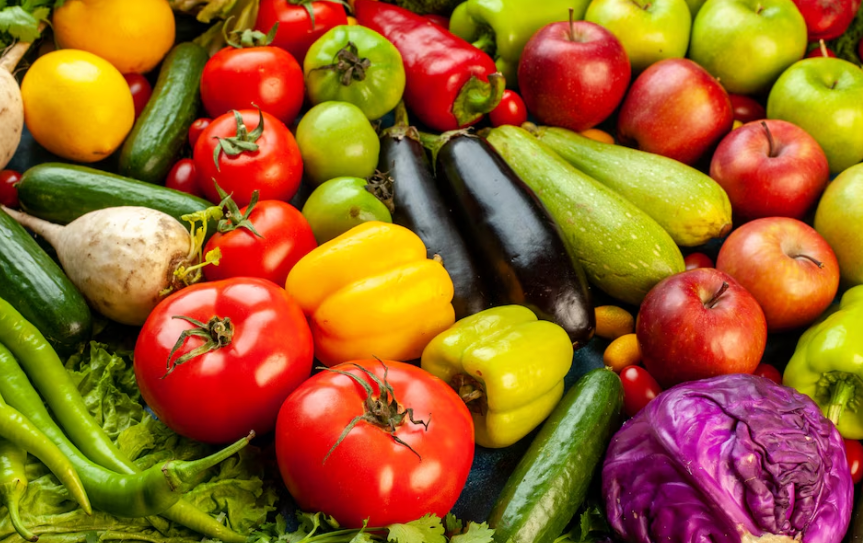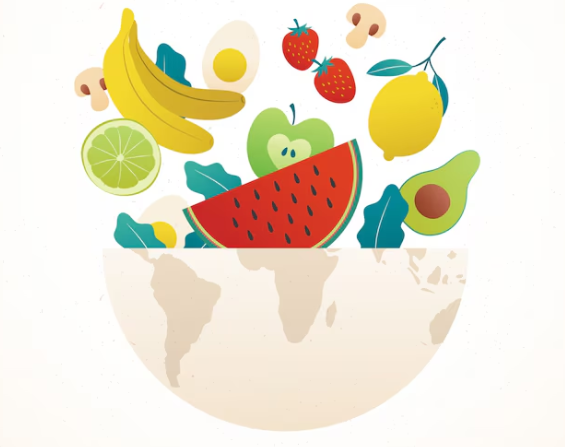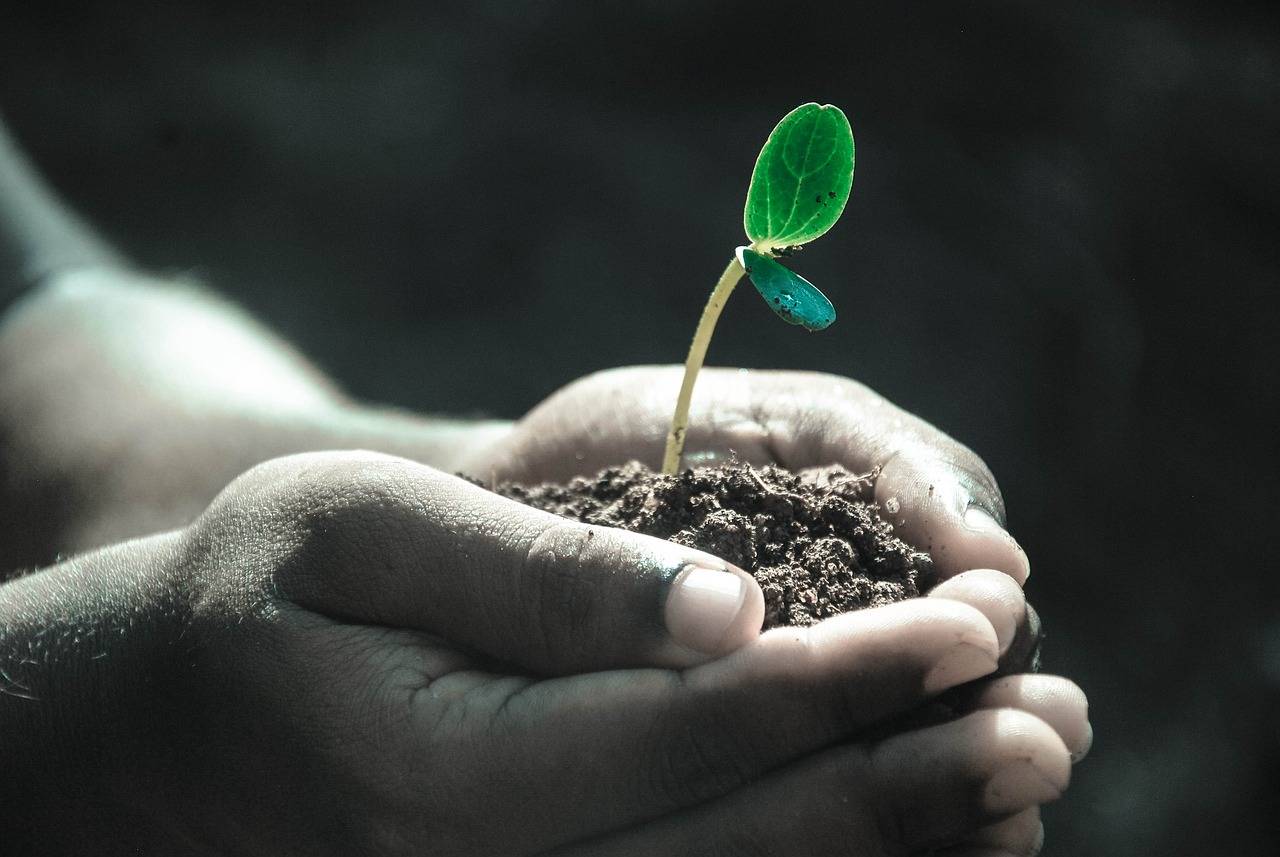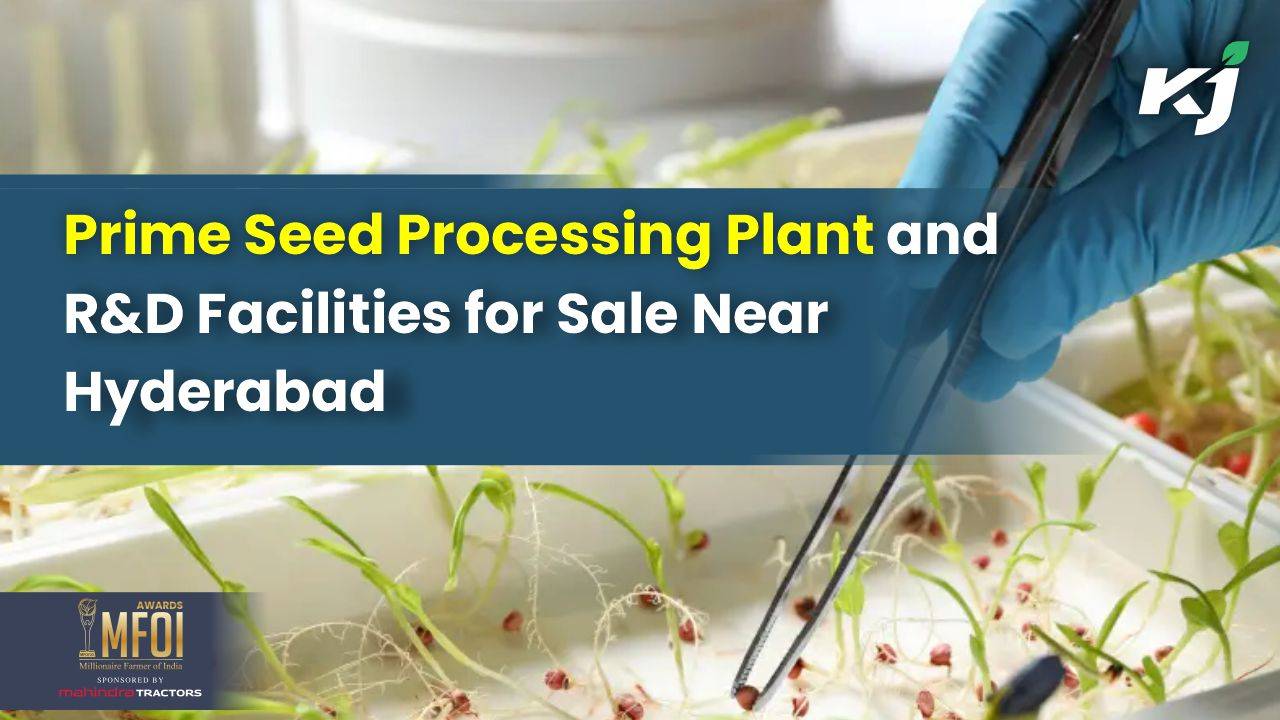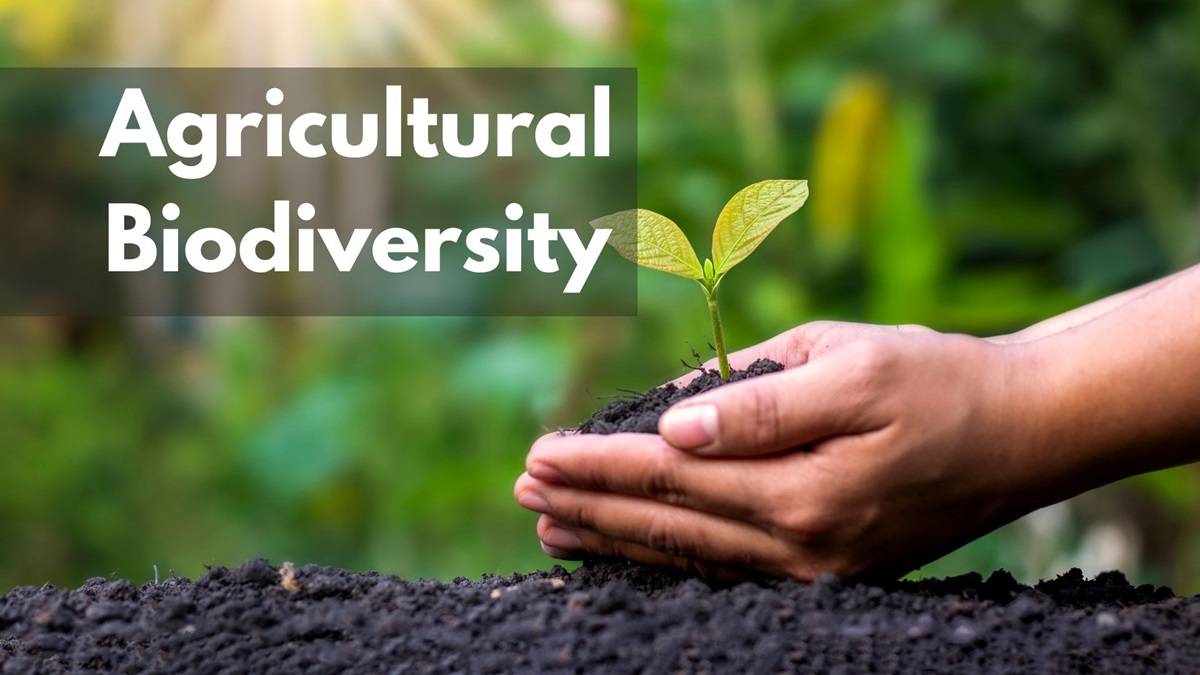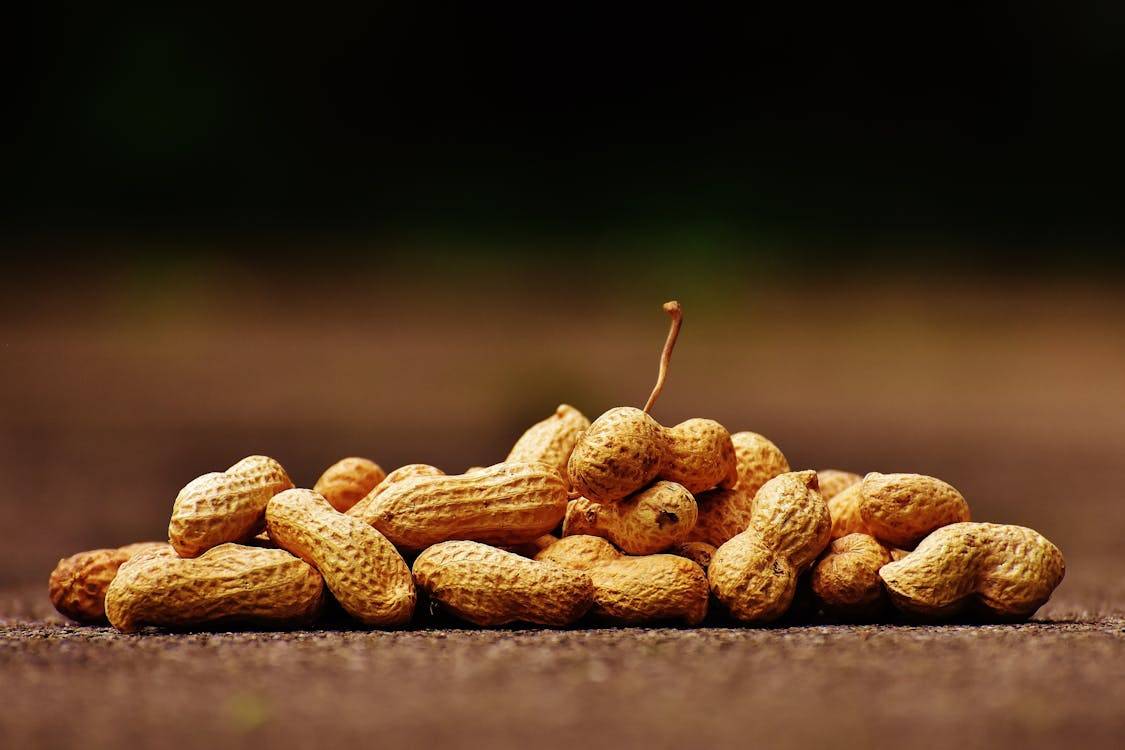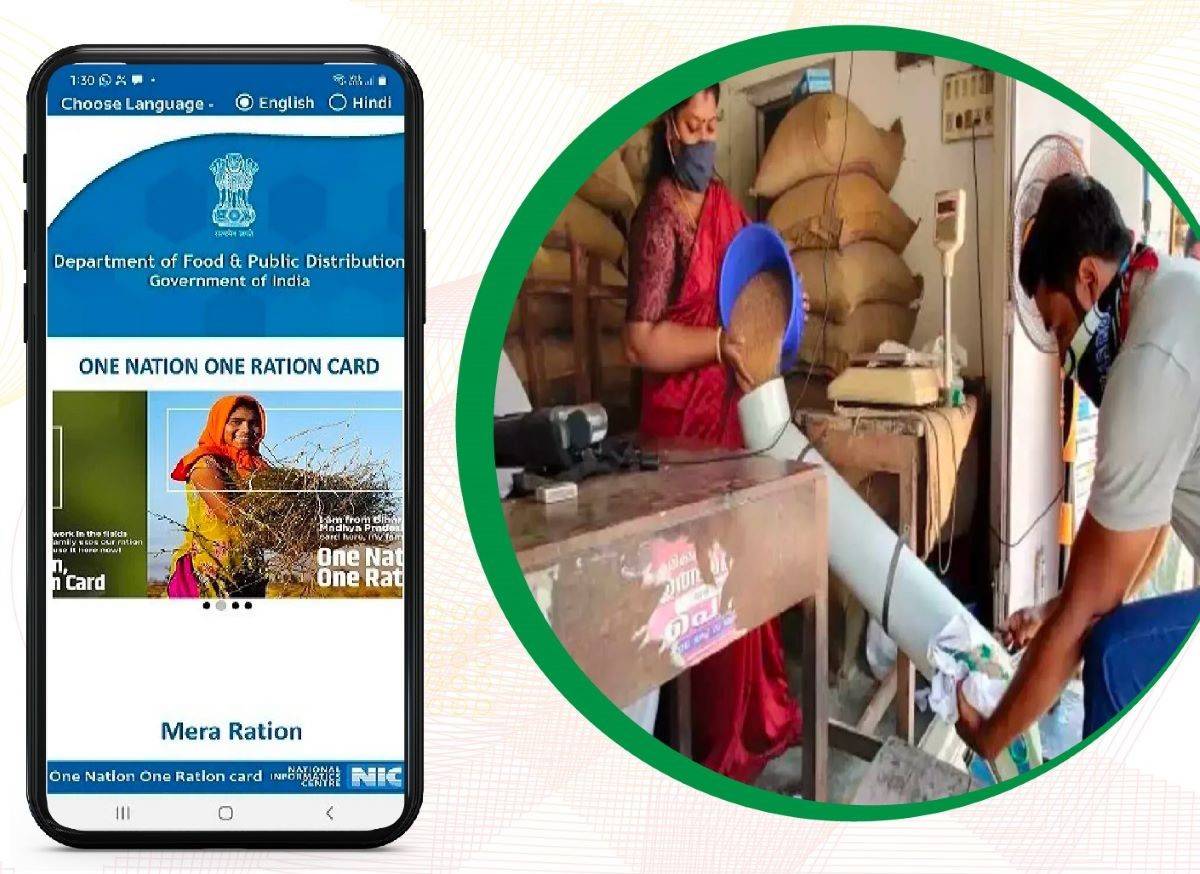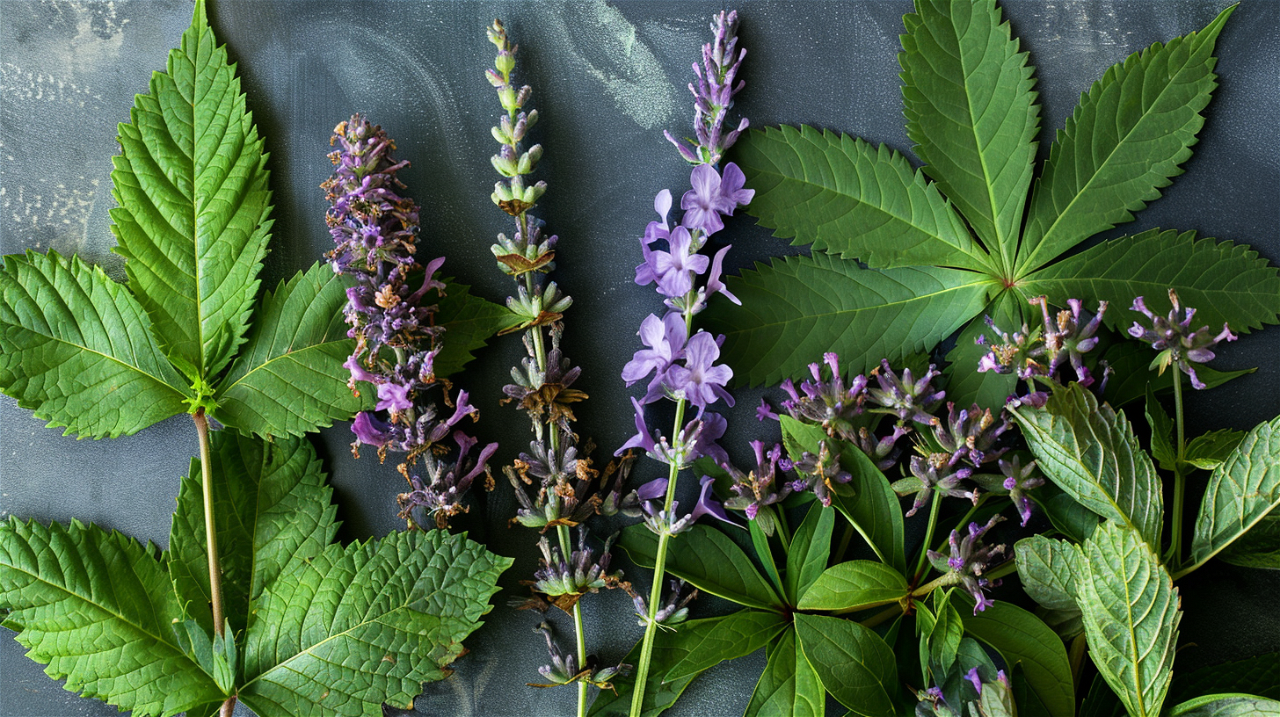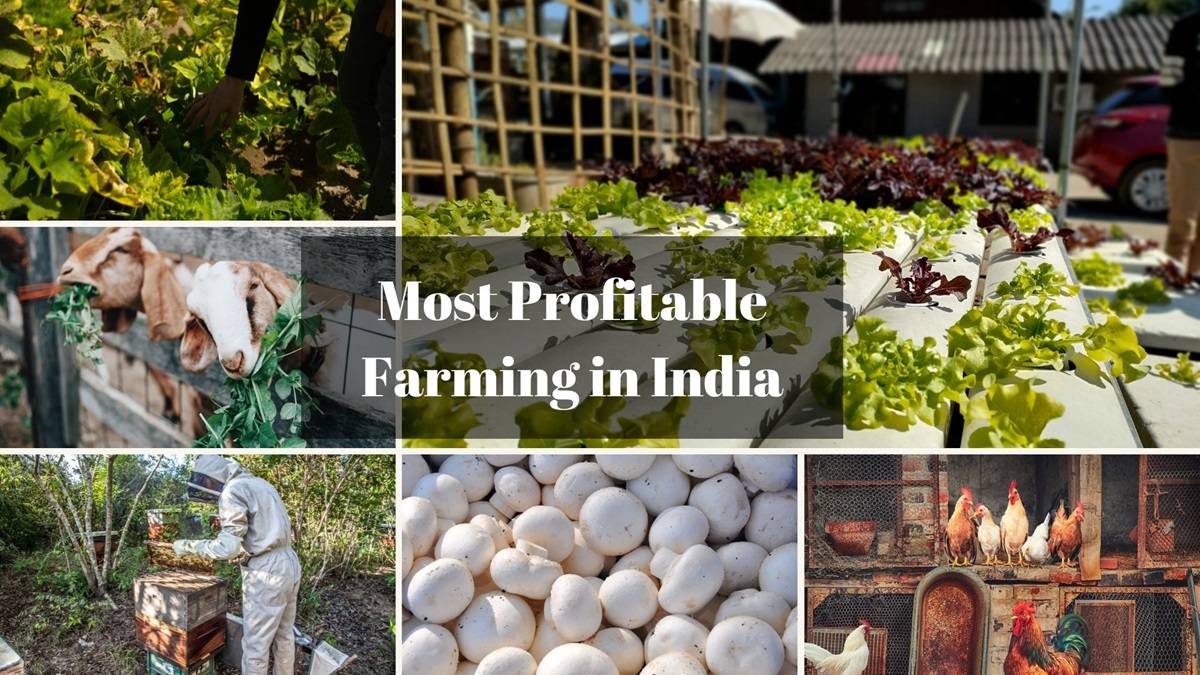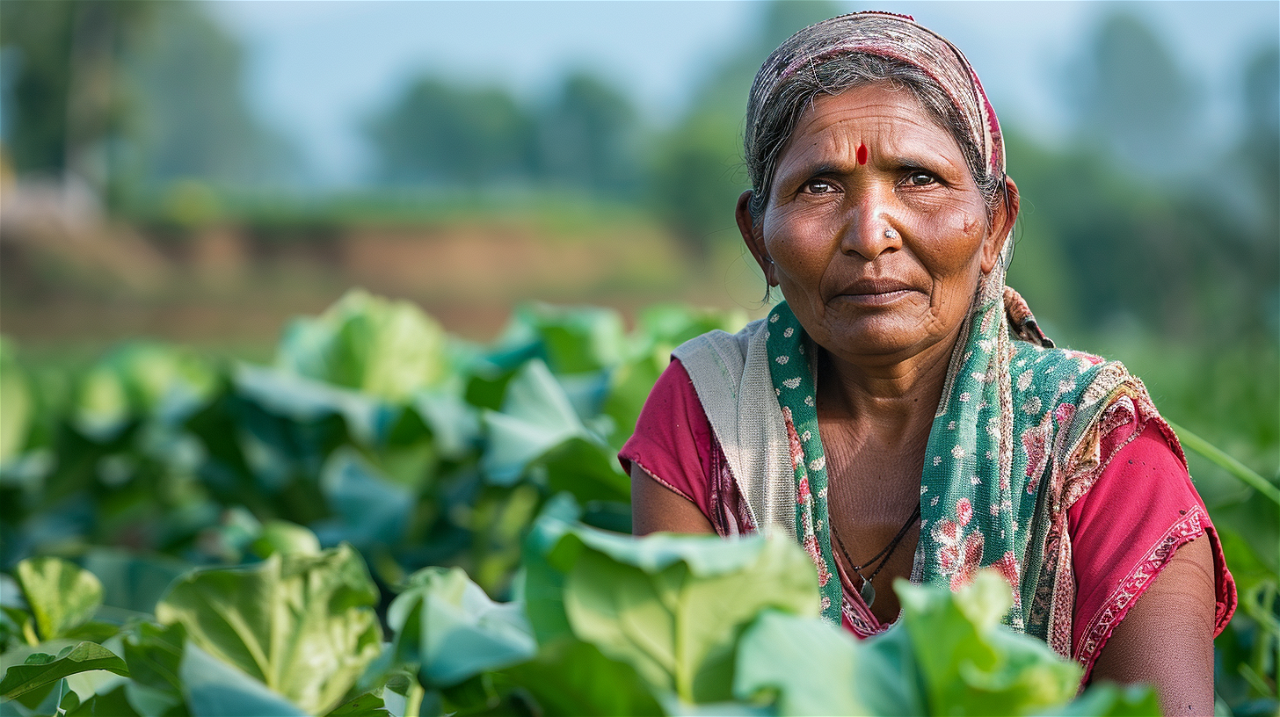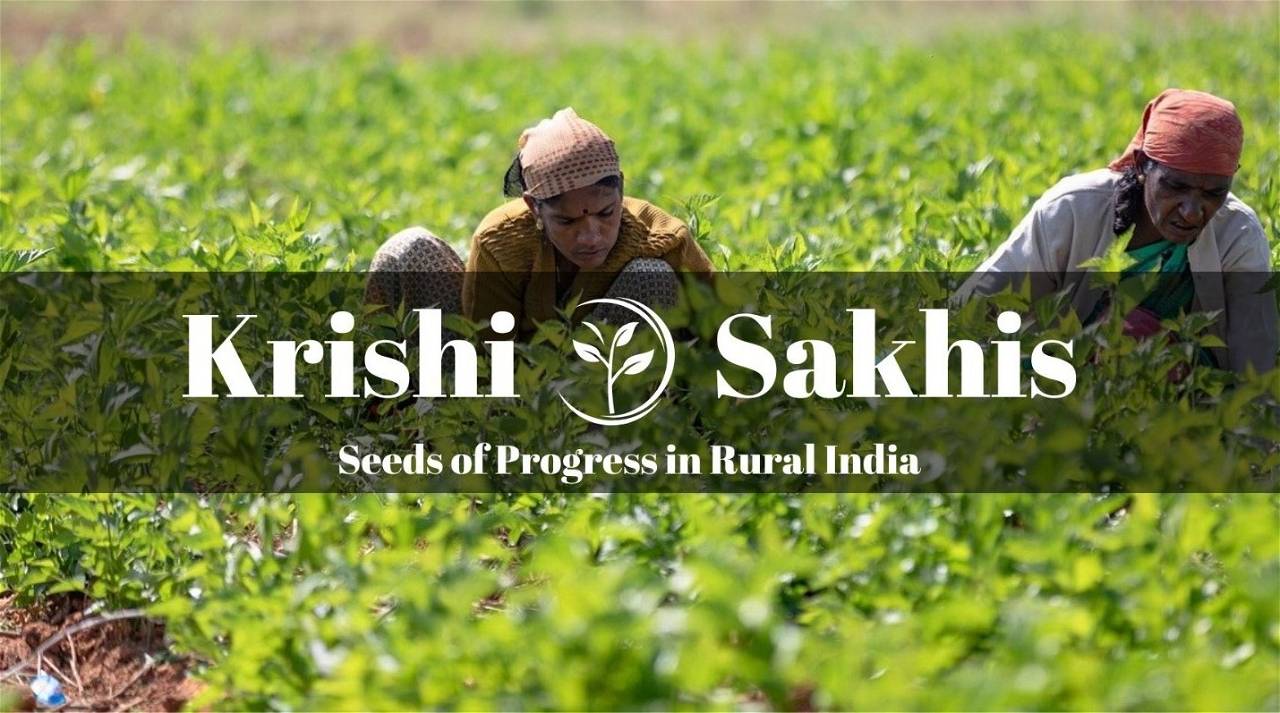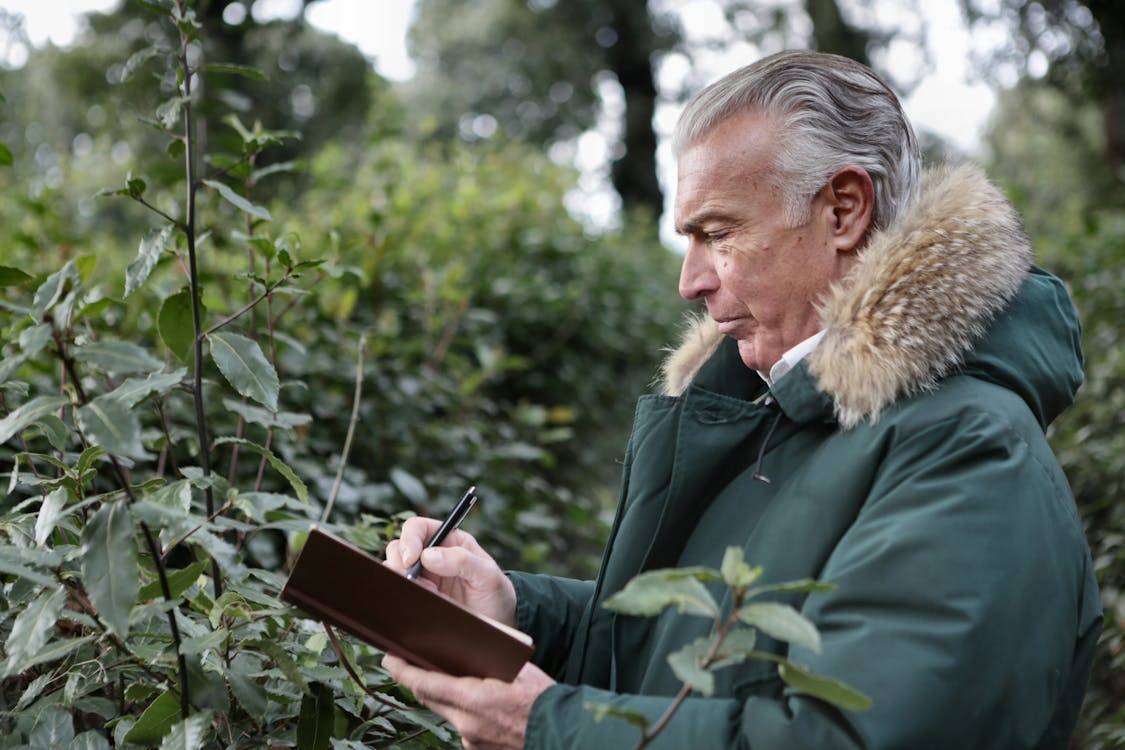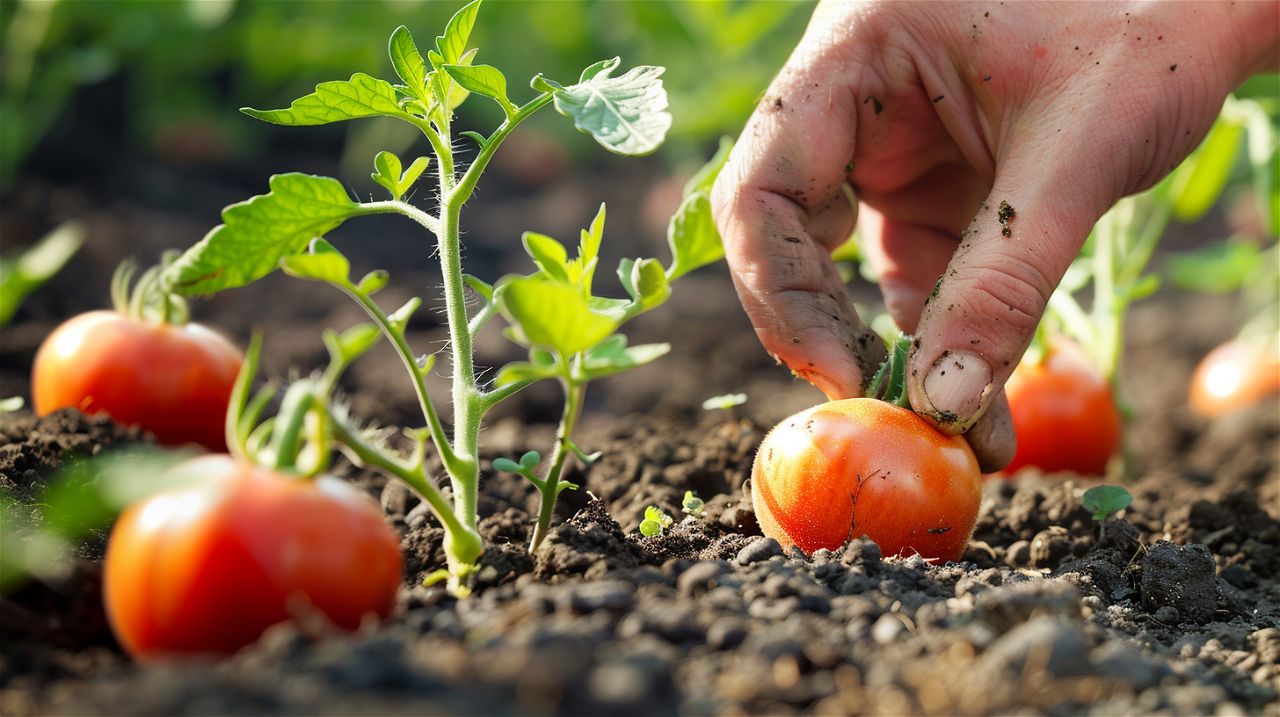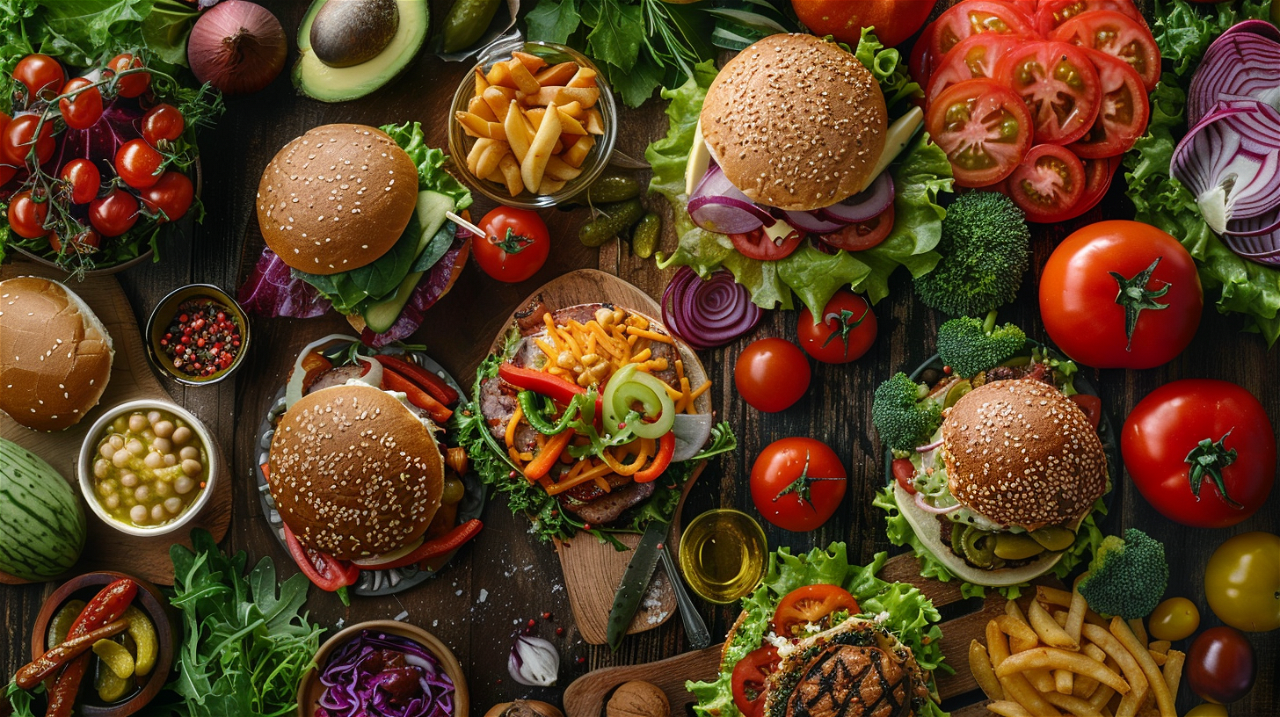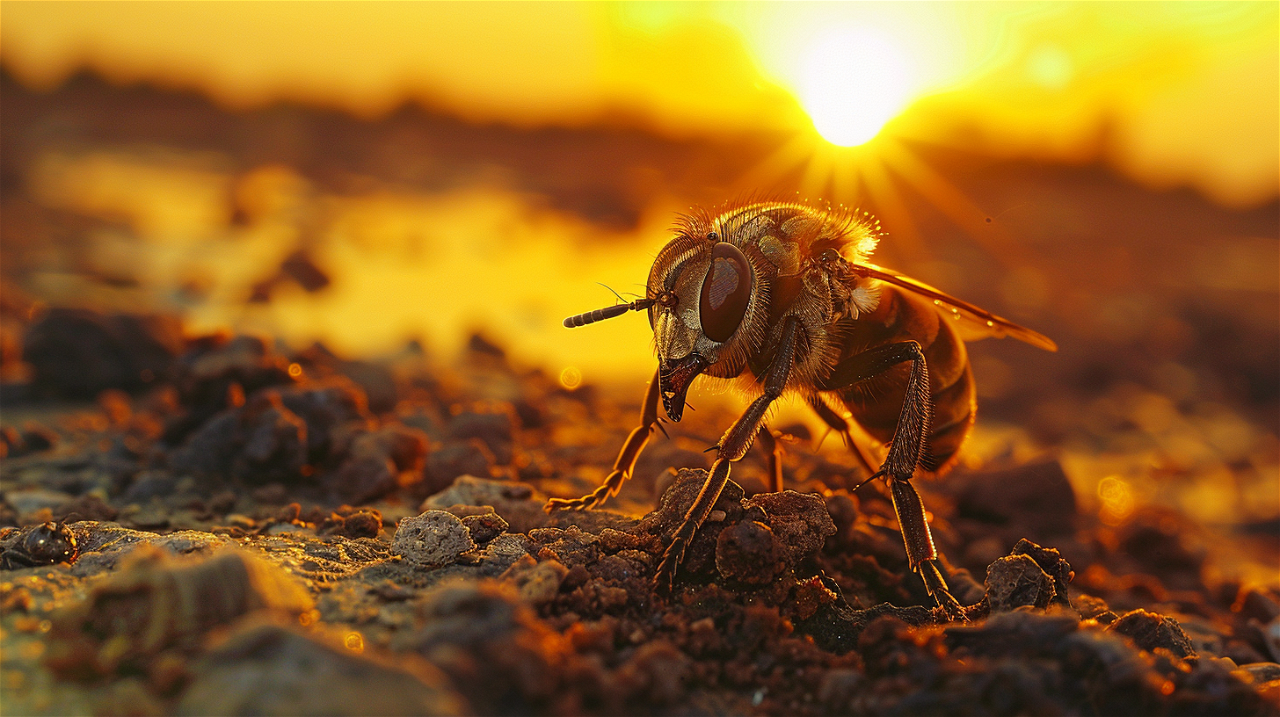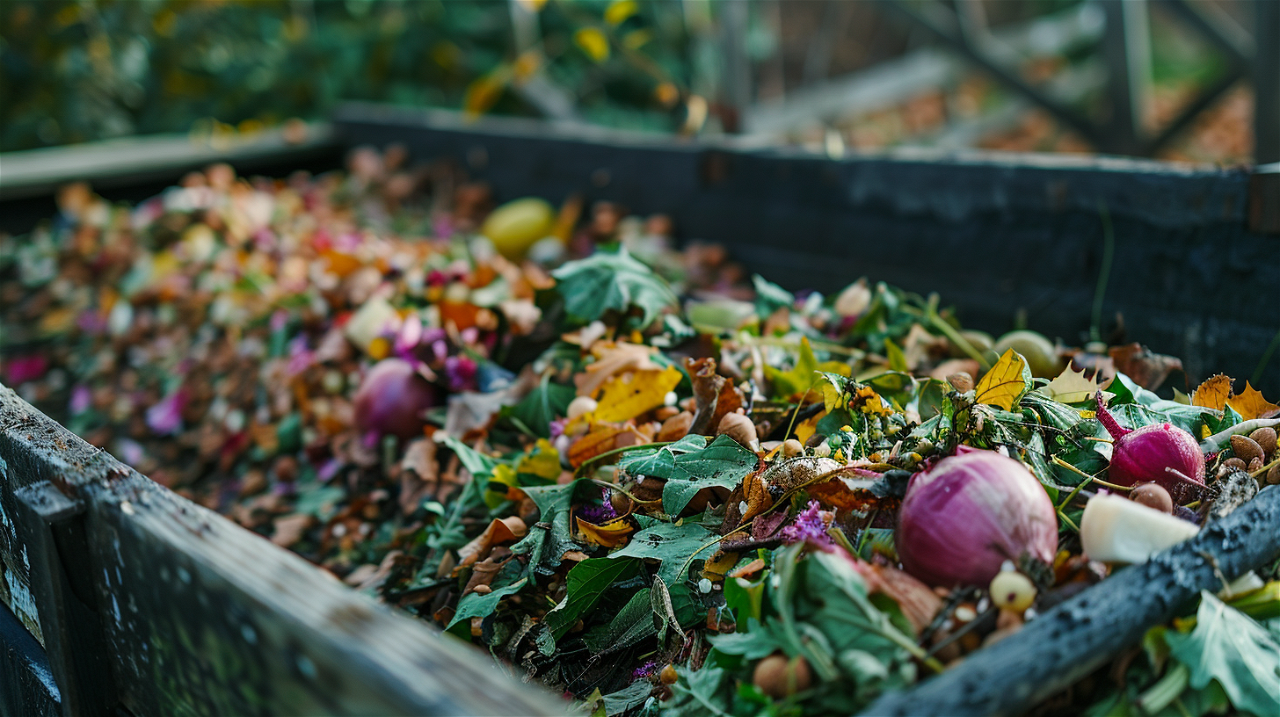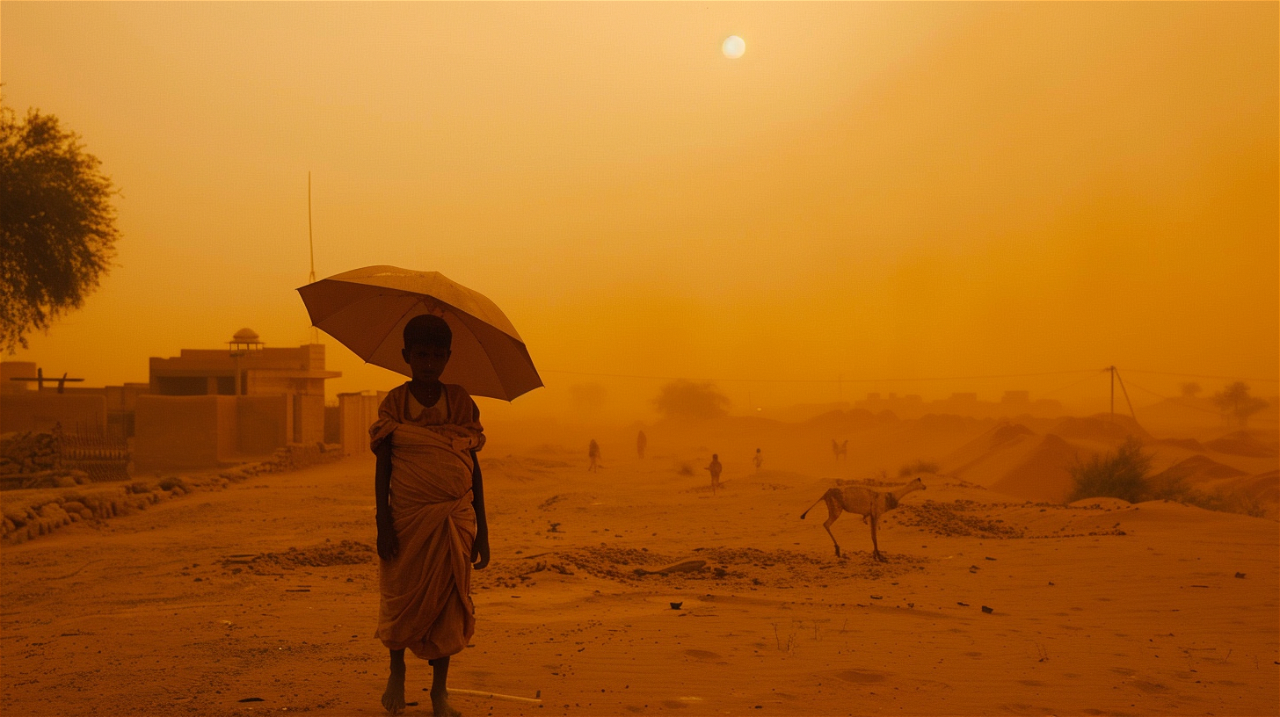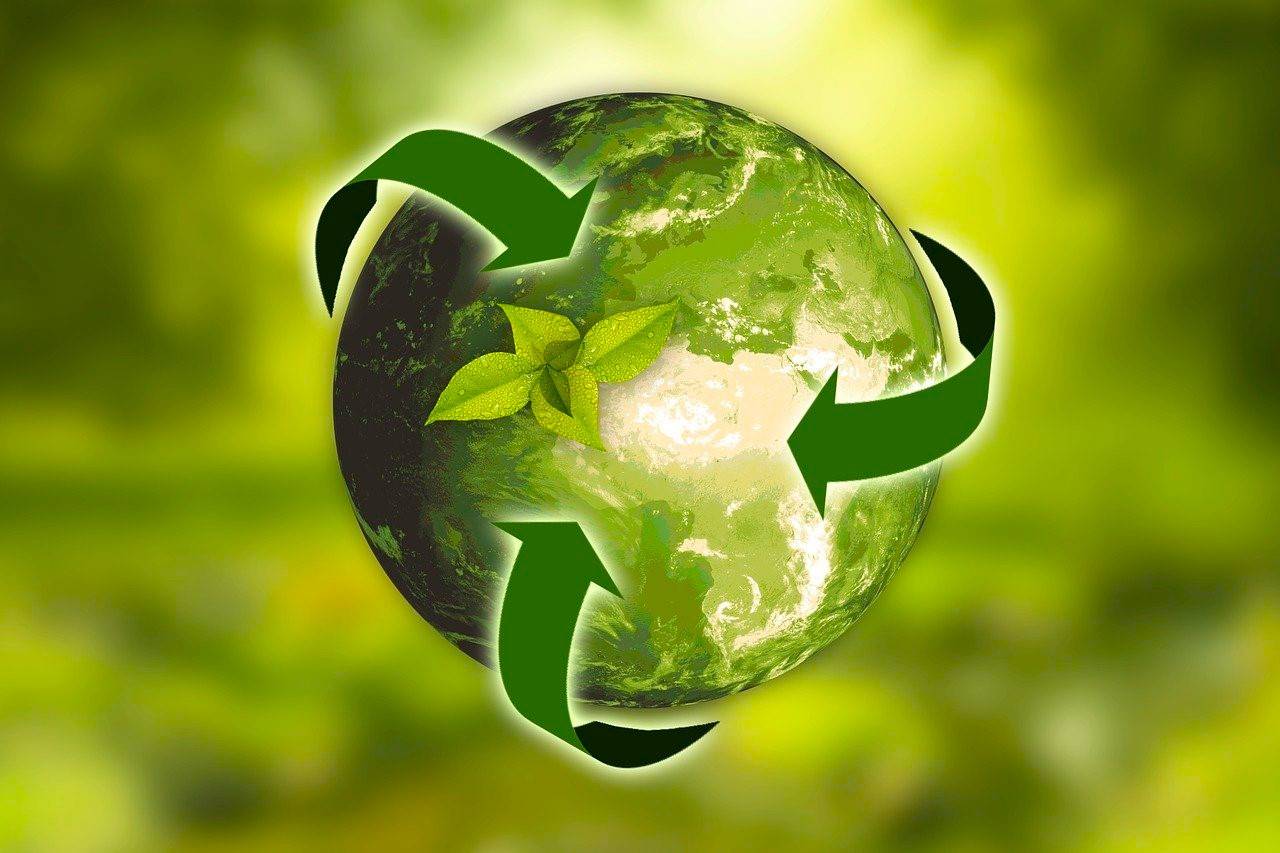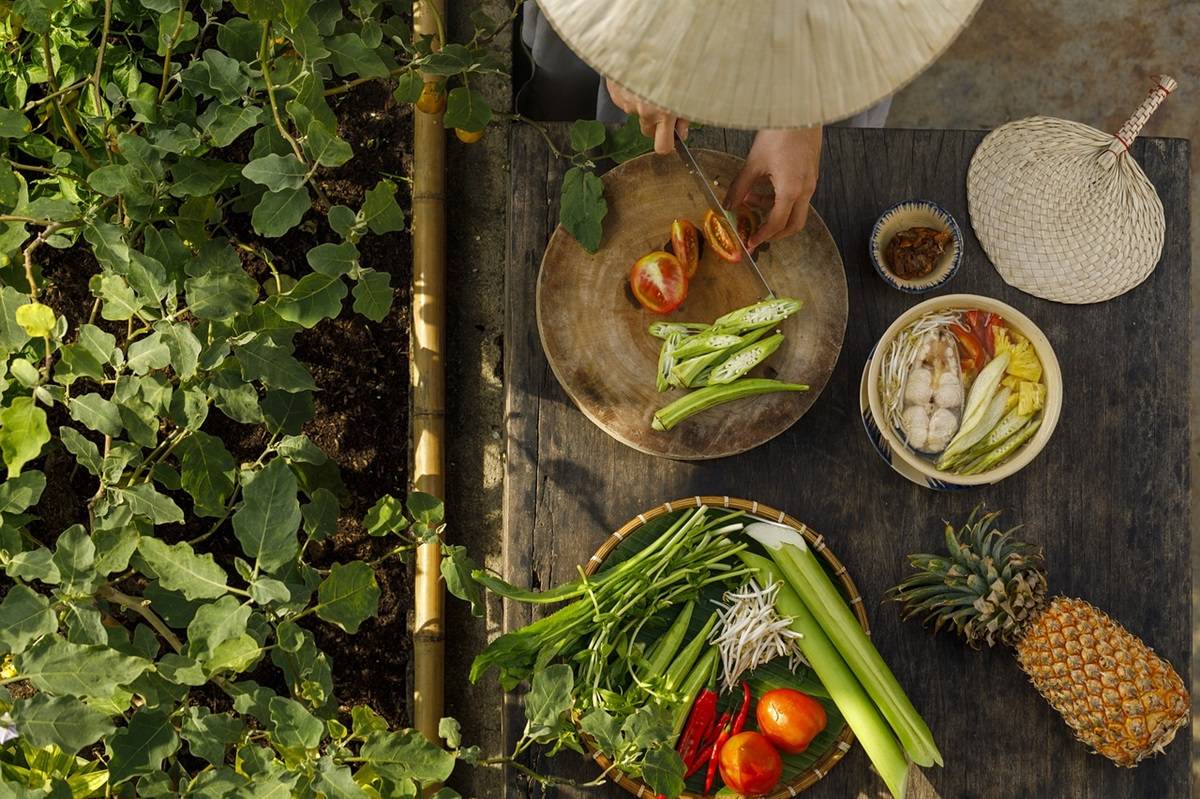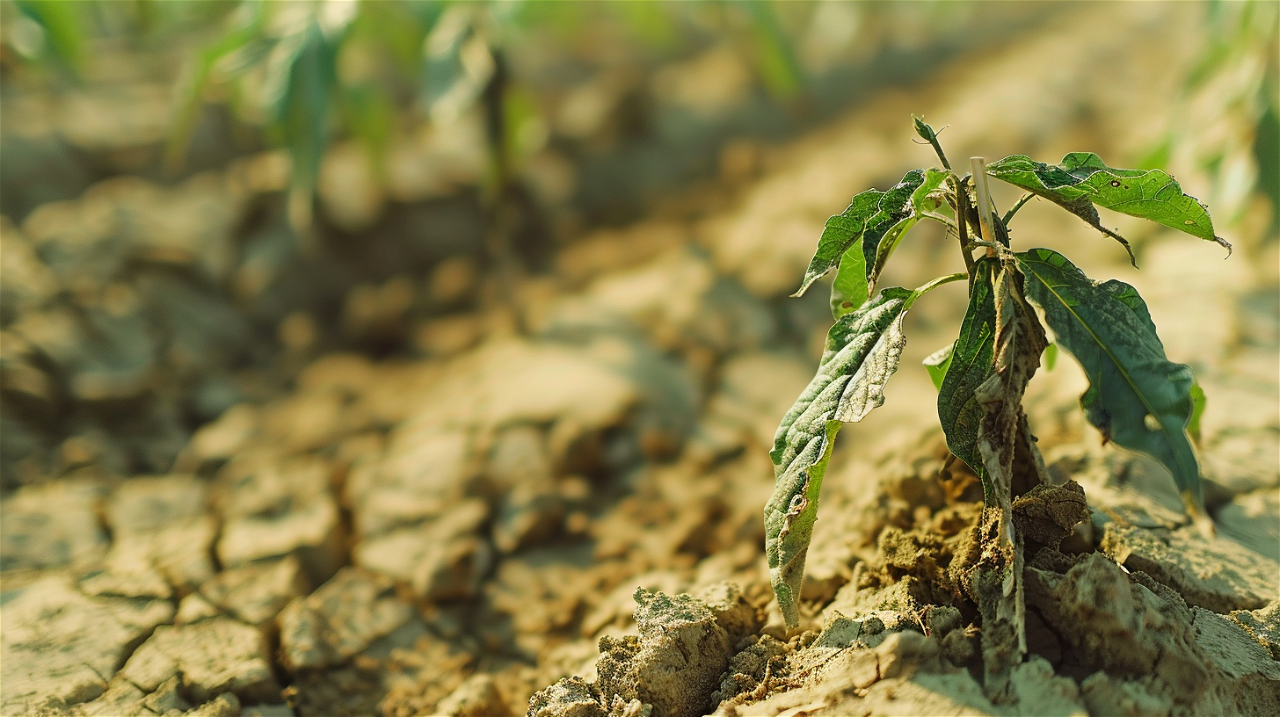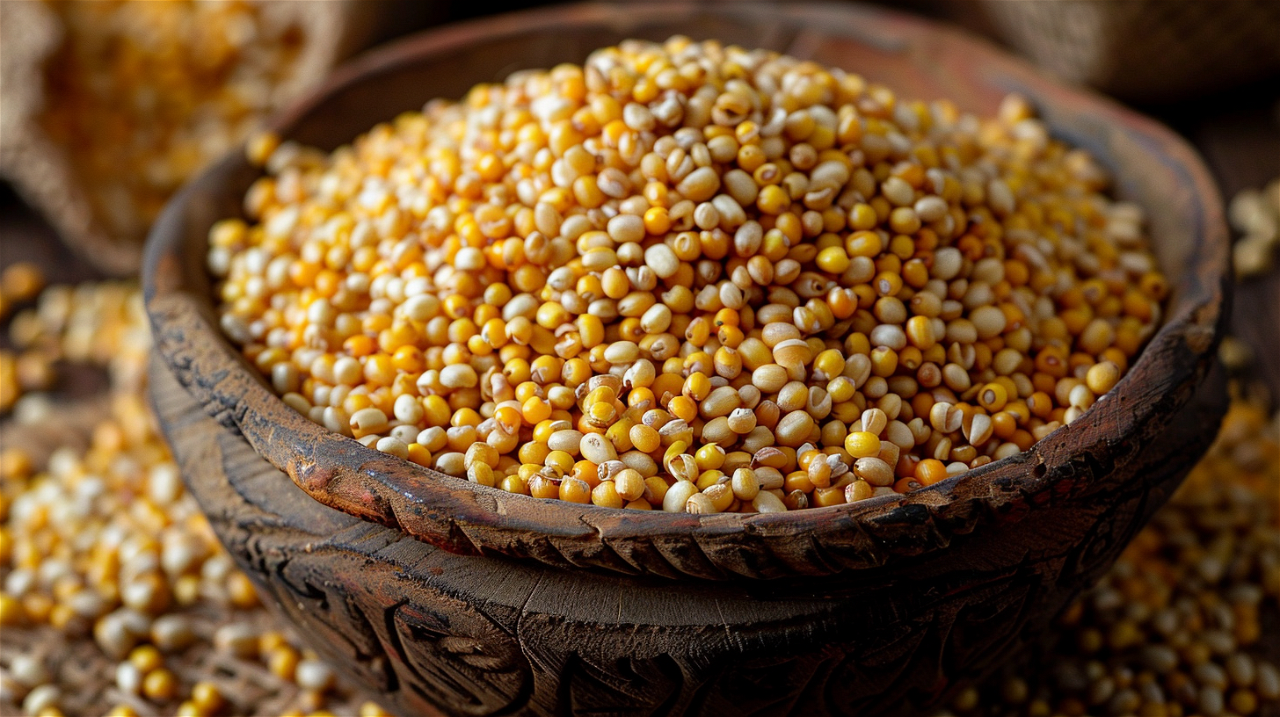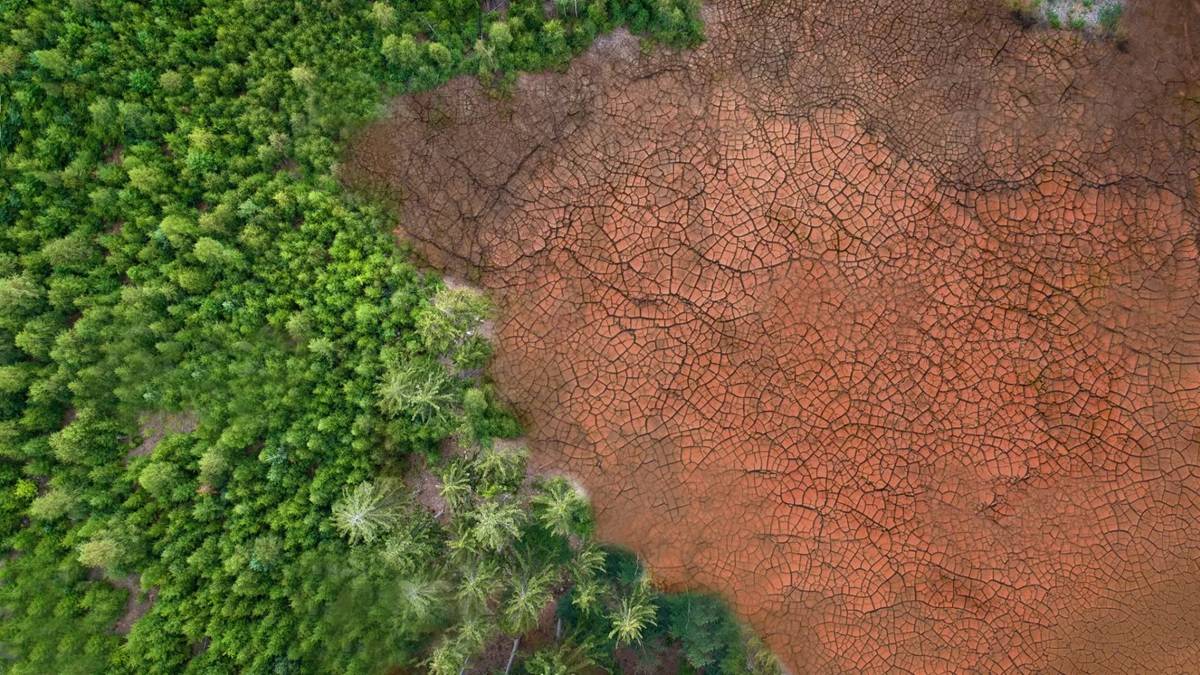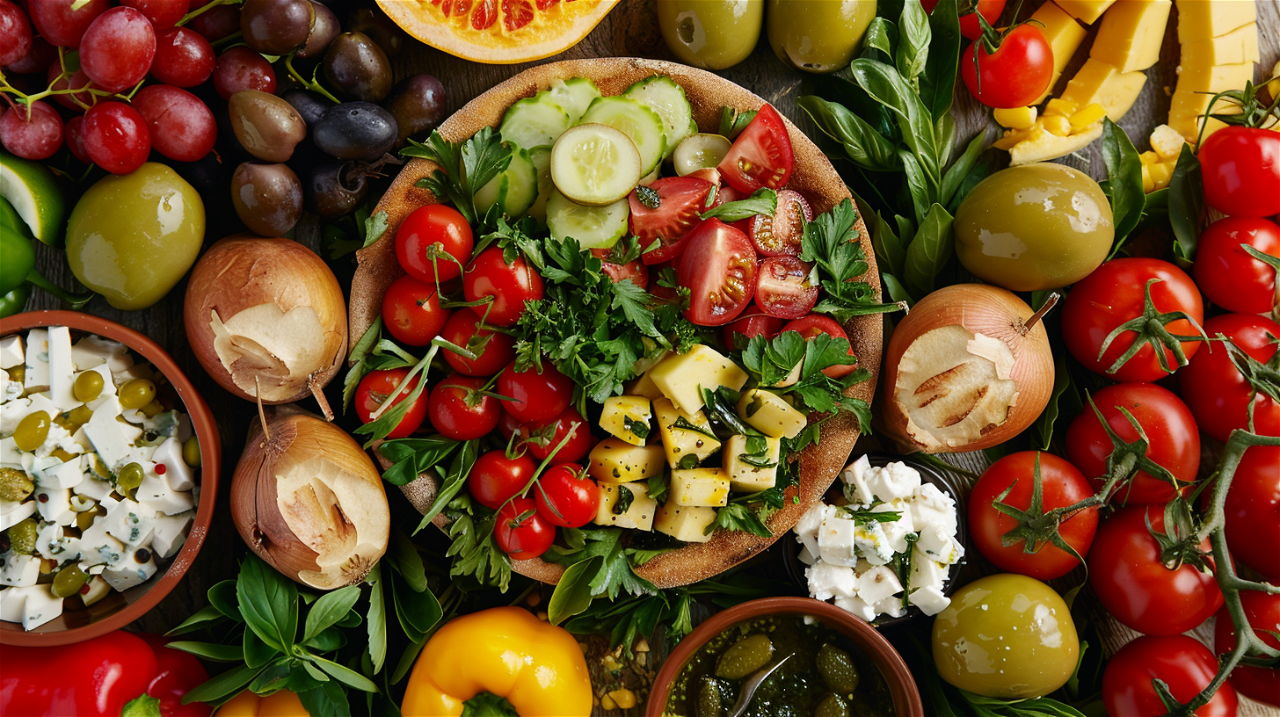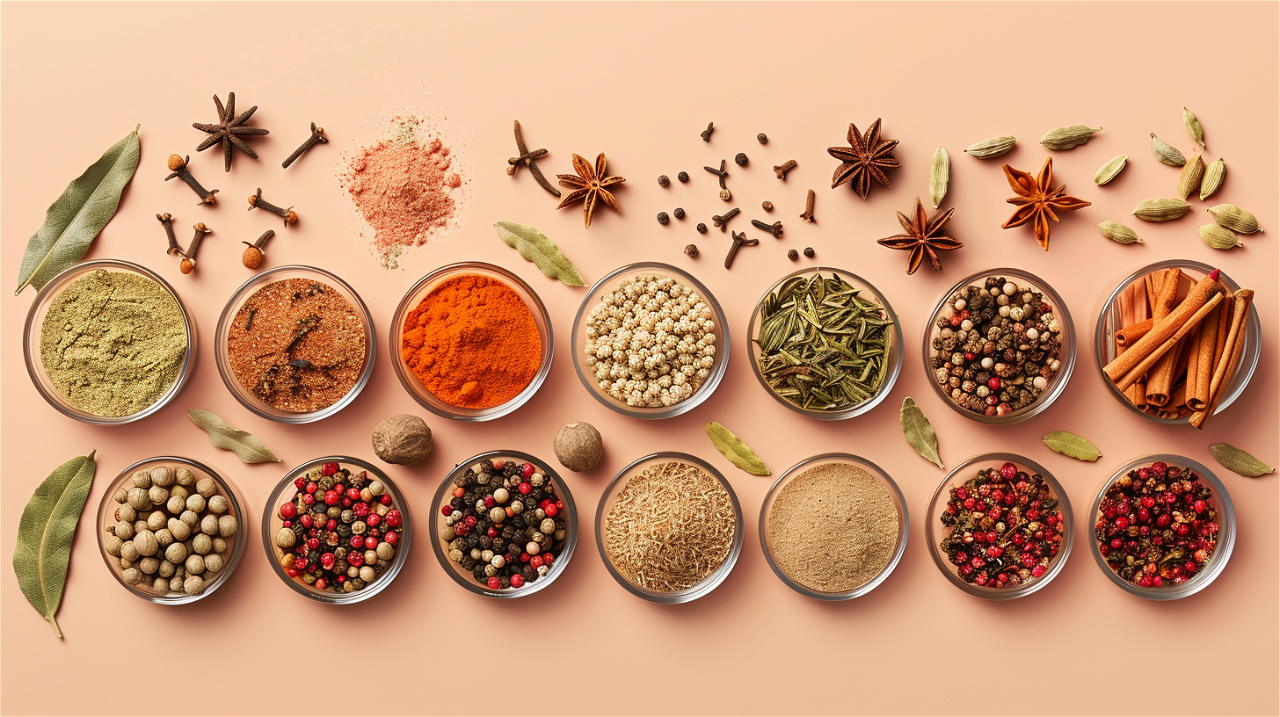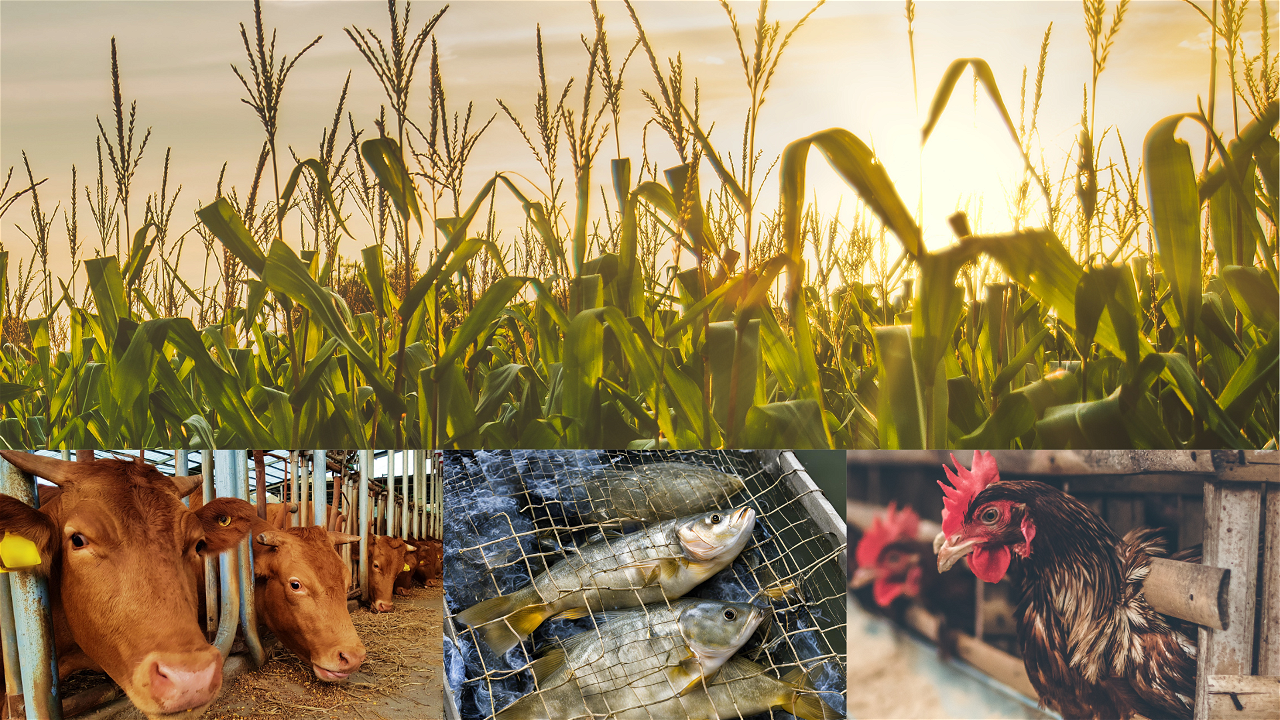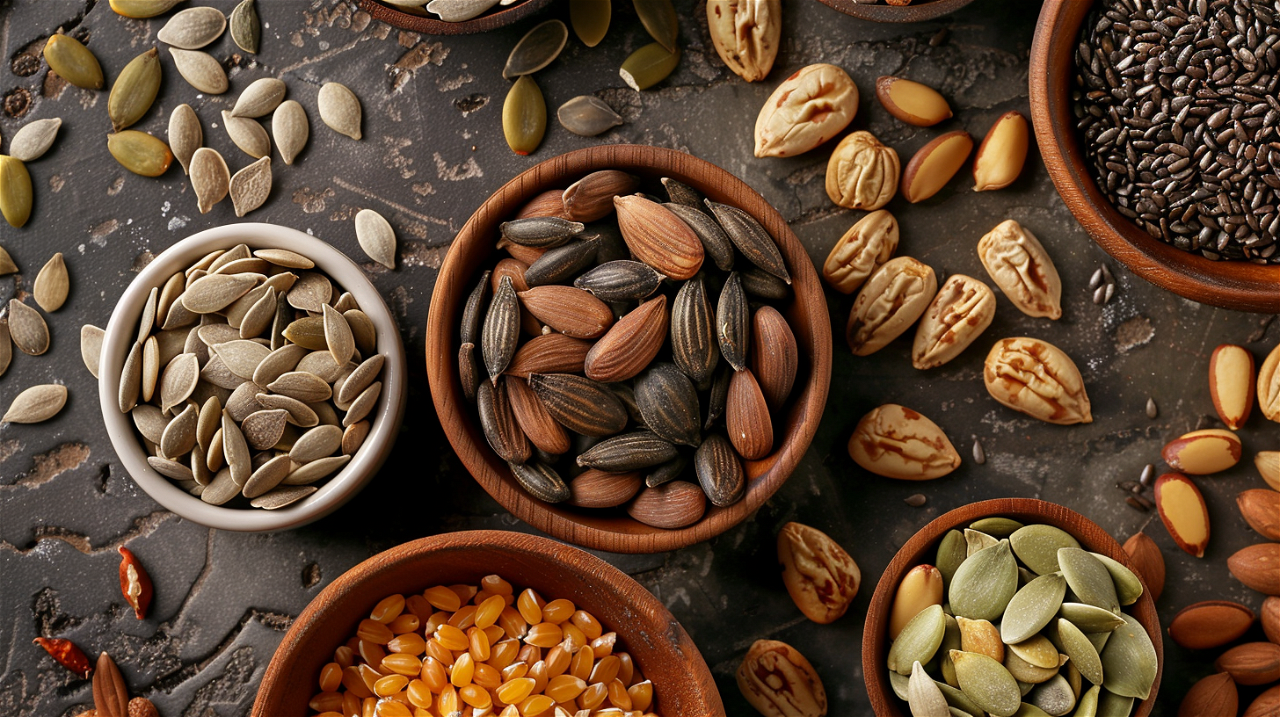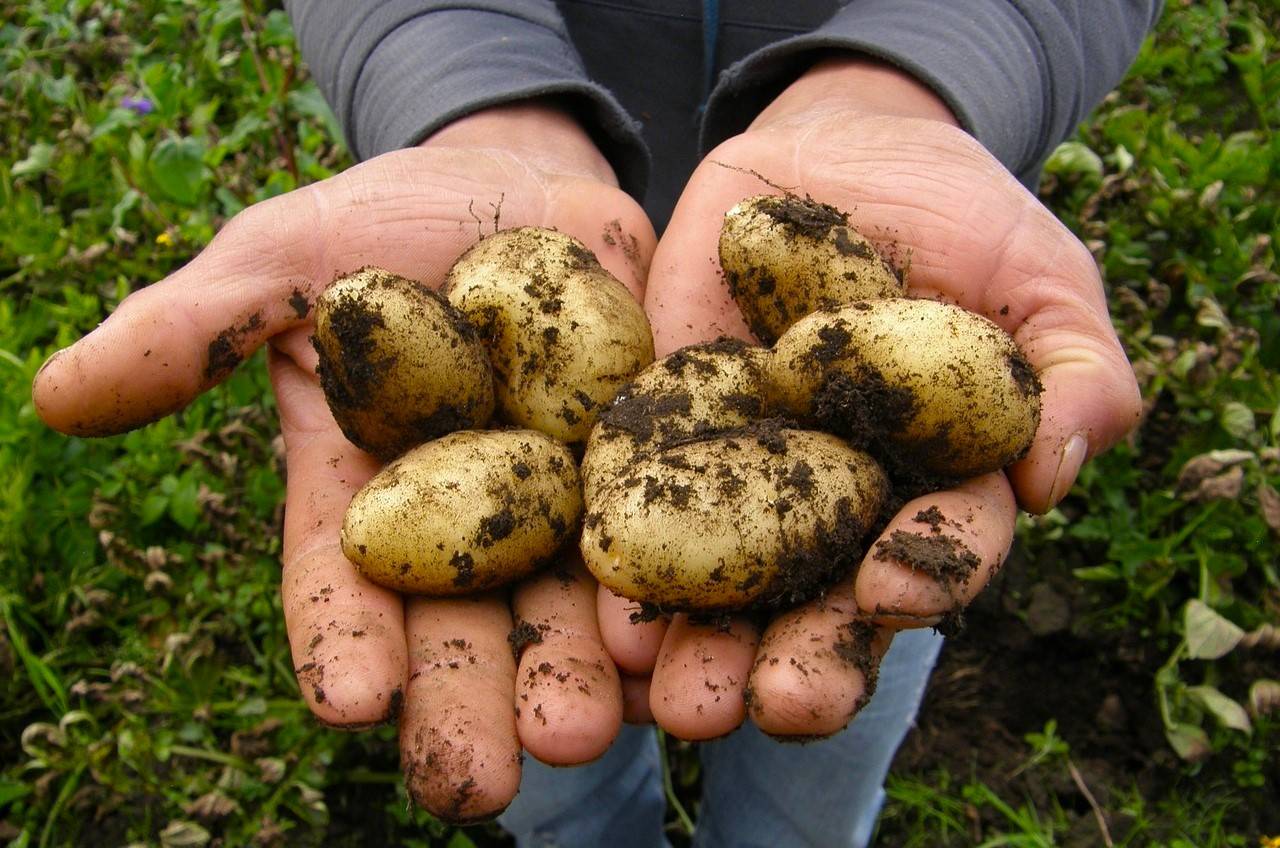
Indian Agriculture in Transition: From Policy Promises to Ground Realities on the Road to Viksit Bharat

India is entering a pivotal phase in its agricultural journey. Several long-standing structural challenges, from groundwater depletion to fragmented markets, are now intersecting with newer pressures: climate volatility, rising input costs, shifting dietary demand, and global trade pressures. Into this crucibsle comes the Viksit Krishi Sankalp Abhiyan (VKSA), a large-scale effort to integrate science, policy responsiveness and farmer voice into the agricultural policy landscape.
VKSA is promising in many respects, but it also highlights where gaps remain. What follows is a detailed report on its design, progress, impact, and what must change if VKSA is not to become another ‘campaign’ but rather a driver of sustained reform.
What is Viksit Krishi Sankalp Abhiyan (VKSA): Design, Scale, and Major Features
Launch and Objectives
- Launched 29 May 2025, VKSA is a 15-day campaign under the Ministry of Agriculture & Farmers Welfare and ICAR (Indian Council of Agricultural Research). It operates under the “Lab to Land” philosophy, bringing research outputs into practical field-level interventions.
- Objectives include: strengthening farmer engagement; promoting modern agricultural practices; enabling feedback from farmers to shape research & policy; increasing adoption of sustainable, climate-resilient agriculture; and boosting allied sectors (horticulture, fisheries, etc.).
Scale, Reach, Mechanism
- The campaign deployed ≈2,170 expert teams comprising agricultural scientists, extension officers, progressive farmers
- It targeted over 700 districts, more than 60,000 villages (or around 65,000 villages per some reports) across India.
- Farmer outreach: over 1.08 crore (≈10.8 million) to upwards of 1.5 crore farmers were involved.
- Activities include: Kisan Chaupals (farmer gatherings), field demonstrations (drone spraying, precision farming, polyhouses), open dialogue, identification of local challenges, demonstration plots. Feedback was collected to feed into future policy/research priorities.
Notable Components
- Natural farming push: targeted expansion of chemical-free farming to 7.5 lakh hectares in 2025, with about 18 lakh farmers expressing willingness to participate.
- Allied sectors: emphasis on Clean Plant Programs (for disease-free nurseries), fisheries (fish vaccine programmes), etc.
- Technology adoption: outreach around drone-based spraying, precision farming tools, seed variety demonstrations.
Governance / Feedback / Bottom-Up Elements
- VKSA is deliberately designed with feedback loops: farmer queries, challenges collected in chaupals are to inform future research/reforms.
- Emphasis on state-specific and crop-specific planning to account for local conditions.
Early Outcomes & What Looks Good
VKSA has already started delivering visible gains, in ways that suggest it is more than yet another awareness drive.
- Higher farmer awareness and demand for change
Farmers across many states report exposure to scientific innovations they had little access to before- better seeds, modern tools, natural farming options. The exposure effect itself seems to generate demand for these services. For instance, in states like Gujarat, large numbers of farmers have committed to natural farming.
- Bridging research-extension gap
Scientists have been on the ground, not only giving lectures but seeing actual farm plots, soil types, water availability, pest problems. This provides real time, “on the soil” feedback to research institutions. When research is responsive rather than top-down, adaptation tends to improve. VKSA’s “Lab-to-Land” model holds potential.
- Policy and planning traction
After VKSA’s formal conclusion (12 June 2025), the Ministry has already begun review meetings. Nodal officers have presented field findings. Plans are underway for “Crop Wars” (targeted drives) for key crops, more state- and crop-specific strategies, integrating biofortified crops, etc.
- Seen in remote, fragile zones
Even high-altitude villages (for example, Komic, Lahaul-Spiti) have been part of the campaign, pointing at an attempt at inclusivity. Place-specific challenges (altitude, soils, connectivity) have been recognized at least as part of VKSA rollout.
What Remains at Risk / Gaps & Challenges
However, VKSA also throws up several gaps- some expected in an initiative of this scale, others more structural and demanding of urgent policy correction. Unless these are addressed, much of VKSA’s promise may dissipate.
- Temporal limitations: awareness without sustained support
A 15-day campaign is intense but transient. Farmer exposure to new techniques or seeds is insufficient without follow-up: access to inputs, credit, extension support over seasons. There is risk that once VKSA ends, many farmers will revert to older practices due to cost constraints or lack of supply chains.
- Quality vs quantity trade-offs
With tens of thousands of teams and millions of farmers being reached, ensuring depth of engagement (soil tests, diagnostic advice, local adaptation) is hard. Some reports point to generic advice being given; variable quality of demonstrations or lack of consistent follow-through.
- Input supply chain and infrastructure gaps
Promoting natural farming, disease‐free seedlings, precision tools, new seed varieties is only useful if inputs are accessible locally. Many remote areas lack quality nurseries, cold storage, seed supply or access to financing for purchasing tools or adopting micro-irrigation.
- Alignment with local agro-ecologies and resource constraints
Farmers in certain zones (water stress, soils with low fertility, remote topographies) cannot adopt some promoted technologies easily. For example, drone-spraying may not be cost effective or feasible in fragmented holdings or terrain with access constraints. Also, water scarcity and soil health problems may require longer-term interventions (restoration, recharge) more than short-term adoption.
- Sustainability & environmental trade-offs
Push for productivity and yield remains strong. But less visible: soil degradation, overuse of inputs, threats to biodiversity. Natural farming promises more eco-friendly approaches but scaling it to large hectarage requires careful policy support (not just exhortation). Also, what quality of evaluation is in place to measure environmental impact and long-term soil health?
- From Feedback to Policy: Implementation Challenge
VKSA includes the collection of feedback from farmers. But converting that feedback into actionable, well-resourced policies is non-trivial. State governments will need both capacity and political will. Research institutions must reorient priorities (e.g. seed breeding, crop diversification) based on farmer problems, which may be slow.
- Monitoring and Data Integrity
Large campaigns risk over-reporting, or token compliance; there is need for rigorous monitoring (independent, transparent), data on impact (beyond outreach numbers): yield increases, income changes, reduction in input costs, environmental metrics.
- Equity concerns: smallholders, women, tribal/remote communities
Who is reached and who benefits matters. There seems to be promise in the remote areas, but the capacity of poor farmers, women farmers, resource-poor landholders to act on advice, given constraints of land, water, capital, must be explicitly addressed.
How VKSA Sits Within Broader Agriculture Trends & Policy Gaps
VKSA is not operating in isolation. Its launch and implementation interact with other programs, and many existing gaps in Indian agriculture are under-served. Below are how VKSA aligns with, and where India still lacks coherence.
|
Domain |
Existing Challenge |
What VKSA Helps With |
What VKSA Cannot Fully Address Yet |
|
Soil and nutrient management |
Imbalanced fertilizer use; low soil fertility in many states |
Promotion of soil-based advisory, disease-free plants, natural farming helps awareness |
Need for subsidised balanced fertilizers, soil testing infrastructure, regulation of input quality; long-term soil health requires multi-season investment |
|
Water use / Groundwater depletion |
Over extraction; low water use efficiency; climate variability |
VKSA promotes micro-irrigation and efficient practices; in some places encourages water-sensitive cropping choices |
Groundwater regulation, recharge, basin planning, infrastructure for storage, support for drought/heat resilient cropping cycles need stronger policy linkages |
|
Market linkages, price realization |
Small farmers are price takers; post-harvest losses; poor cold chain |
VKSA includes some outreach on value addition, allied sectors, disease-free nurseries, centers of excellence for storage/processing in some states like Gujarat |
Does not yet seem to ensure that offtaker contracts, price discovery or infrastructure investments are built in to guarantee farmers get better margins; also equity issues among geographies |
|
Inclusion, equity |
Marginalised farmers, tribal/far away regions often left out; women’s participation is often informal |
VKSA efforts in remote high-altitude areas, coverage in many districts suggests reach; awareness may be raising aspirations; some states reporting participation from women farmers |
Ensuring women and landless/marginal farmers have access to credit, input subsidies, decision-making; and benefit not just in awareness but in income and assets |
|
Scientific research & policy alignment |
Research often disconnected from field realities; slow translation of ICAR outputs; weak feedback loops |
VKSA provides one large channel for “field feedback” and exposure of scientists to field constraints; “crop war” proposals etc suggest more targeted research planning |
Institutional inertia, budget cycles, limited capacity in state agricultural universities and extension services may constrain how rapidly research agendas shift; also resources to scale successful pilots are often lacking |
What VKSA Could Learn from its Weaknesses - Policy Prescriptions & Recommendations
For VKSA to truly serve as a lasting pillar in India’s agricultural governance, then the following must be systematised.
- Embed VKSA-style engagement as continuous, not campaign mode
Shift to a year-round model with multi-season presence of scientist–extension teams, including follow-ups after initial advice. Consider implementing a periodic (quarterly or seasonal) ‘Field Pulse’ exercise to revisit sites and monitor adoption, performance, and emerging constraints.
- Institutionalise feedback loops in research & funding
Create formal mechanisms in ICAR / state agricultural universities where farmer feedback collected during VKSA is reviewed and translated into research funding calls, breeding priorities, seed multiplication programmes. Ensure these changes are tracked, with public transparency.
- Ensure input and infrastructure access match awareness
Awareness without affordable, quality inputs (seeds, tools, fertilizers), access to micro irrigation, storage, etc., is half‐measure. Strengthen supply chains: nurseries, seed distribution, cold chain, local agro-dealers’ capacity; ensure subsidies/incentives reflect this.
- Focus on environmental sustainability alongside productivity
Incorporate soil health and water quality metrics into VKSA follow-ups; measure environmental impacts (soil organic carbon, biodiversity where relevant, input run-off, nitrates etc.). Build natural farming and chemical input reduction into subsidy/credit incentives.
- Better monitoring, data, and independent evaluation
Move beyond outreach counts: gather data on yield, income, cost of cultivation, input usage before and after, preferably with control (non-VKSA) sites. Engage third-party evaluators; make data open. Develop dashboards state-wise/district-wise.
- Target inclusion explicitly
Ensure that marginal, small, tribal, and women farmers are not just present but enabled: easier access to credit, learning in local languages, market linkages. Have special camps in tribal/hilly areas, with gendered extension approaches.
- Link VKSA learnings to larger policy levers
For example, subsidy reform (fertilizer, power), input regulation, land use policies, market reforms (mandi, contract farming), risk mitigation (insurance), trade policies. VKSA feedback should feed into the design and calibration of these policies.
- State-specific & Crop-specific Strategies (‘Crop Wars’)
As flagged in the VKSA review meeting, focused plans on pulses, oilseeds, soybean, cotton, sugarcane etc. are being considered. These must be tailored: what works in Punjab for cotton may not work in Bundelkhand for pulses. Use agro-ecology, water availability, soil types, risk profiles etc.
Broader Implications: Why VKSA Matters
Why should VKSA get attention among policymakers and industry leaders? Because it signals a possible shift in how agriculture is governed in India.
- It is one of the most ambitious attempts at large-scale, bottom-up engagement, blending science and policy with grassroots voices. If successful, it can help overcome one of India’s biggest agricultural bottlenecks: the research-extension gap.
- It aligns with several urgent imperatives: climate resilience, sustainable farming, food quality, farmer incomes.
- It can also reshape accountability: when farmers are heard, and when their concerns are documented and addressed, decision makers are more likely to see agricultural policies as genuine commitments to the community rather than just instruments for political gain.
- For the industry/private sector, VKSA opens windows: better seed demand, precision tools, natural farming inputs, climate resilient technologies may find stronger markets if demand is cultivated.
- Internationally, it positions India to compete not just on volume but on quality, sustainability. As consumers globally demand more sustainably produced food, India must assure environmental credentials.
Specific Findings from VKSA That Policymakers Should Note
Here are some concrete field-insights emerging from the VKSA that might be under-appreciated yet deserve policy attention.
- In Mizoram (North East), heavy rains disrupted earlier campaign schedules; but extension resumed; interestingly, a large fraction of participants were women (~8,200 out of ~19k). That suggests inclusion is possible even in remote states, but implementation must be flexible to local conditions.
- In Uttar Pradesh (Lucknow etc.), over 20 lakh progressive farmers engaged across >10,000 locations. The campaign showed that many farmers are ready to diversify cropping (mustard + sugarcane etc) when given market signals, suggestions of pruning pests, managing inputs. But uptake may be hindered by weak seed availability, poor input quality.
- In Varanasi region, IIVR scientists found common issues like seed quality, unpredictable rainfall, soil health, wildlife (nilgai) damage. These are not new, but VKSA gives renewed emphasis: technologies, schemes, subsidy support must be better targeted to these micro-constraints.
Beyond the Headlines: What Often Gets Missed
Coverage of initiatives like the Viksit Krishi Sankalp Abhiyan tends to emphasize scale - the number of farmers reached or districts covered - but less on whether advice is actionable, whether inputs are available, or if constraints are addressed. Follow-up on outcomes such as yield, income, or soil health is rare, while perspectives from women farmers, tribal communities, and remote regions often remain unheard.
Promises of ‘feedback’ or ‘new schemes’ are noted, but links to budgets, procurement reforms, or long-term sustainability receive little scrutiny. The real challenge lies in tracking not just announcements, but actual delivery and impact.
Policy Imperatives: What Decision-Makers Must Do Now
Drawing from VKSA and the broader sector realities (from earlier in this article), here are priority actions for ministers, bureaucrats, research leadership, and industry:
- Make VKSA permanent or periodic—not just episodic
Institutionalise field scientist teams with budgeted mandates for each season; ensure extension officers remain engaged between campaigns.
- Allocate funds and policy instruments for constraint removal
For example: subsidies or cost-sharing for inputs needed (e.g. natural farming inputs, disease-free seedlings), support for seed supply chain, seed certification; improving local infrastructure (cold storage, nurseries, micro-irrigation).
- Revamp research priority setting
Use VKSA feedback data to revise ICAR / State Agricultural University research themes: pest pressures, input efficacy, climate-harsh zones, remote geographies. Prioritize breed improvements for locally relevant traits (drought, salinity, altitude) rather than only generic high yield.
- Performance metrics must include income, environment, inclusivity
Beyond yield or area under cultivation, measure cost savings, net income changes, reductions in input misuse, water saving, women’s participation.
- Strengthen extension systems, KVKs, local governance
Krishi Vigyan Kendras must be well-staffed, funded, and linked to both research and local departments. Extension workers need training in participatory methods, digital tools, soil/water diagnostics. State governments must partner actively.
- Ensure policy coherence
Align VKSA-derived insights with other schemes: PM Kisan, crop insurance, input subsidy reforms, market reforms. Example: if VKSA shows pest incidence, state pesticide control, certification and subsidy policies should respond. If natural farming uptake is high, patterns of subsidy (fertilizer subsidies) may need recalibration.
- Budget, regulation, and institutional oversight
Regular audits or evaluations by independent agencies; transparency in input quality regulation (fertilizers, pesticides); monitoring environmental impacts (soil, groundwater).
- Inclusion accountability
Mandate metrics for inclusion of marginalized groups; ensure campaign materials are in local languages; women farmers are given leadership roles in local farmer groups or knowledge dissemination.
VKSA as a Catalyst, Not a Flash
Viksit Krishi Sankalp Abhiyan is among the most ambitious recent attempts to re-orient Indian agriculture’s trajectory: to make it more scientific, responsive, inclusive and sustainable. As a campaign, it has many strengths: scale, visibility, ambitious natural farming targets, engagement of science with farmers, political commitment.
Yet its long-run impact will depend on closing the many gaps: matching inputs, tackling environmental constraints, improving inclusion, converting feedback into policy, building persistent extension systems, and ensuring that farmers truly gain in income, not just knowledge.
For policymakers, bureaucrats, and agricultural leaders: VKSA should not be viewed as an end in itself, but as a lens through which many of Indian agriculture’s silent problems become visible- and an opportunity to craft reforms that endure. The decent statistics of reach must give way to transformative ones: rising farmer incomes, healthier soils and water, more equitable access, resilient and diversified cropping, trusted and efficient markets.
If India is able to build on the foundation laid by VKSA, strengthen the connections between science, policy, and farmers, and invest in sustainability and inclusion, then the vision of a ‘Viksit Bharat’ rooted in ‘Viksit Krishi’ could move closer to reality.
Related News

Teej Festival 2025: Celebrating Divine Love, Womanhood, and Sacred Traditions Across India and Nepal




















































































































